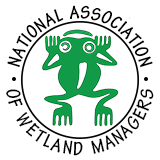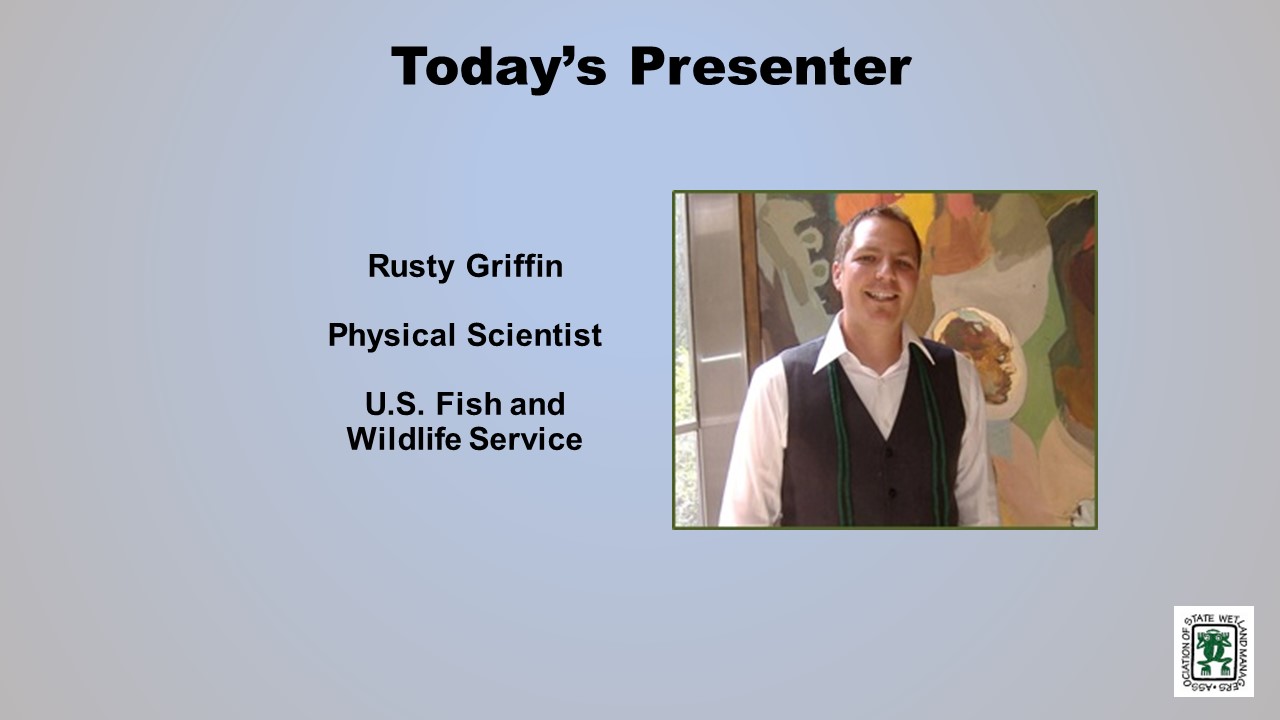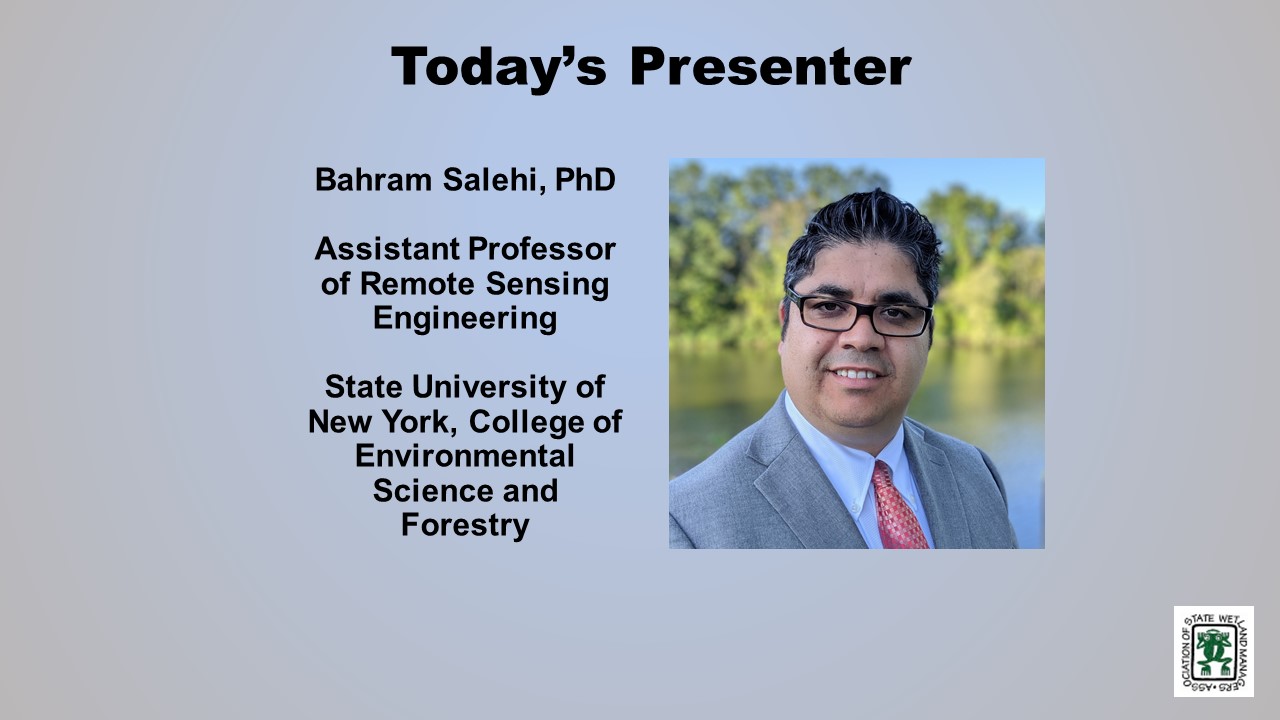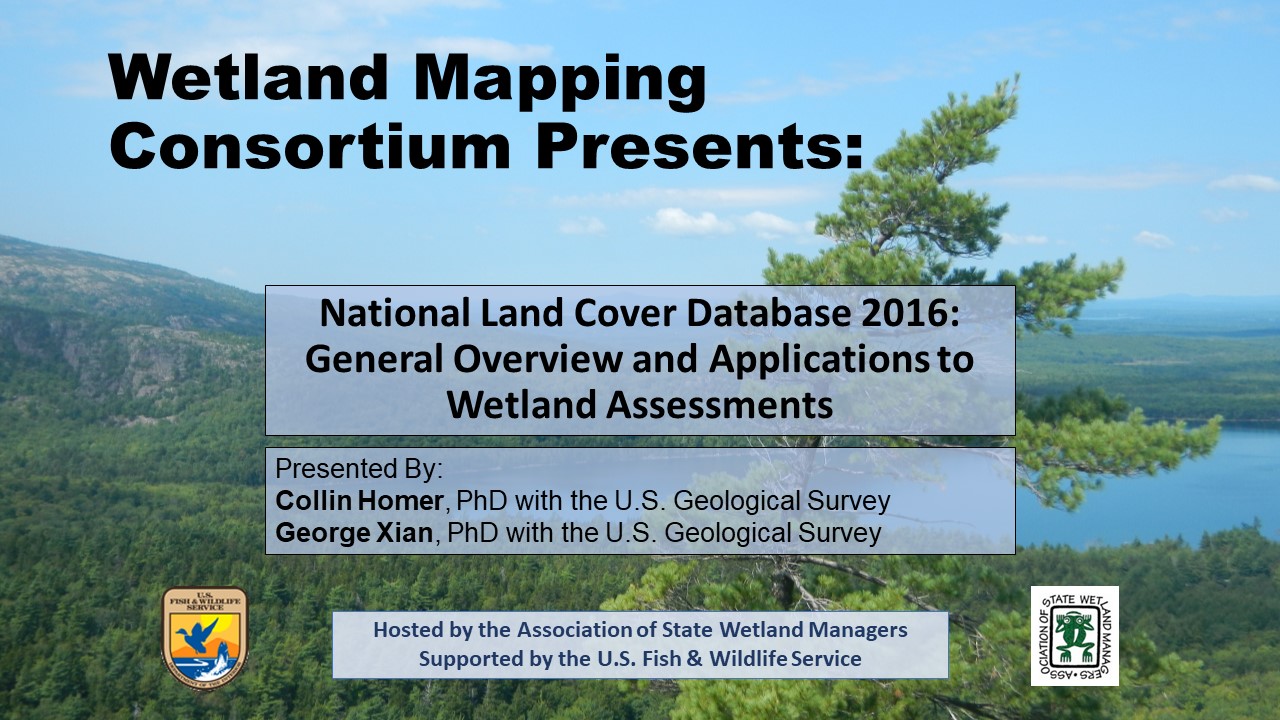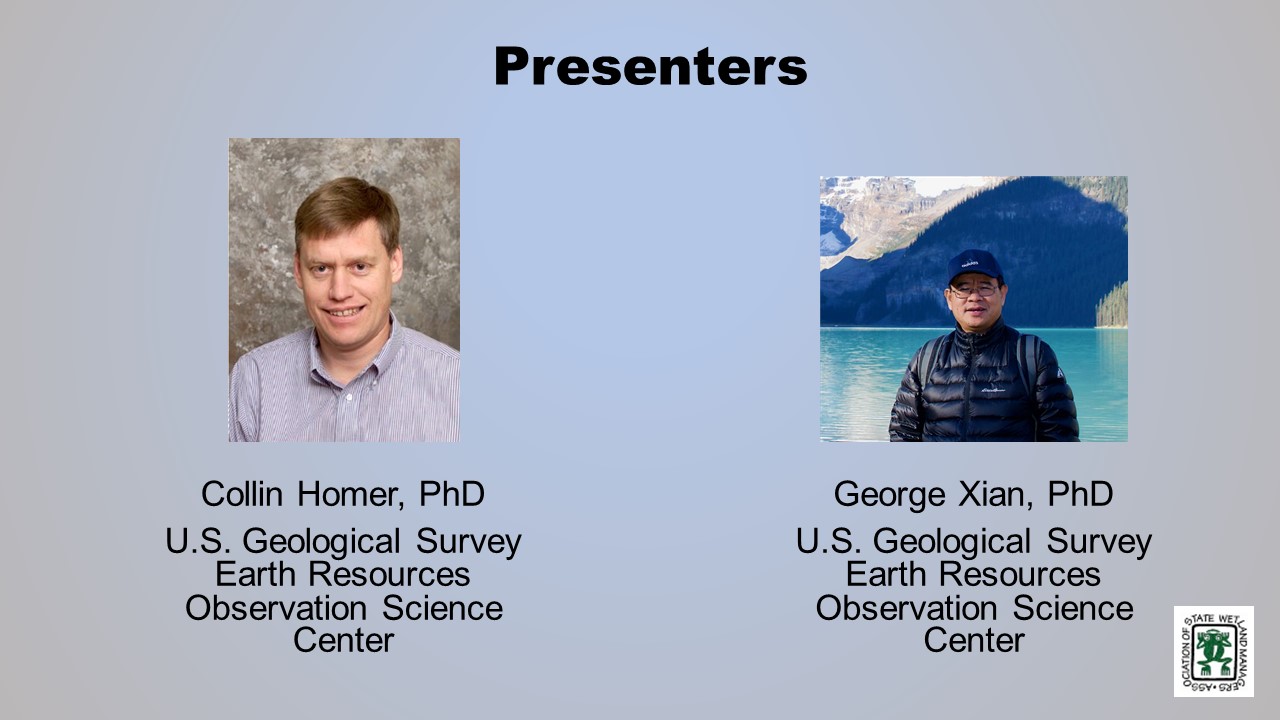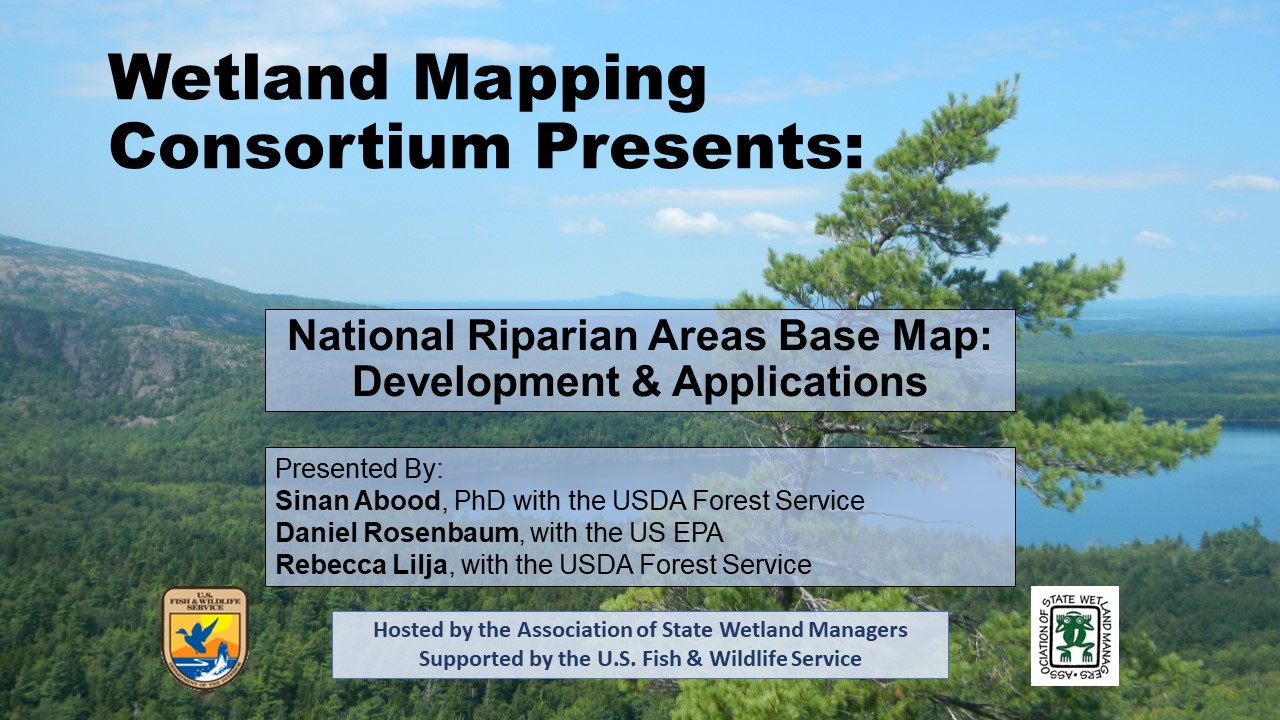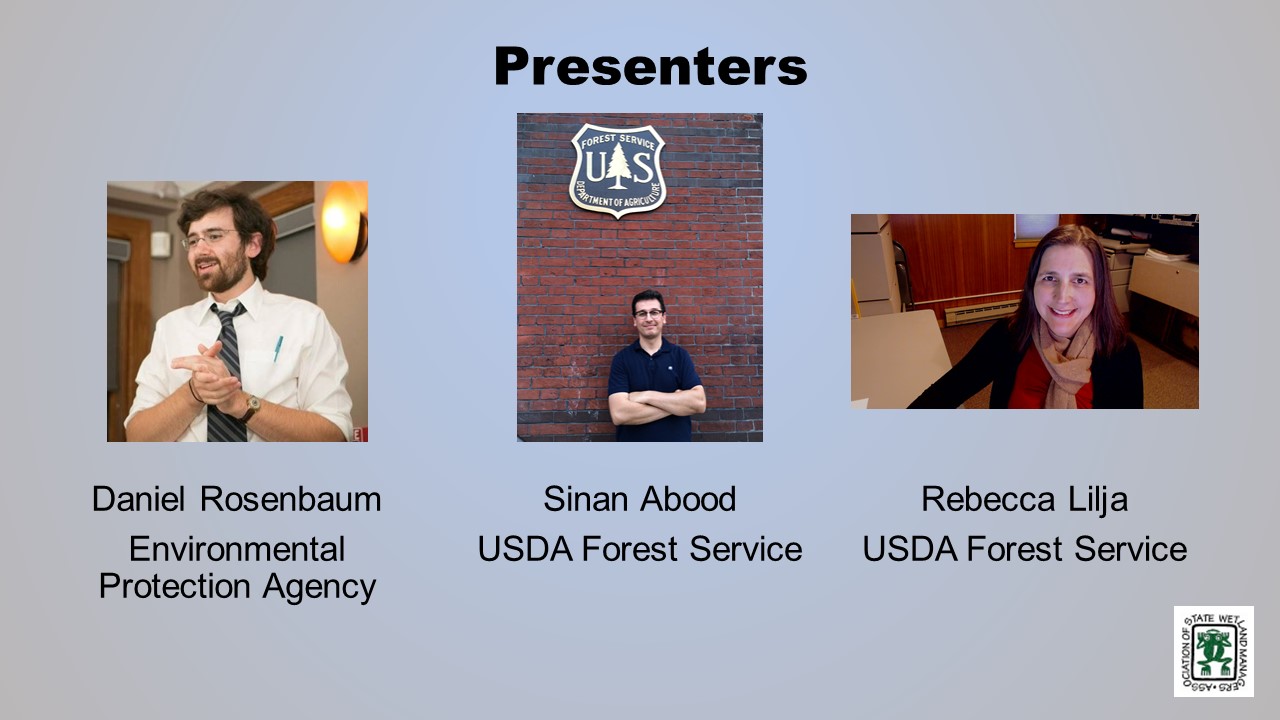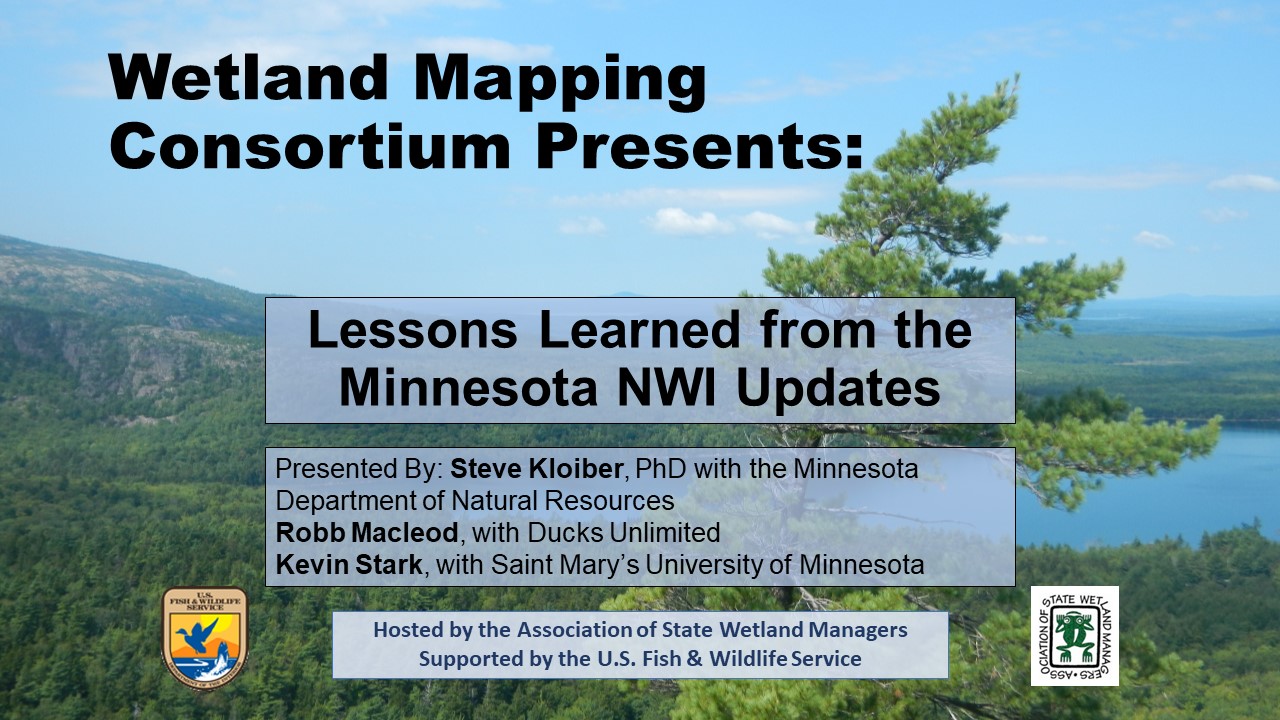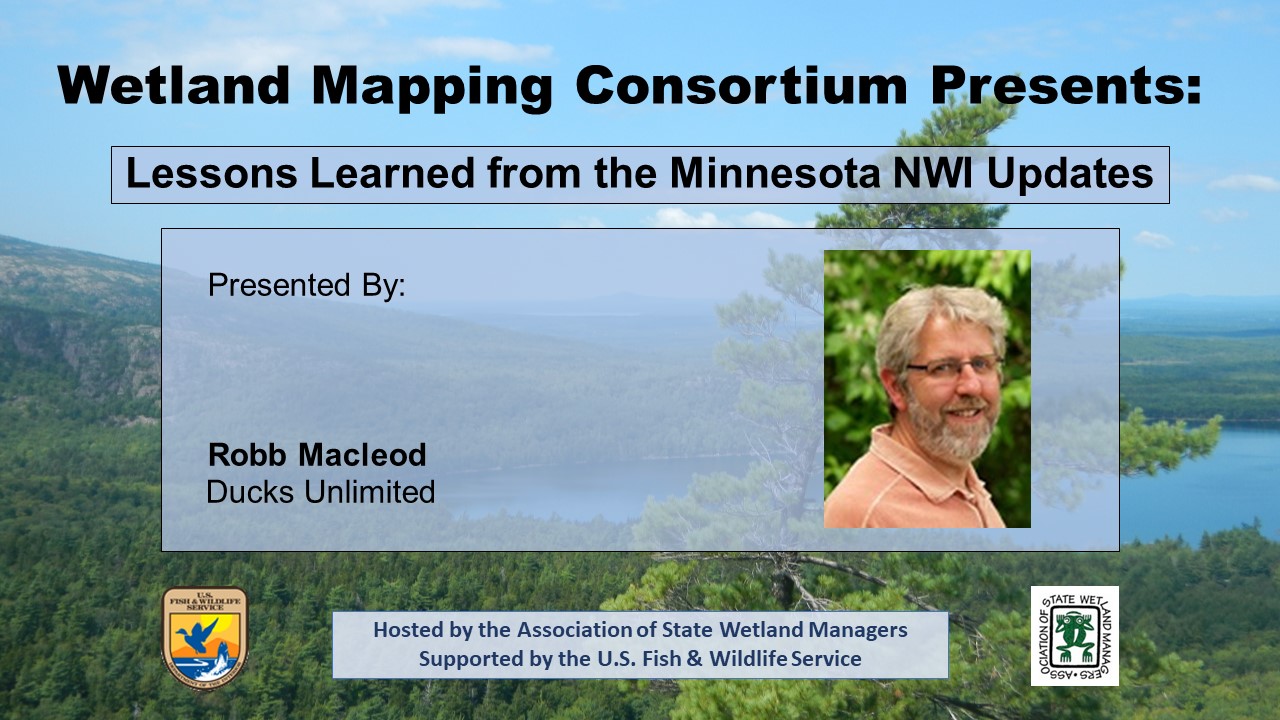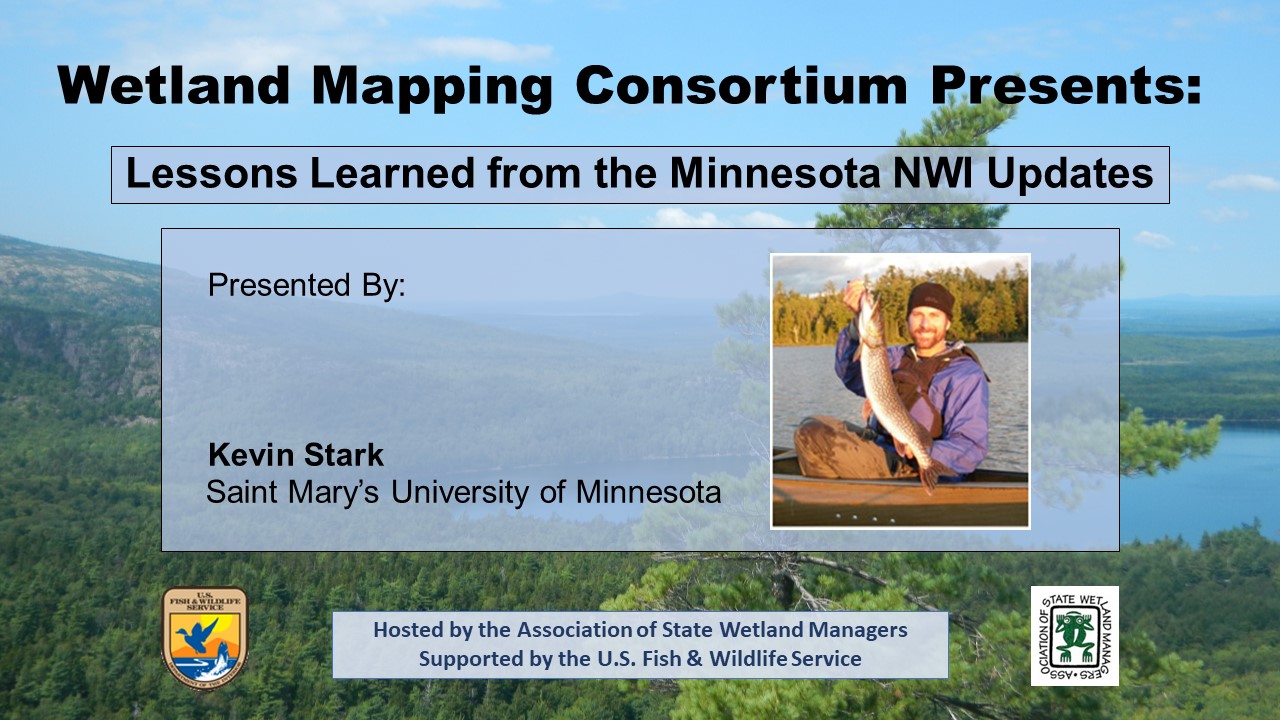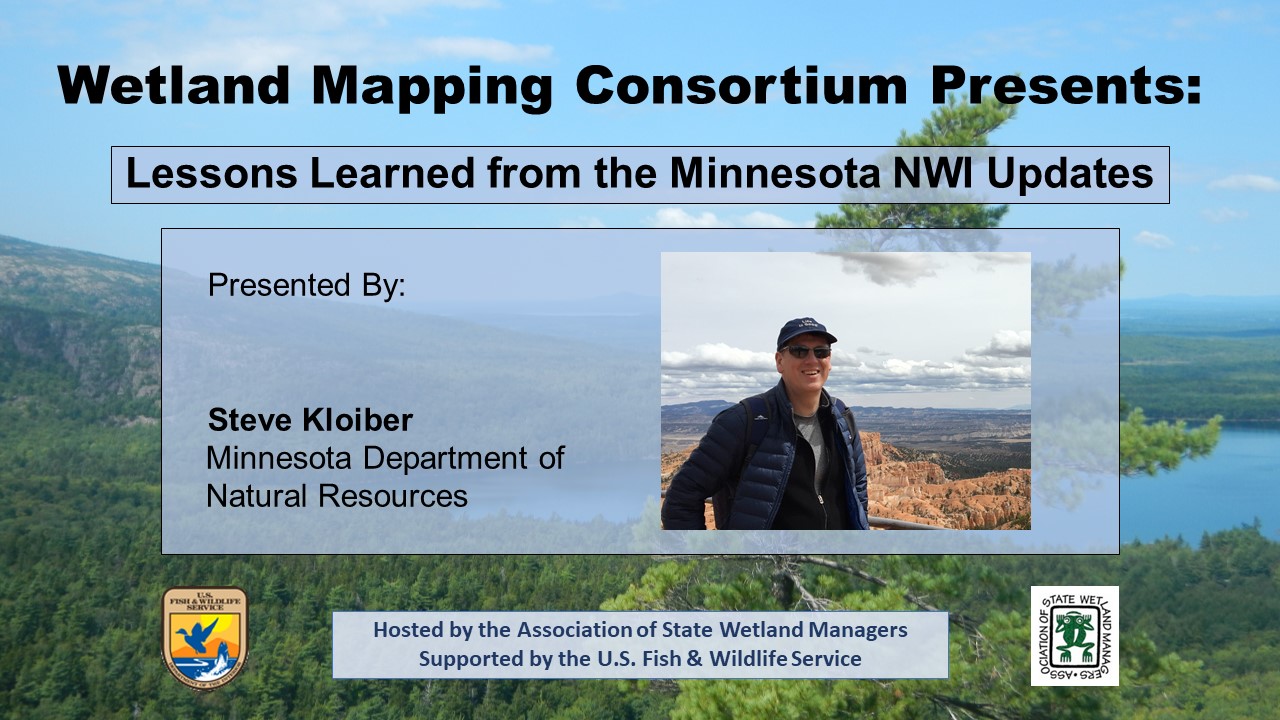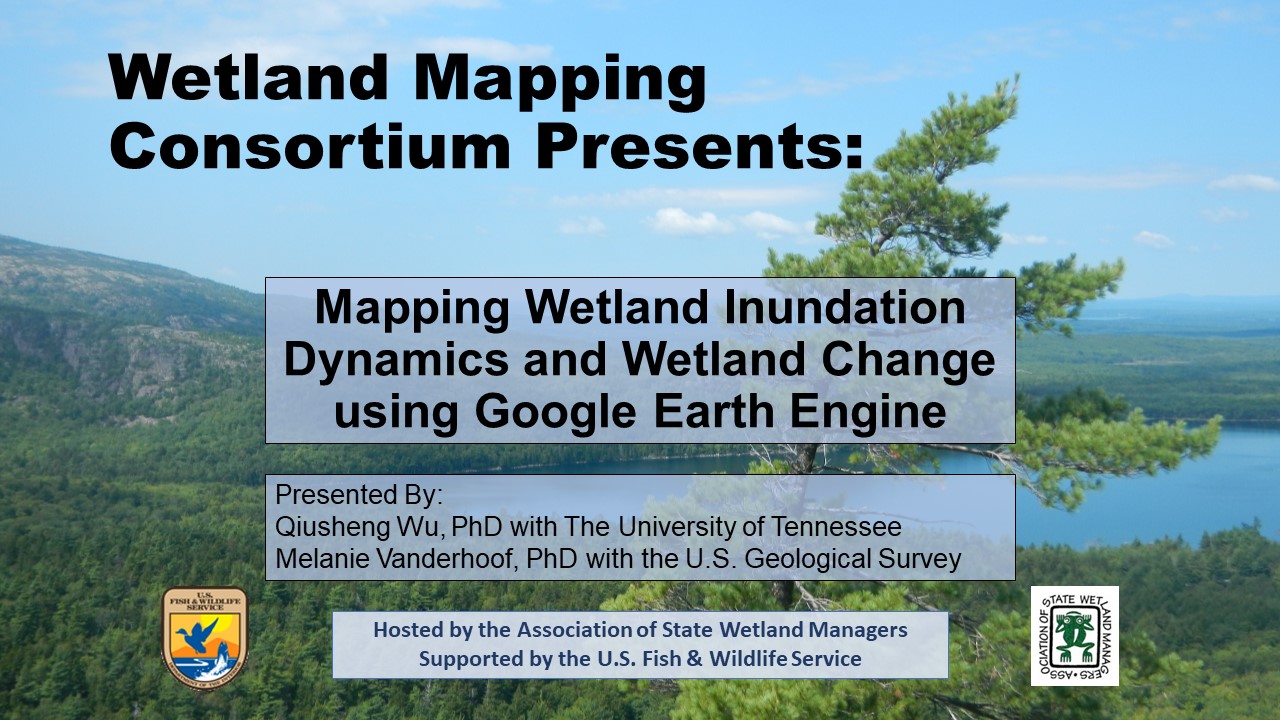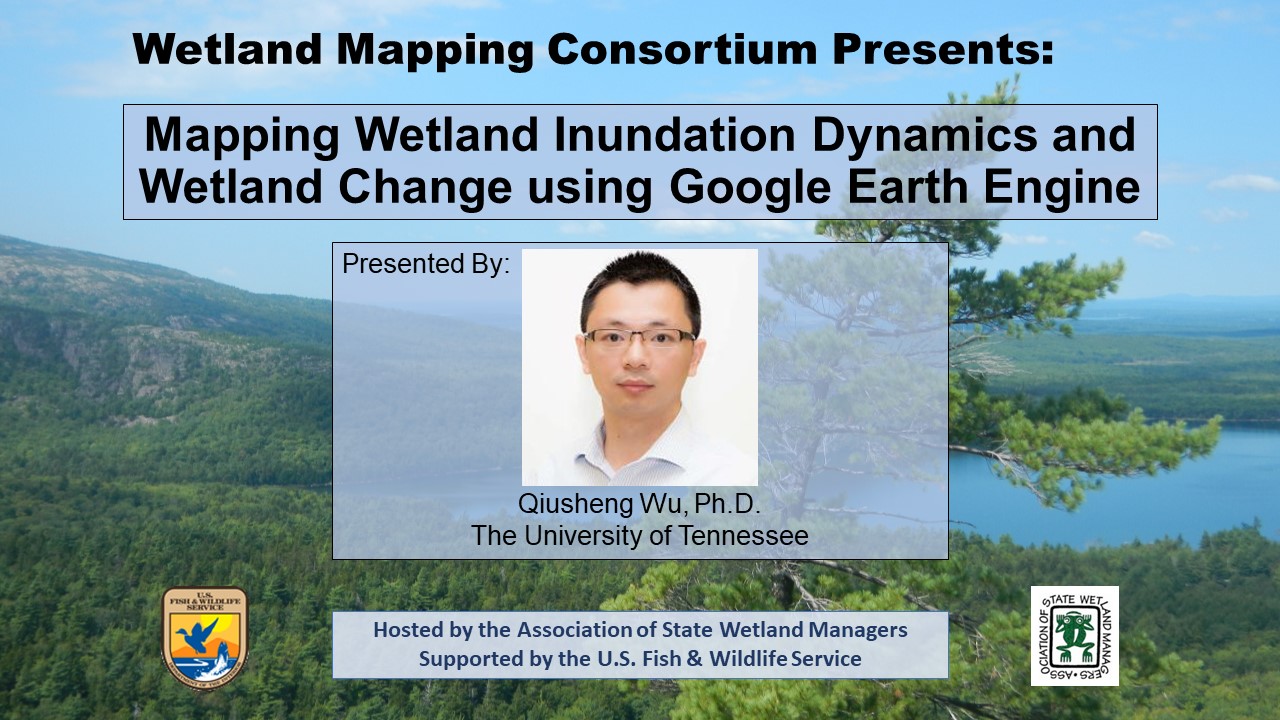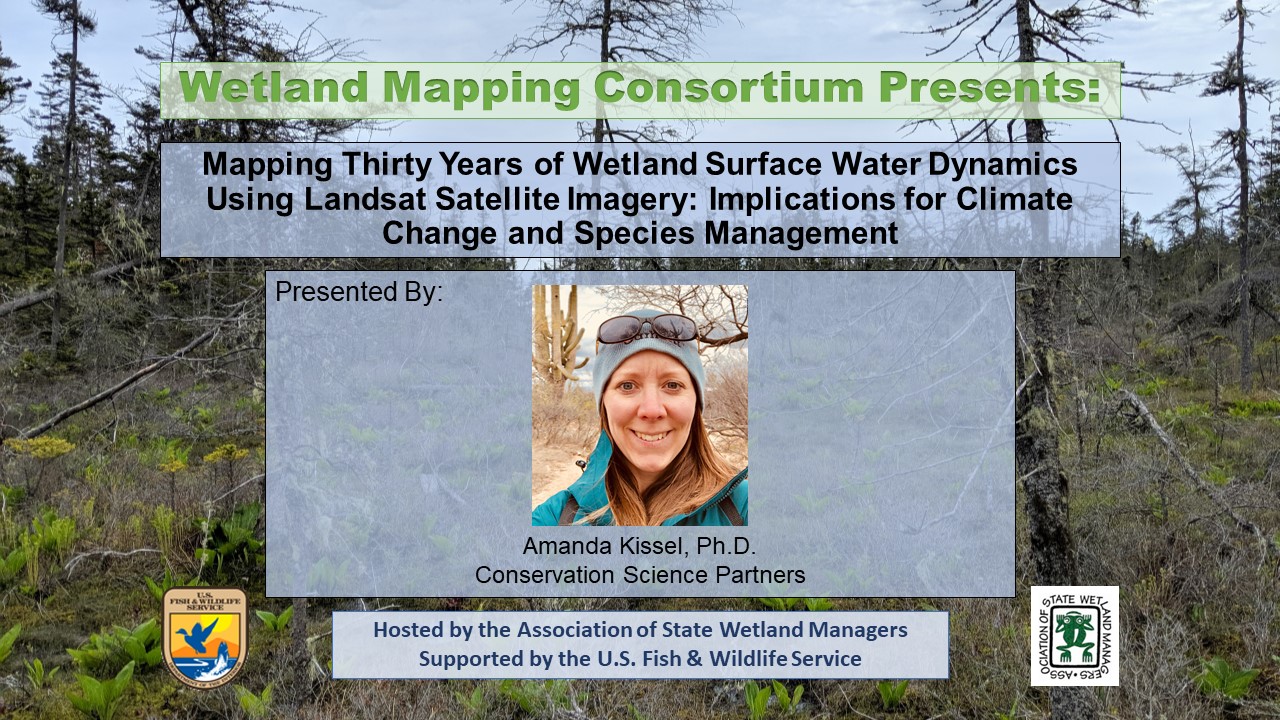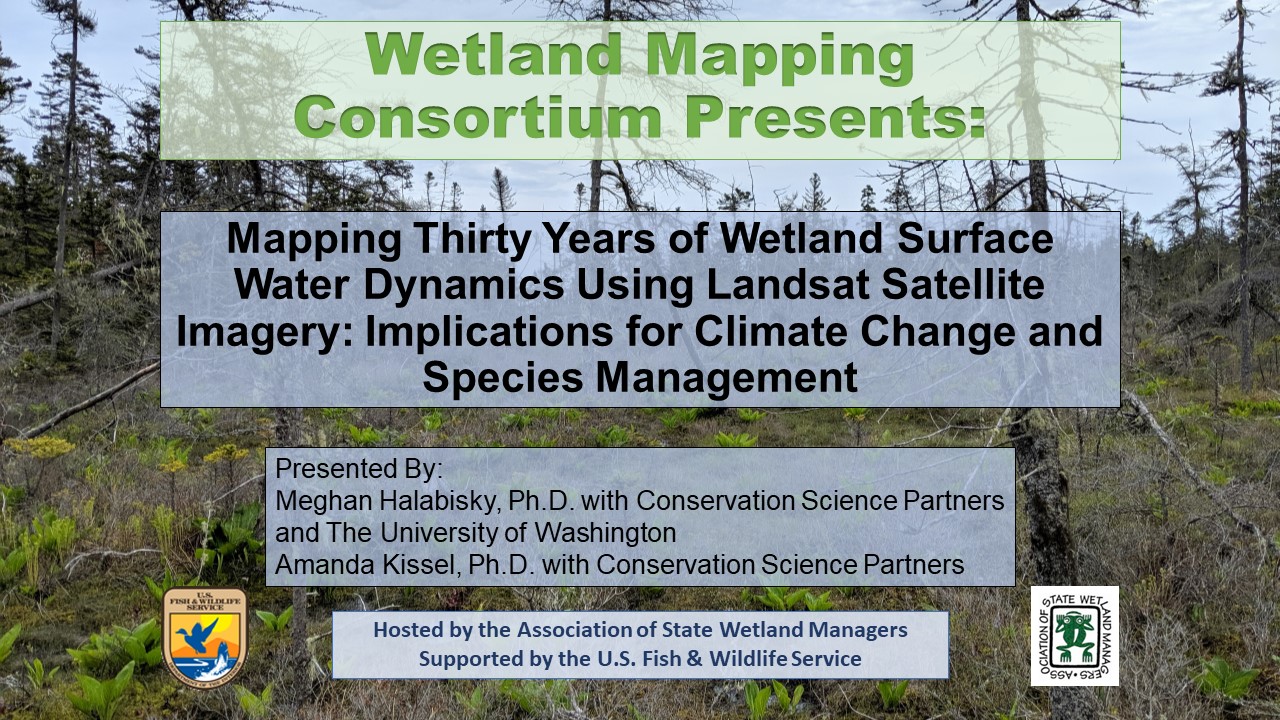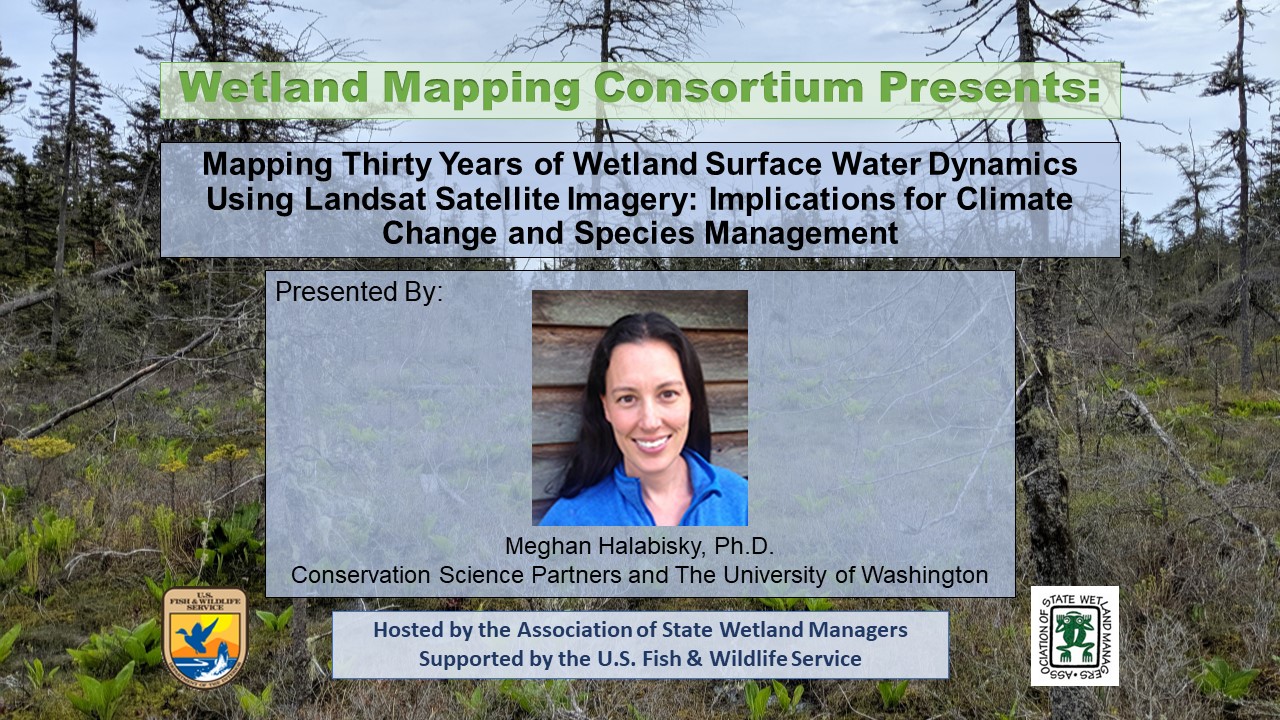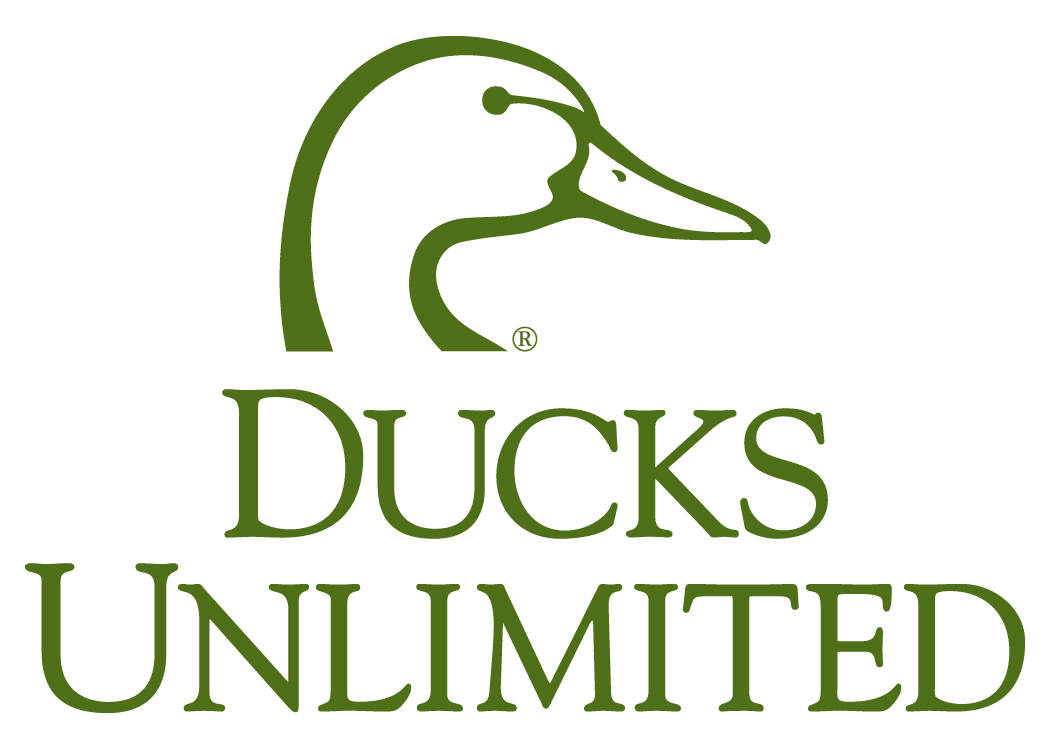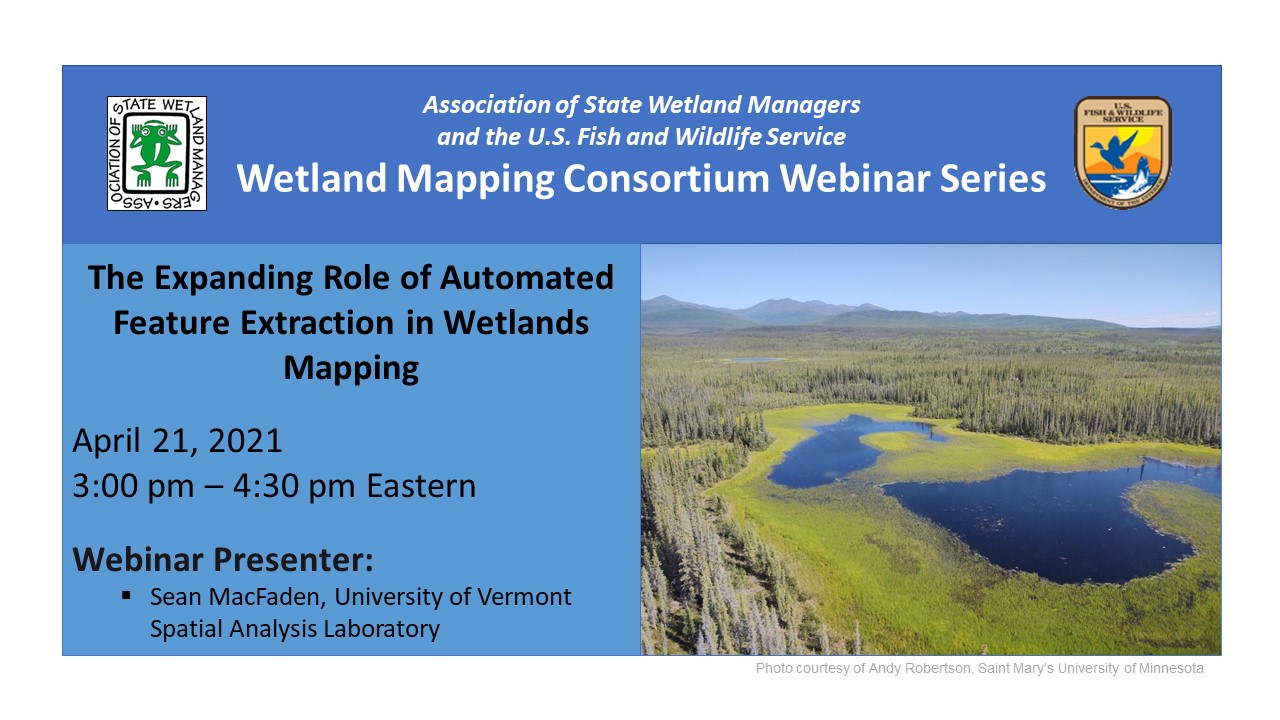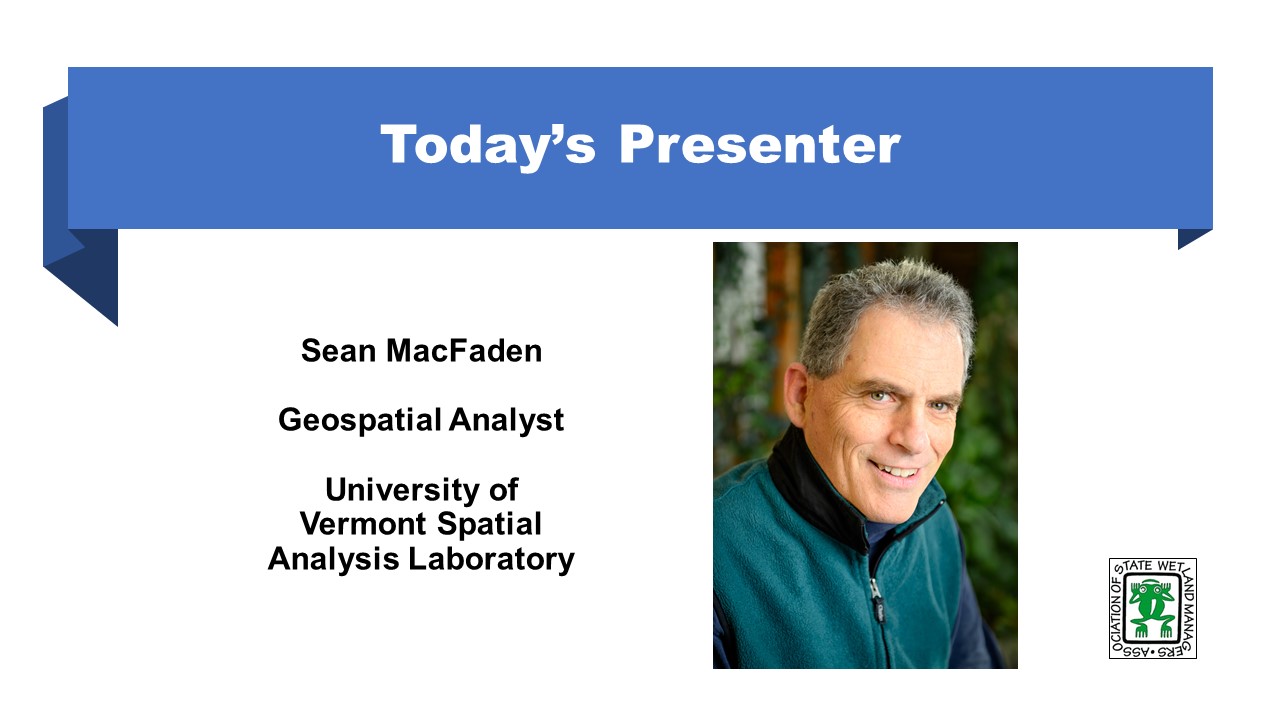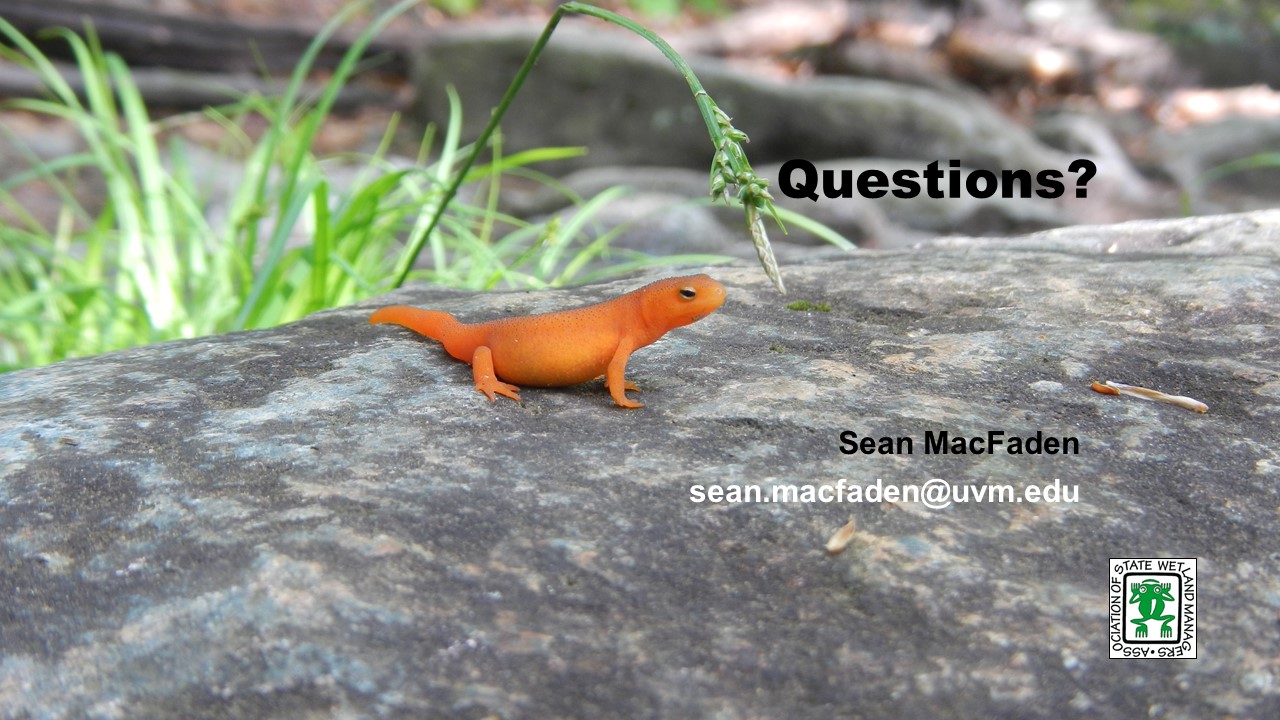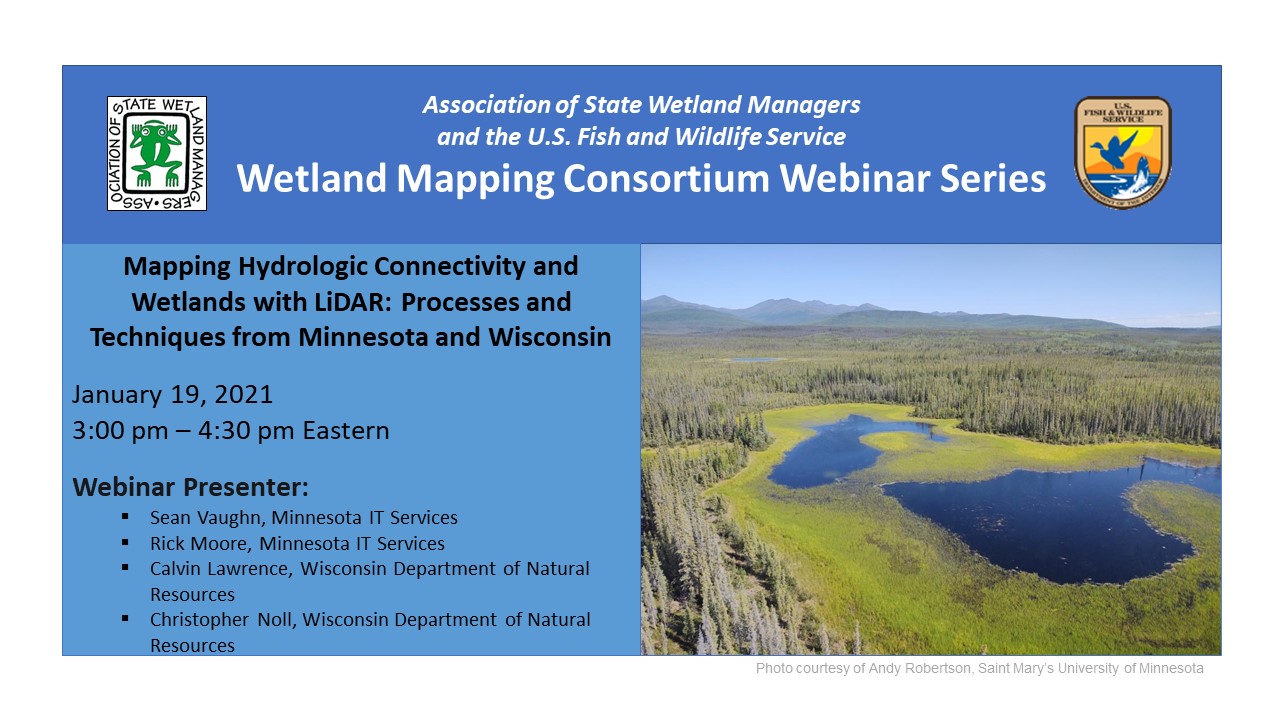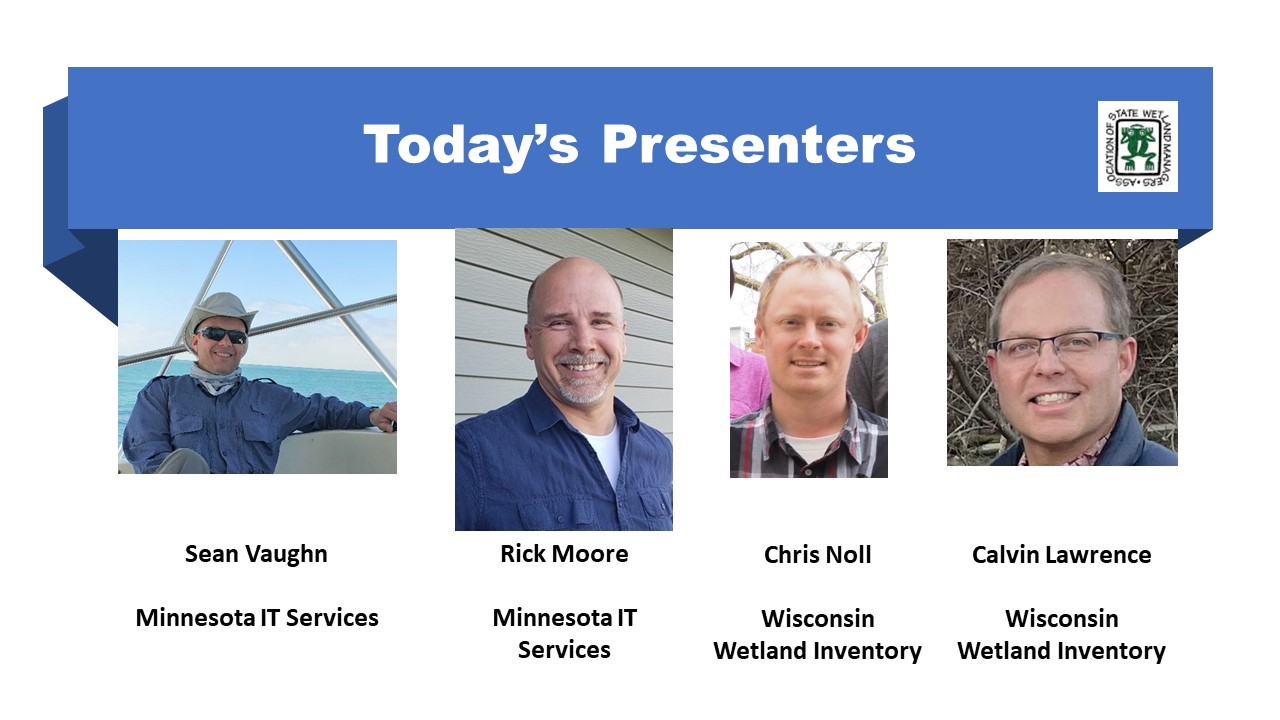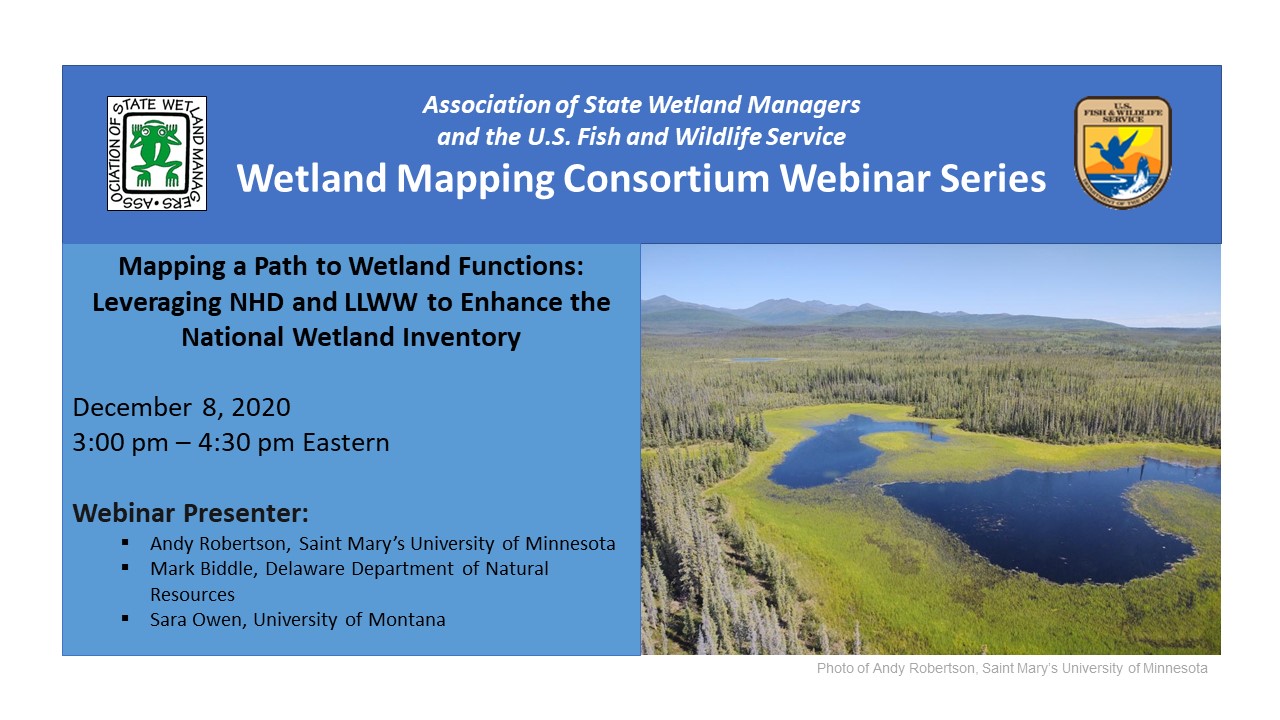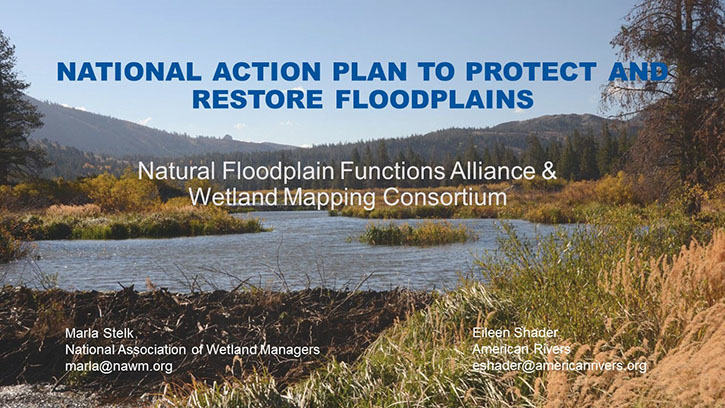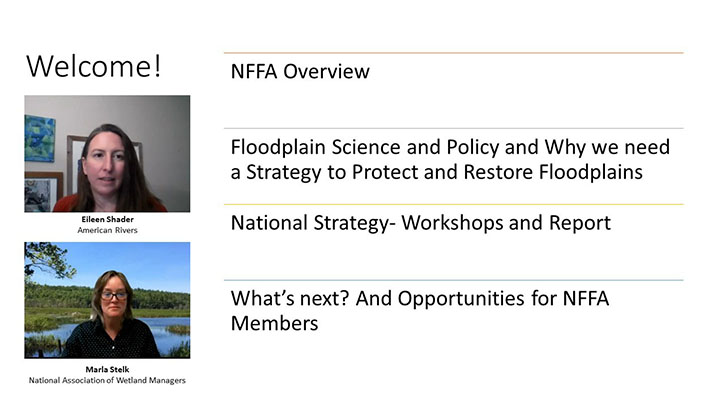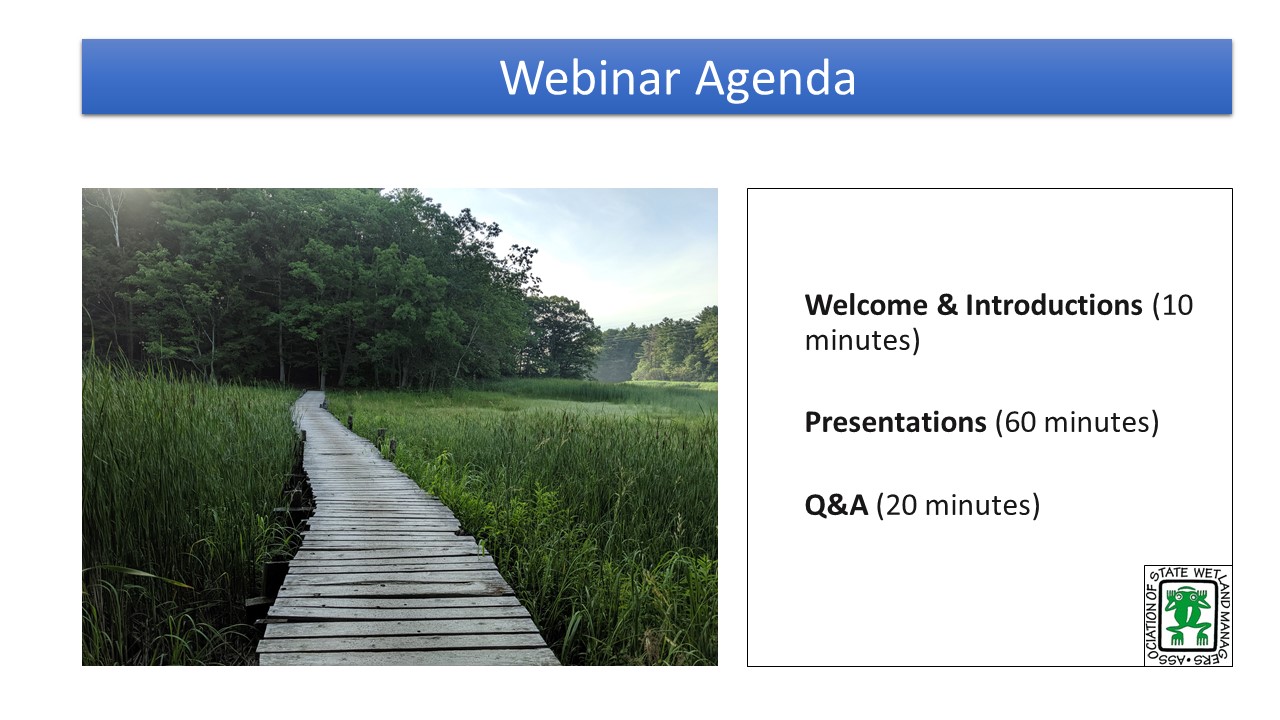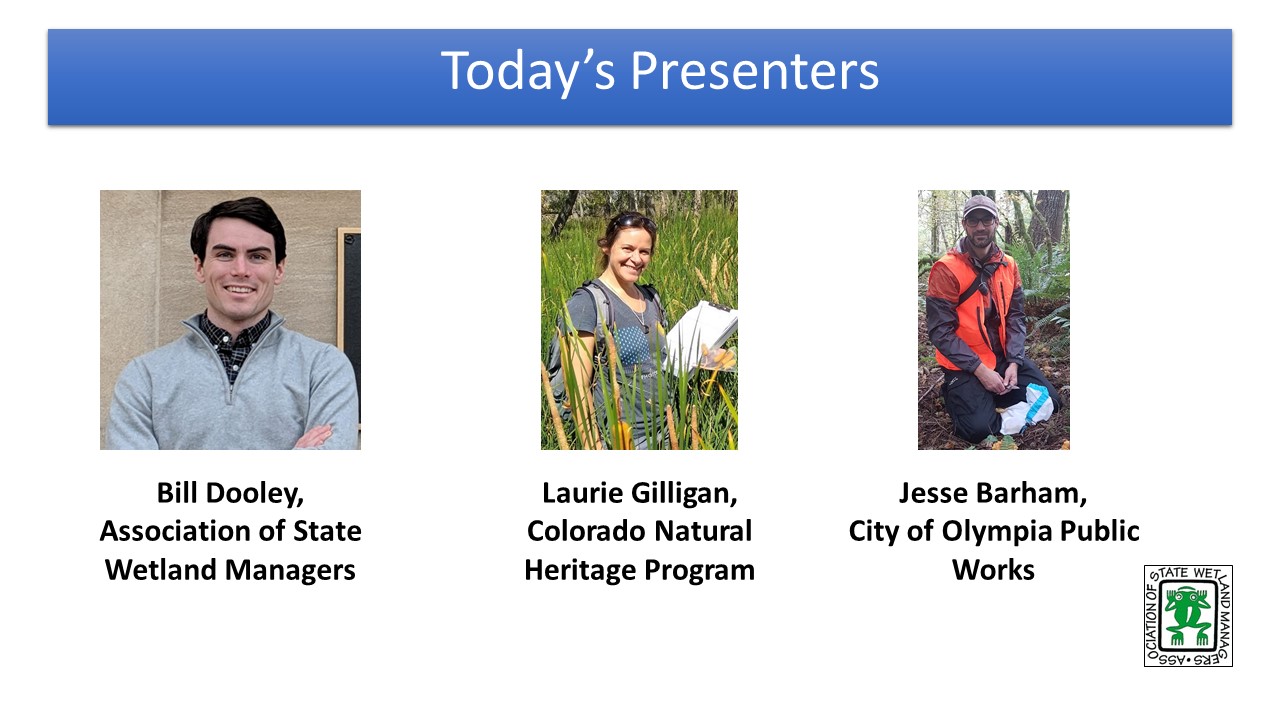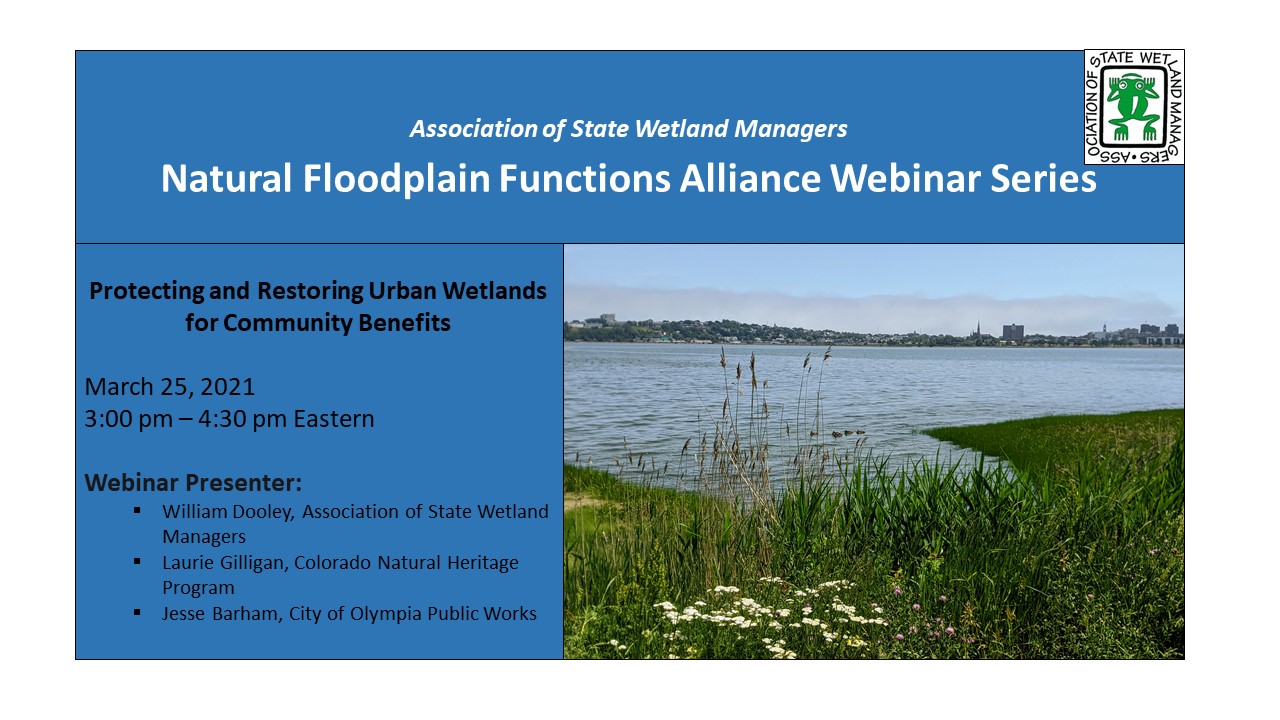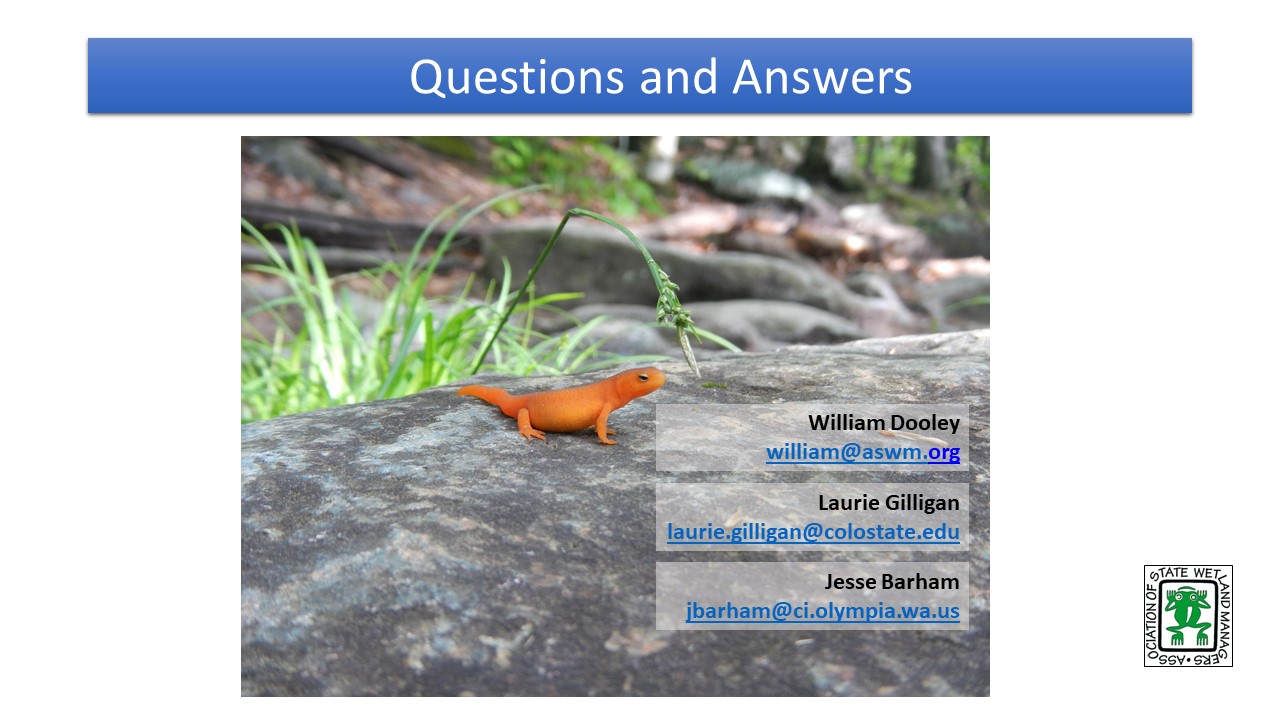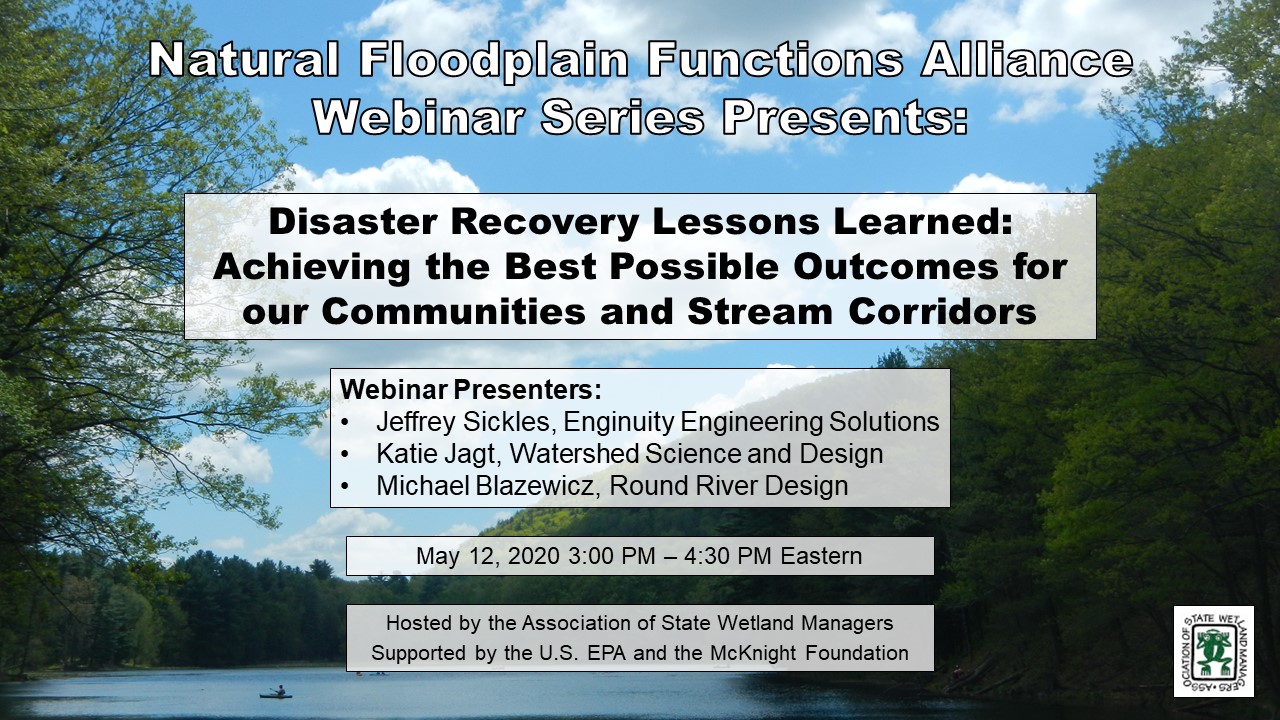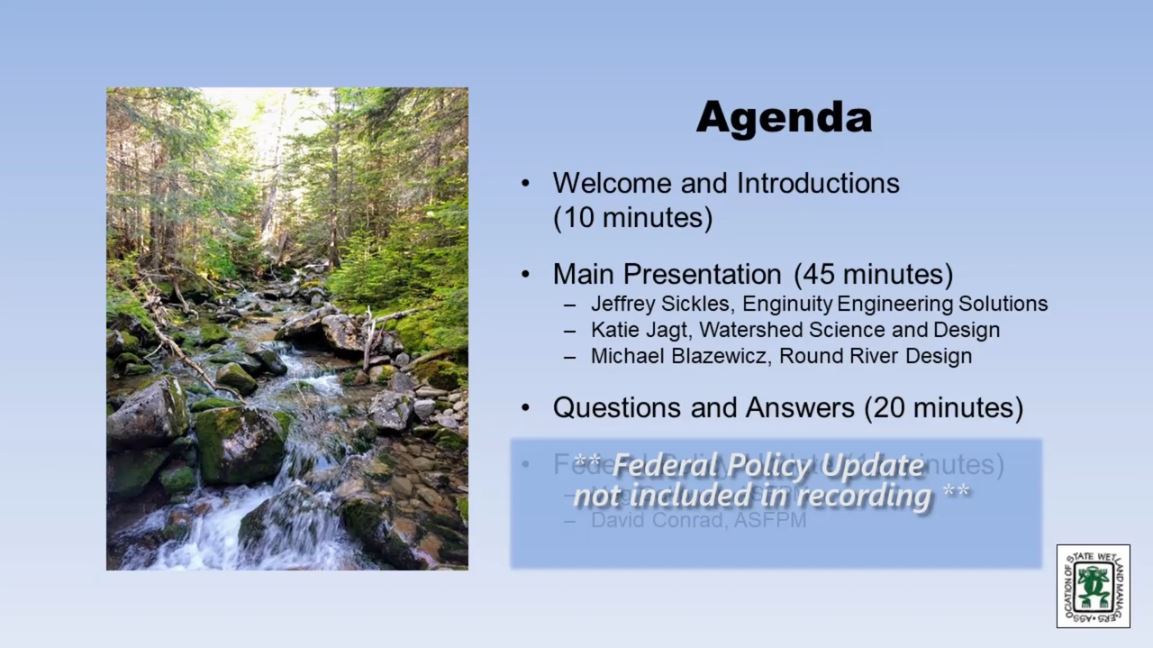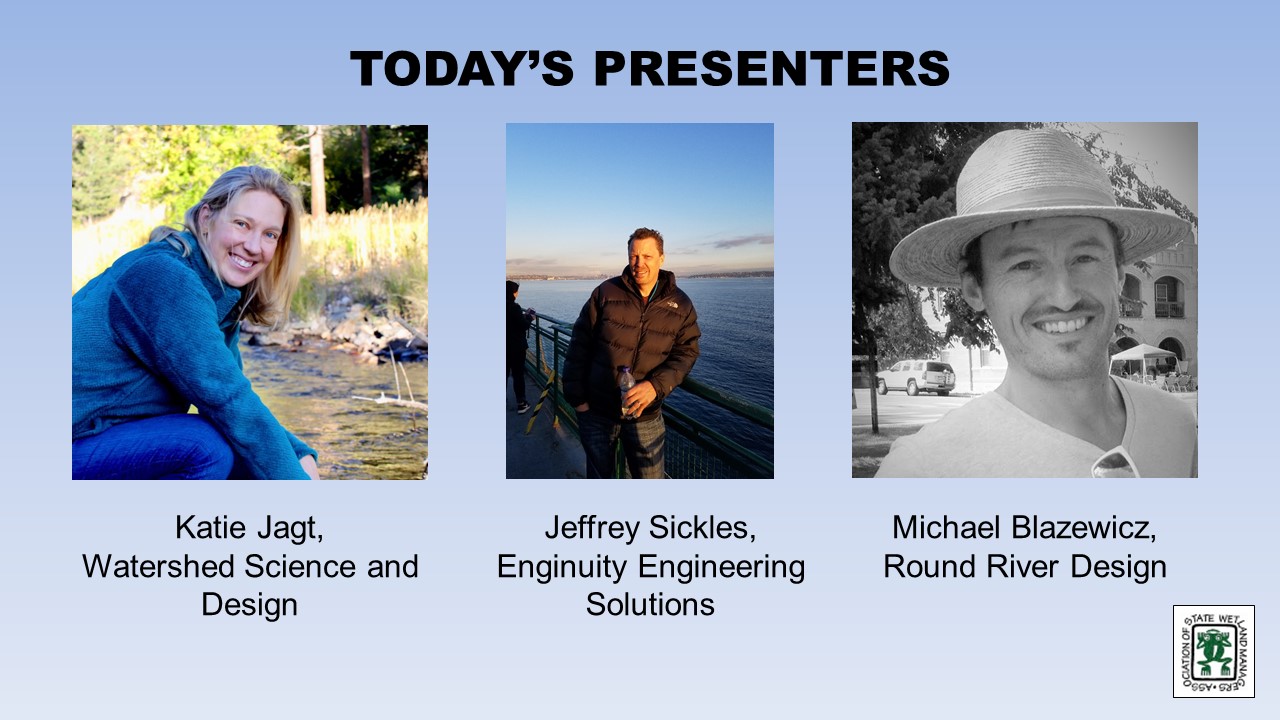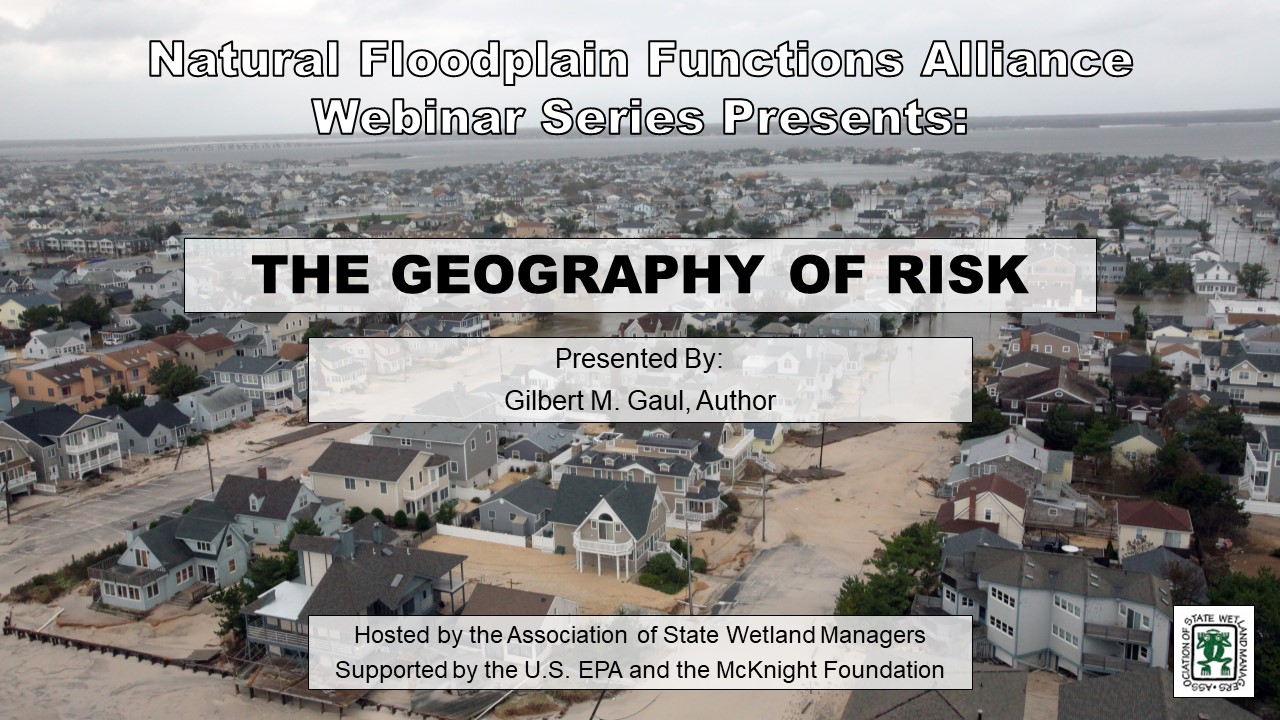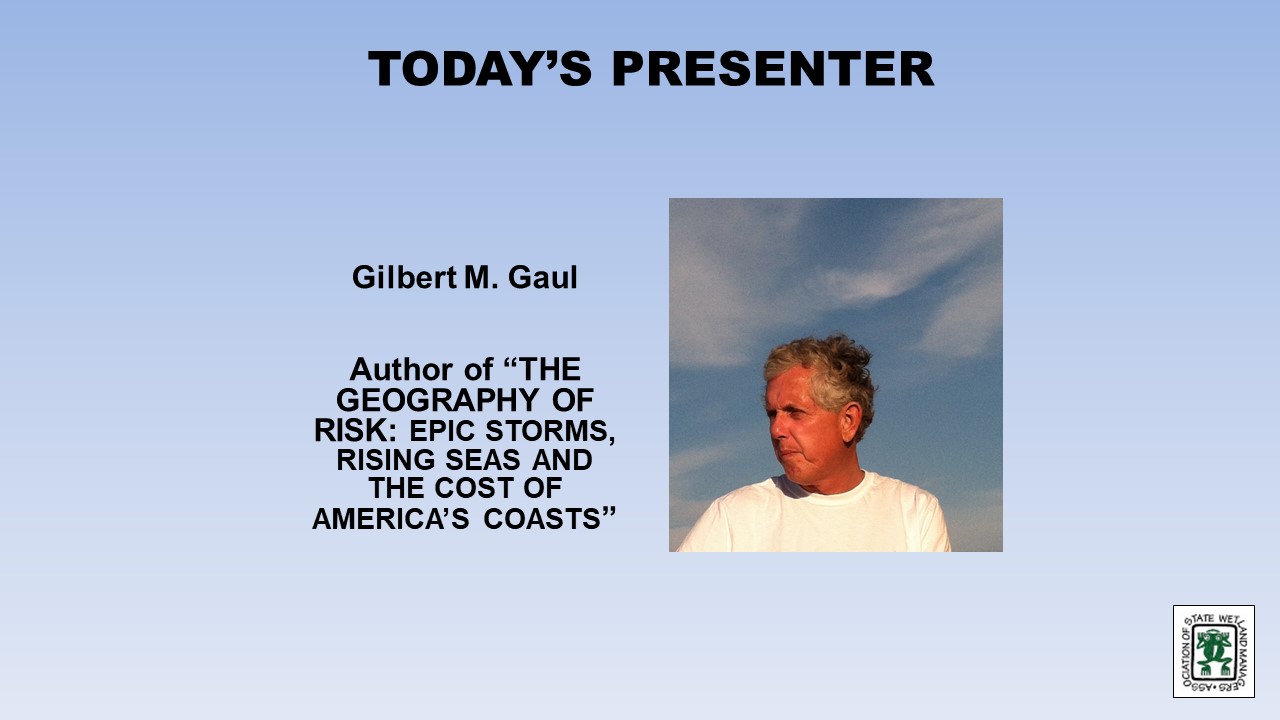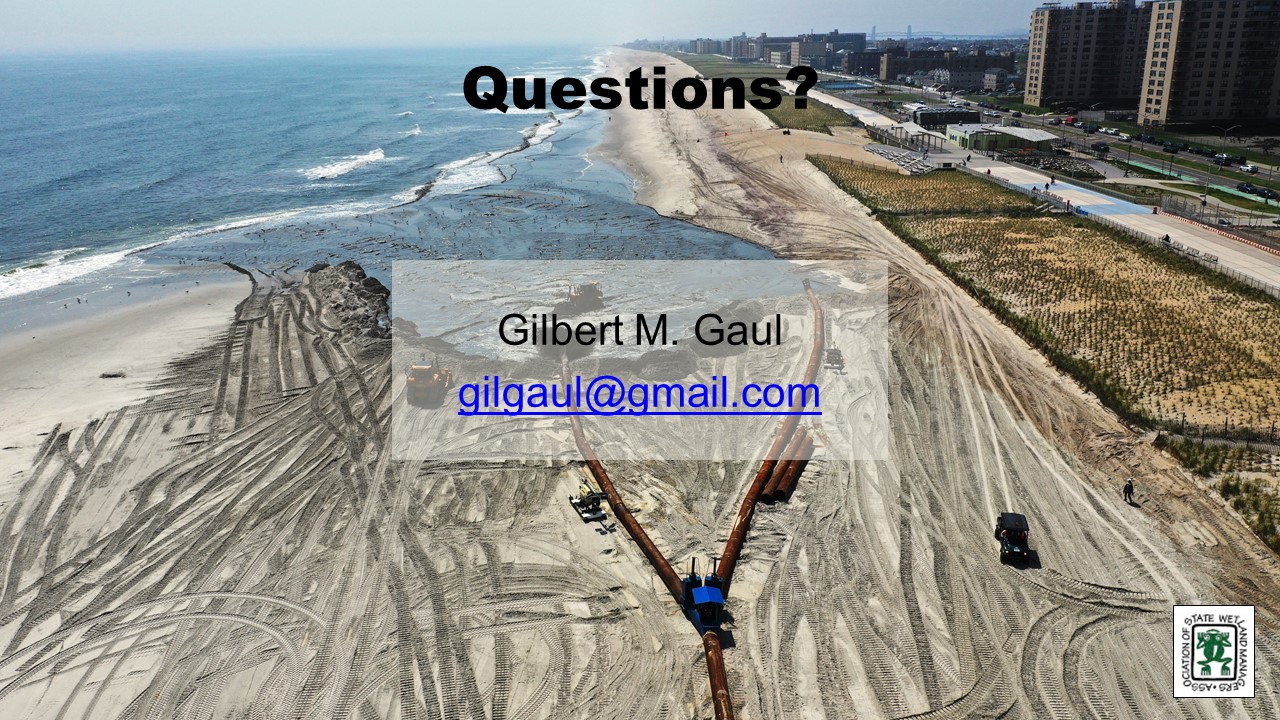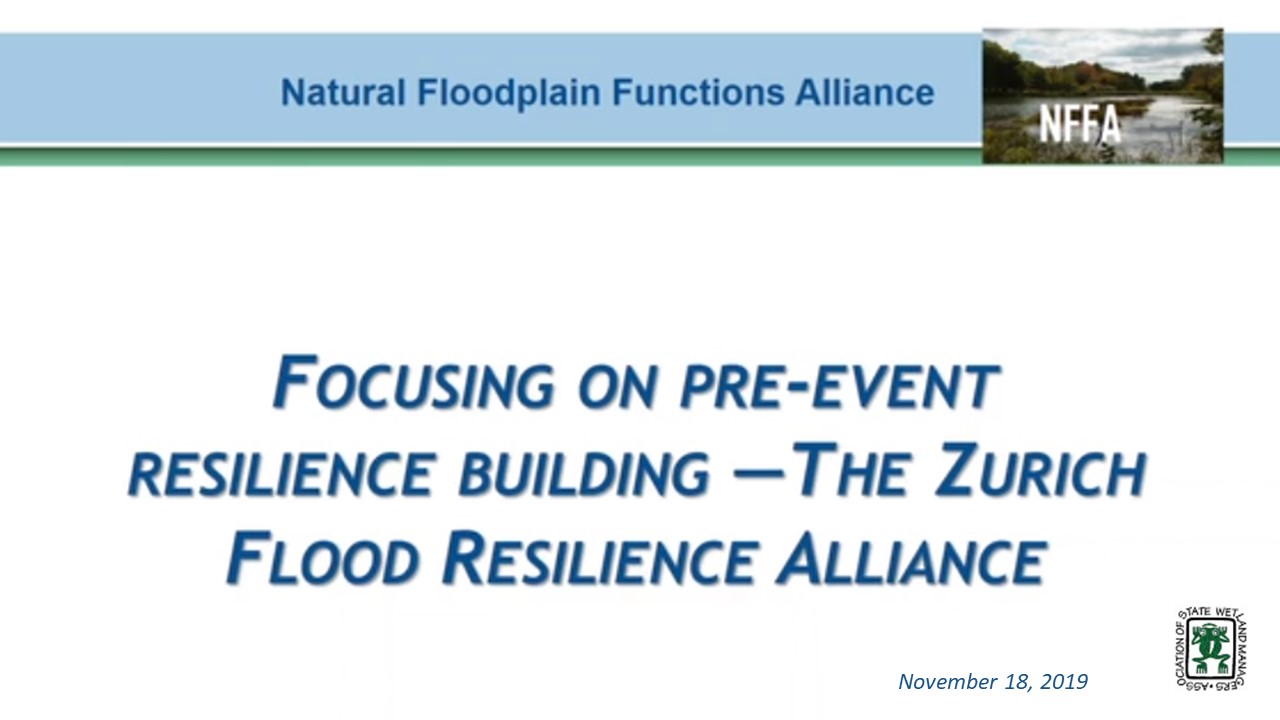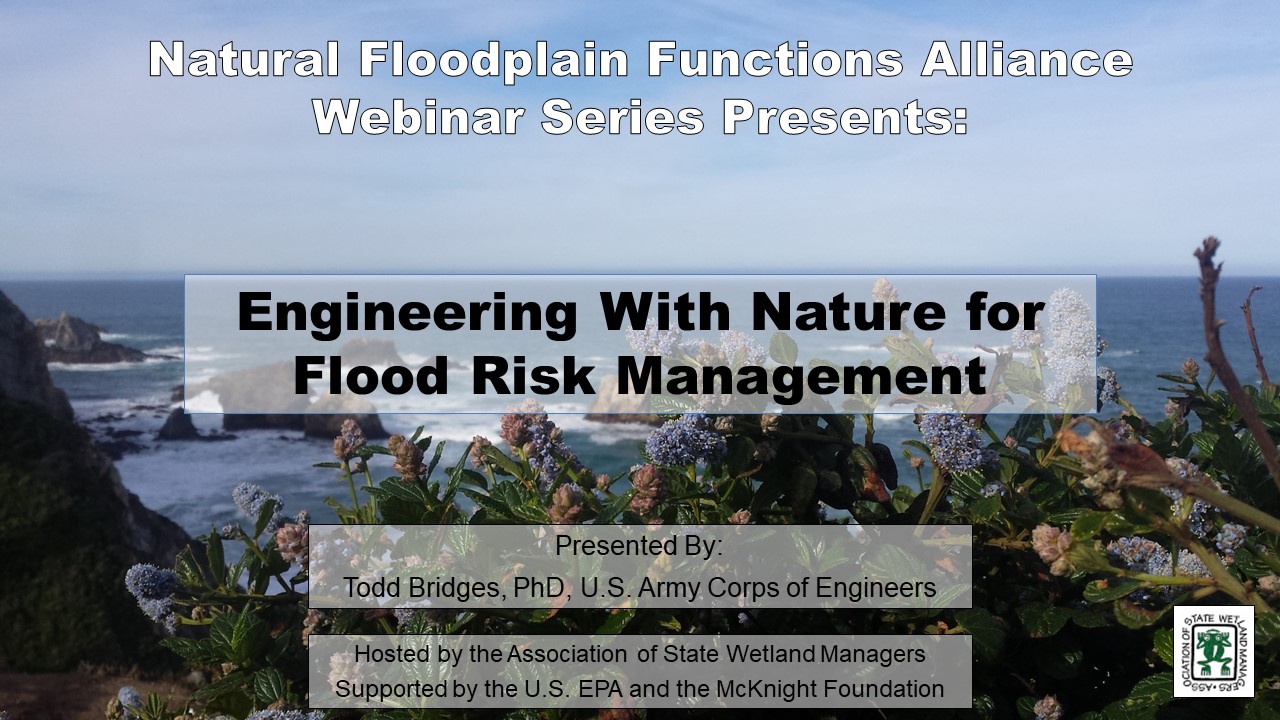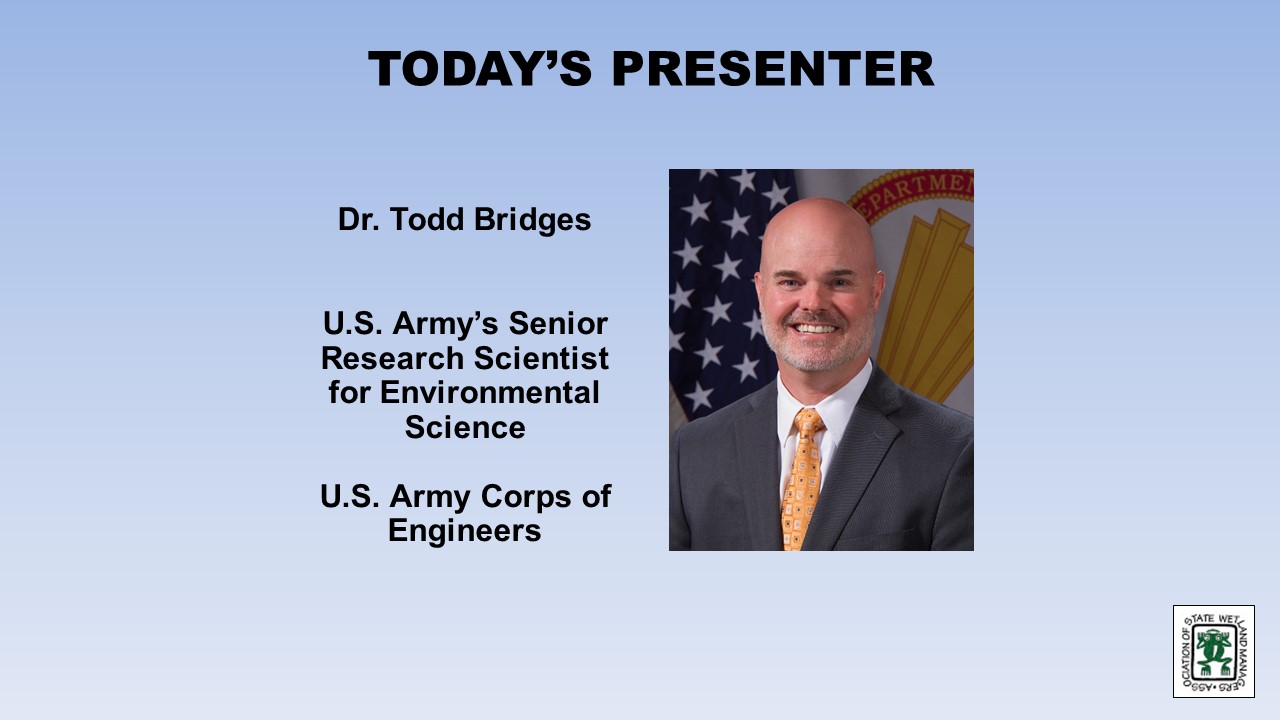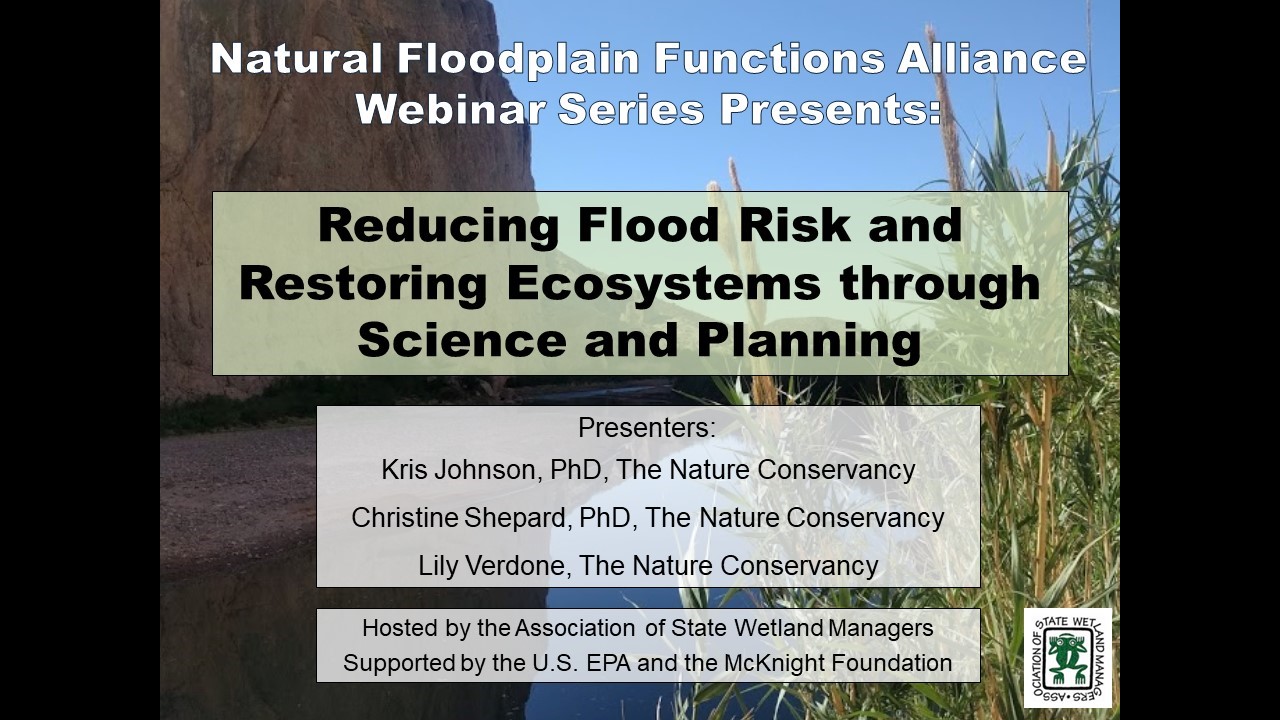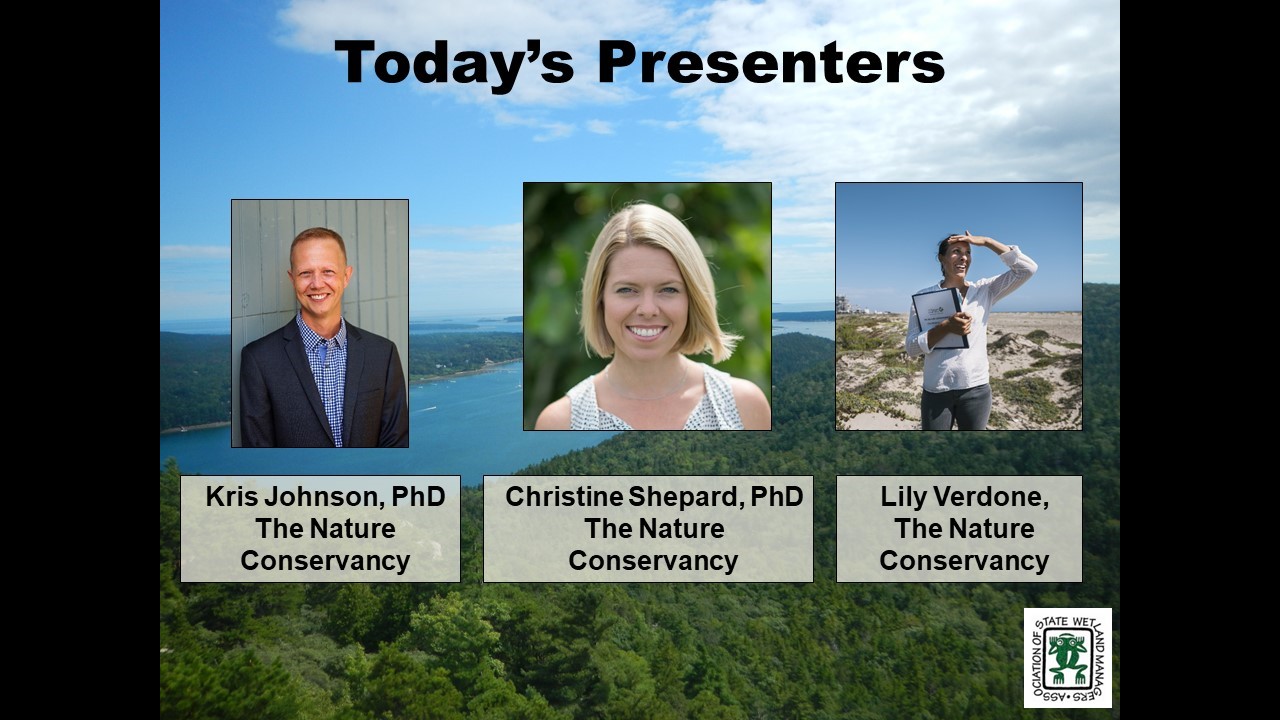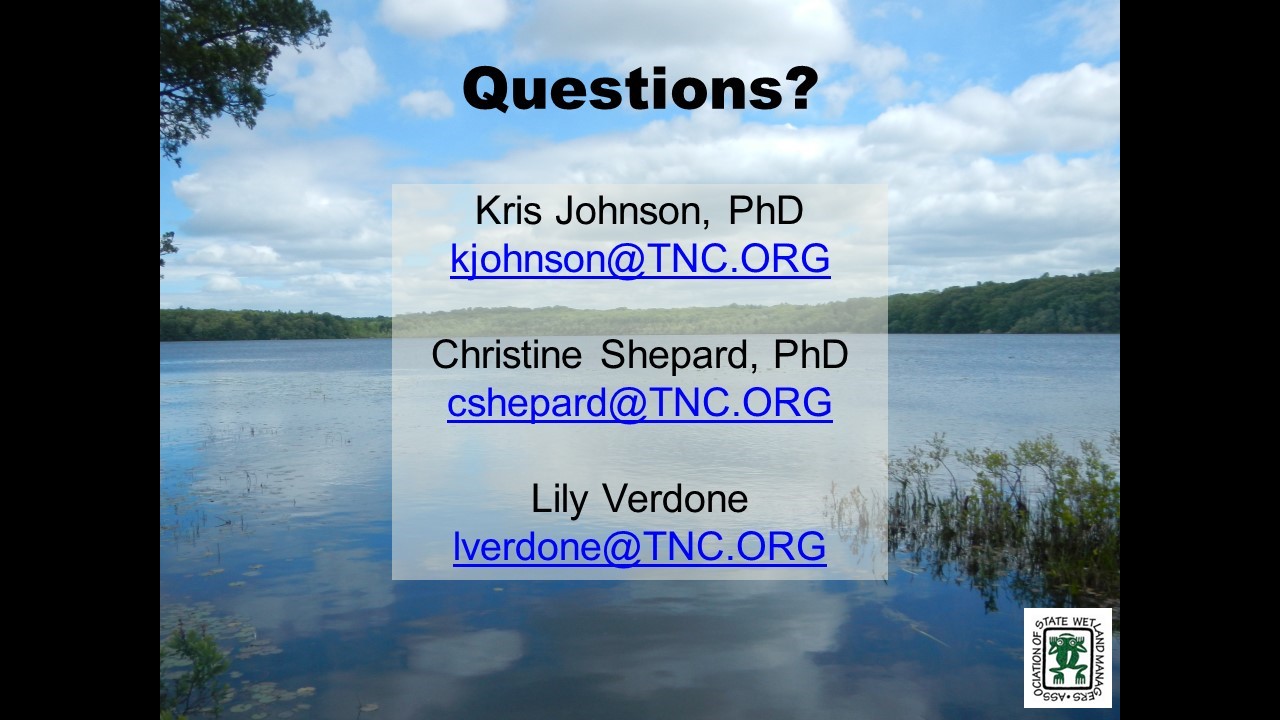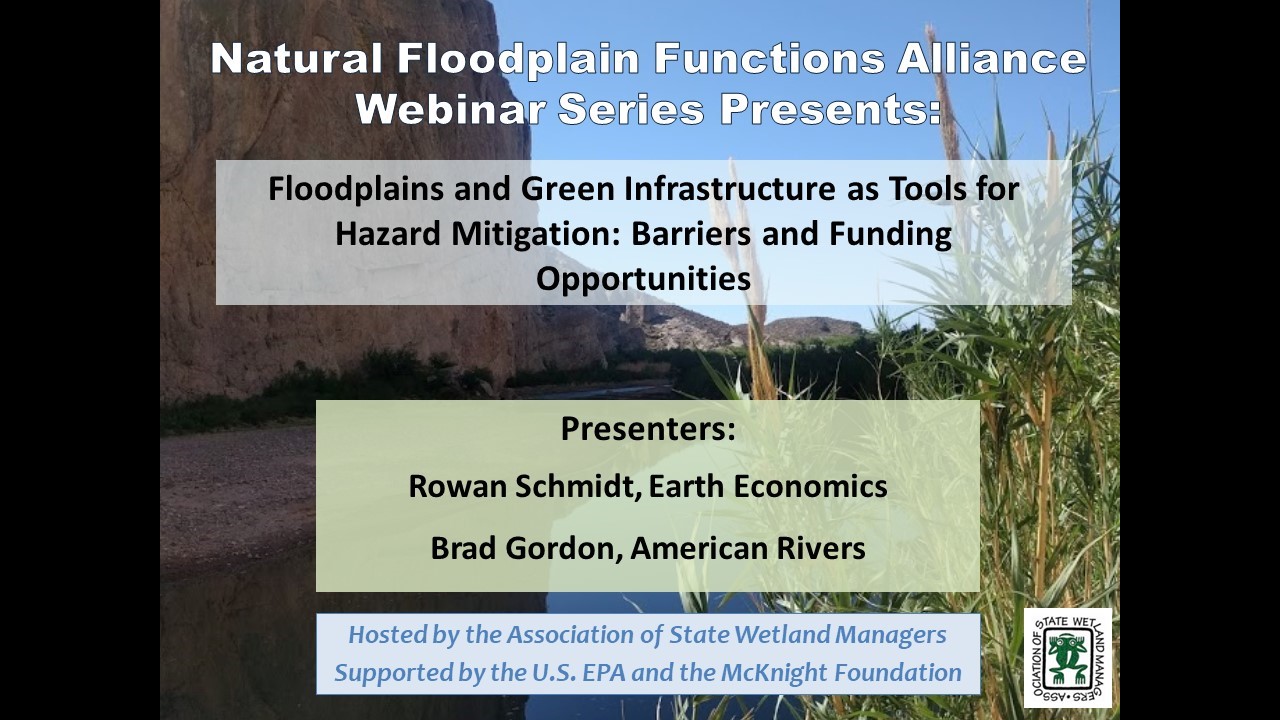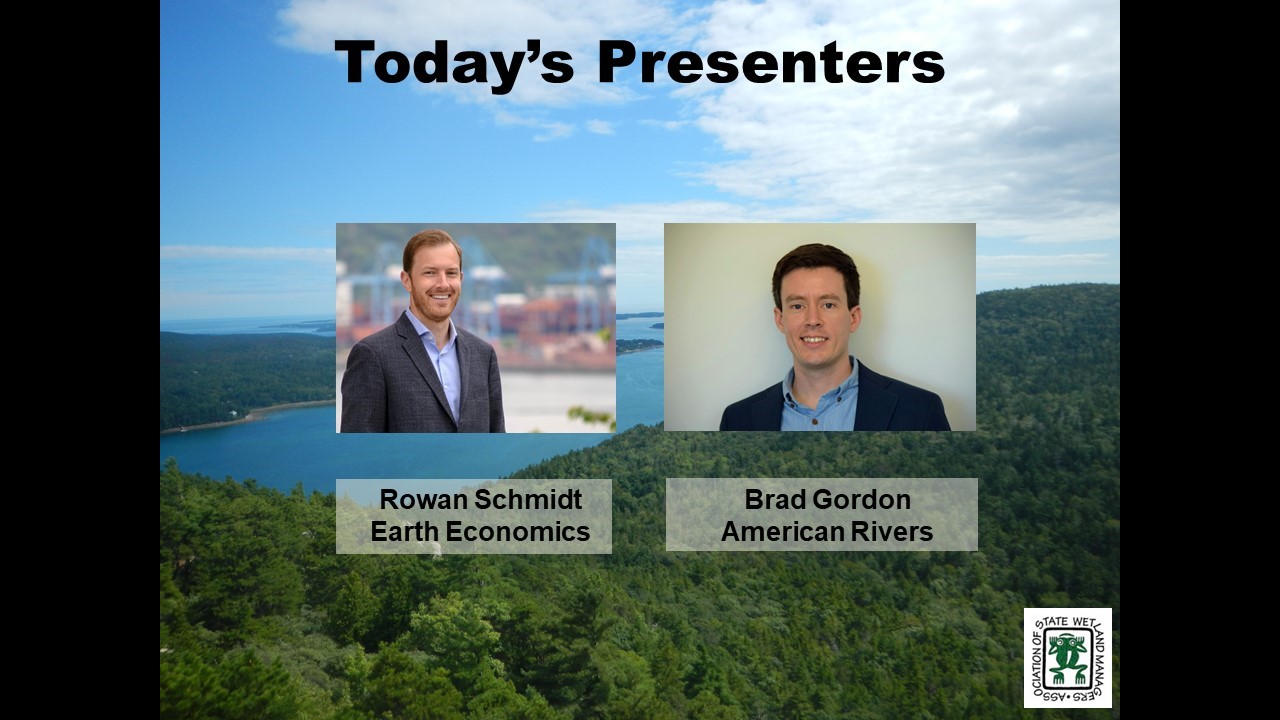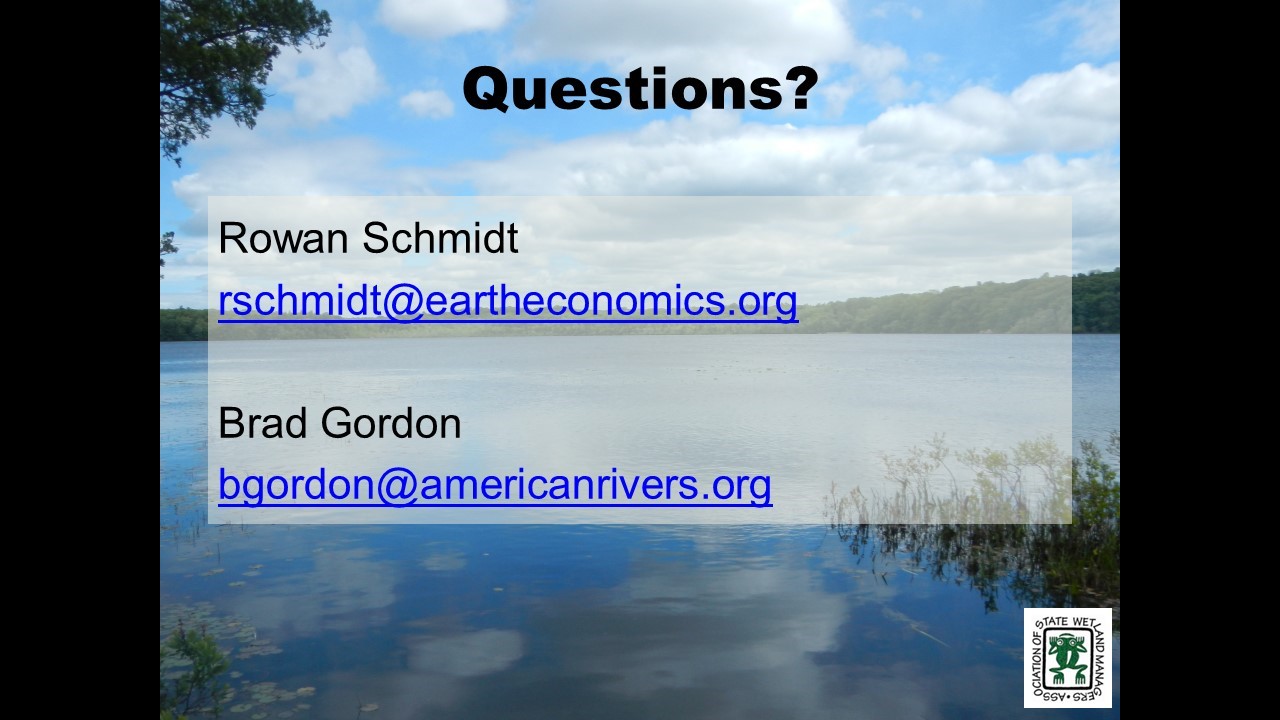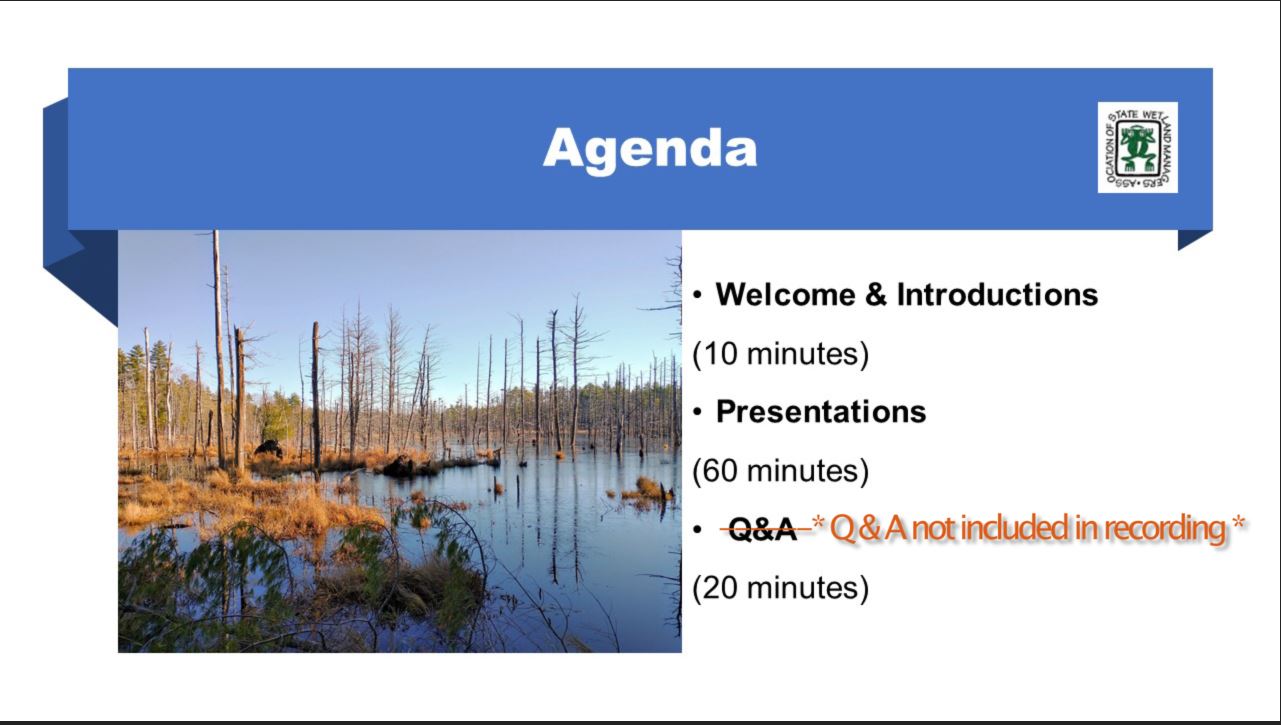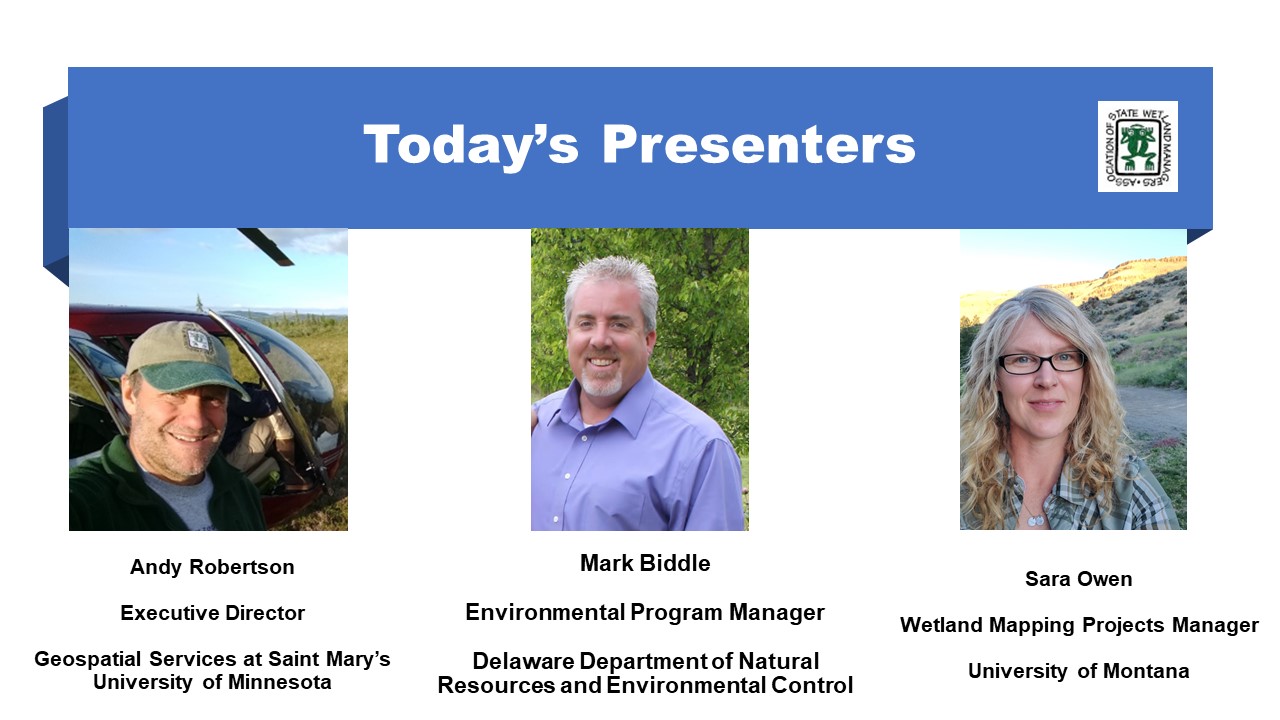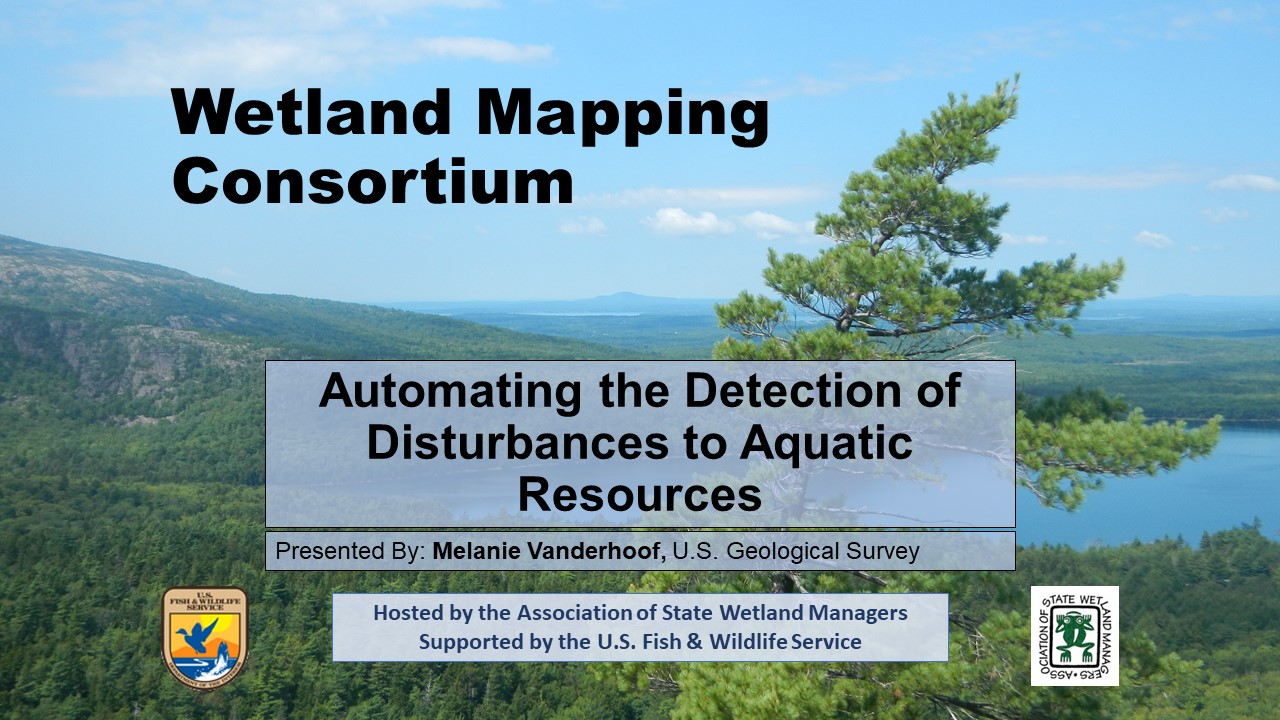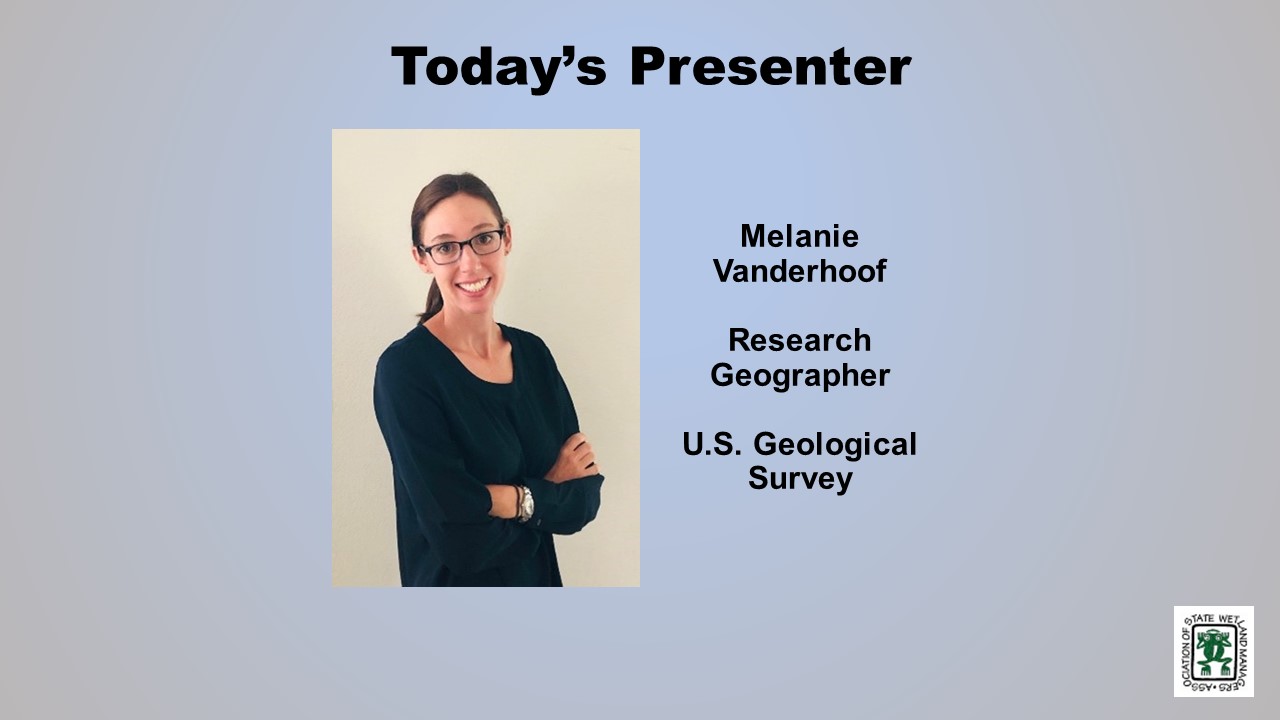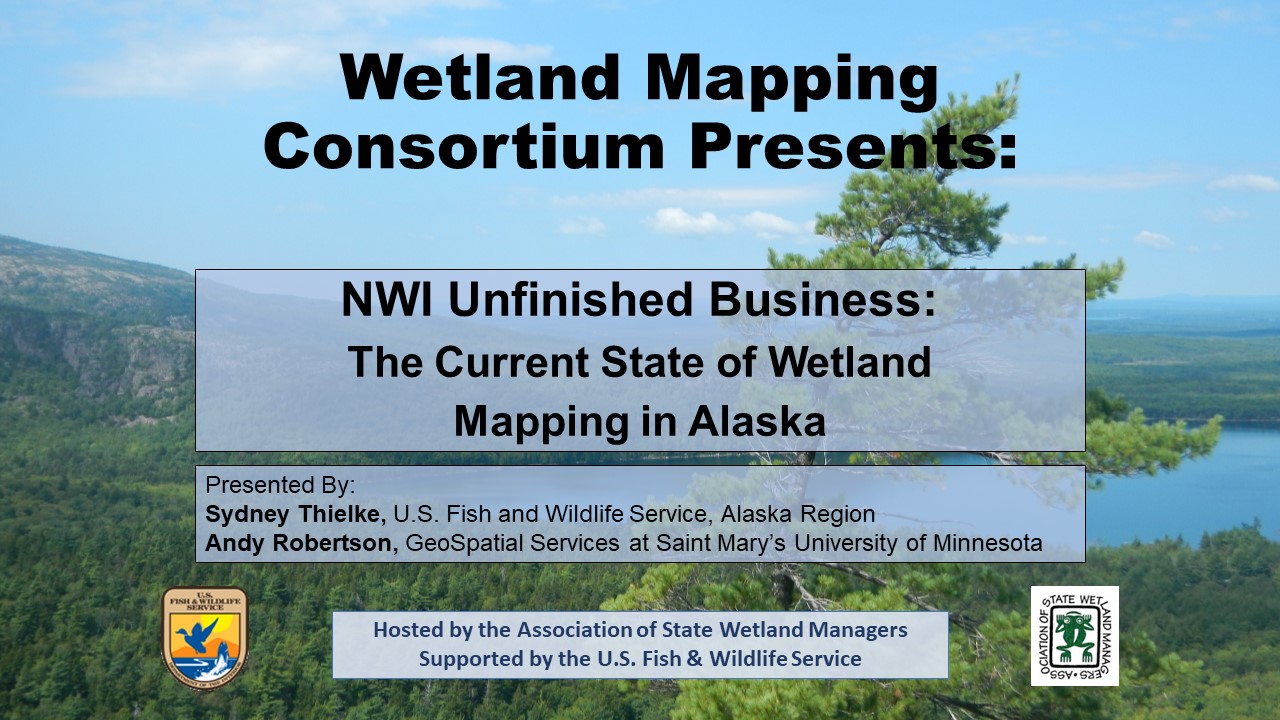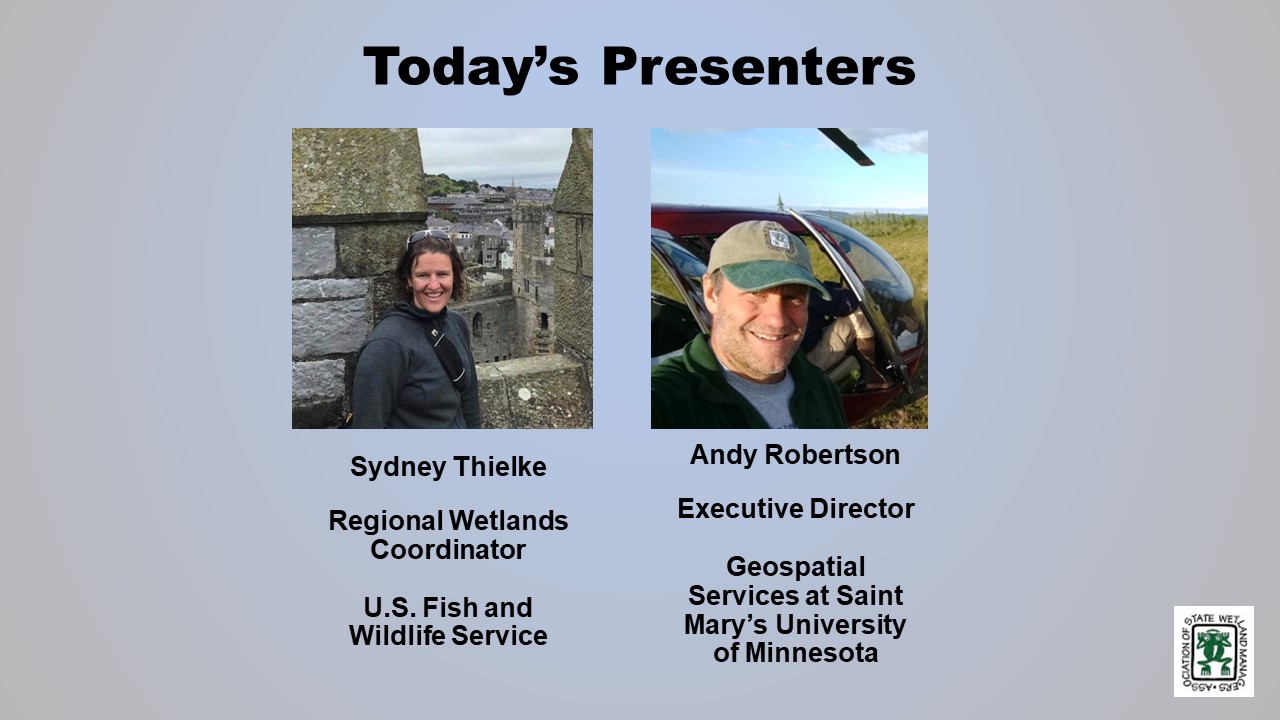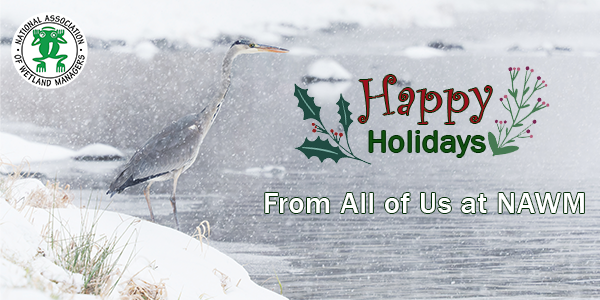NAWM
The National Association of Wetland Managers is a nonprofit membership organization established in 1983 to promote and enhance protection and management of wetland resources, to promote application of sound science to wetland management efforts and to provide training and education for our members and the public. Membership is open to anyone who is involved with wetland resources.
NWI Data in Support of Conservation Efforts and Habitat Modeling
Held Tuesday, December 3, 2019 - 3:00pm-4:00pm Eastern
PRESENTER
- Rusty Griffin, U.S. Fish and Wildlife Service
ABSTRACT
This session provided an overview of advances in NWI data, analysis, and novel methods to utilize NWI wetland data and Wetland Status and Trends reports to support conservation efforts. It highlighted the specific applications of these methods that have been utilized by the Fish and Wildlife Service in SSA (Species Status Assessment) development and highlight for broader wetland conservation.
BIO
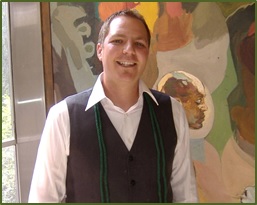 Rusty Griffin is a Physical Scientist for the U.S. Fish and Wildlife Service's, National Standards and Support Team in Madison Wisconsin. He is the National Wetlands Coordinator for the National Wetlands Inventory, responsible for quality assurance/quality control and national consistency for the wetlands layer of the National Spatial Data Infrastructure. Rusty has over 12 years of experience in wetland mapping – creating NWI maps as a private contractor and a federal employee, holds a B.S. in Geology from Portland State University, Masters of Natural Resources from Utah State, and is a member of the National Technical Committee for Hydric Soils.
Rusty Griffin is a Physical Scientist for the U.S. Fish and Wildlife Service's, National Standards and Support Team in Madison Wisconsin. He is the National Wetlands Coordinator for the National Wetlands Inventory, responsible for quality assurance/quality control and national consistency for the wetlands layer of the National Spatial Data Infrastructure. Rusty has over 12 years of experience in wetland mapping – creating NWI maps as a private contractor and a federal employee, holds a B.S. in Geology from Portland State University, Masters of Natural Resources from Utah State, and is a member of the National Technical Committee for Hydric Soils.
Please click only once on each video recording to view in this window.
![]()
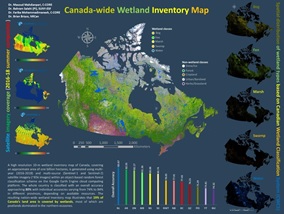
Wetland Inventory of Canada Using Optical and RADAR EO Data and Google Earth Cloud Computing
Held Wednesday, November 13, 2019 - 3:00pm-4:30pm Eastern
INTRODUCTION
- Marla Stelk, Executive Director, Association of State Wetland Managers [PRESENTATION PDF]
PRESENTER
- Bahram Salehi, PhD, PEng. Assistant Professor of Remote Sensing Engineering, State U of New York, College of Environmental Science and Forestry [PRESENTATION PDF]
ABSTRACT
Wetland Inventory Map of CANADA
In this talk, I presented our most-recent wetland inventory map of Canada developed using an object-based random forest classification method built on the Google Earth Engine Cloud Computing Platform. The inventory was resulted from the processing of some 65000 optical and SAR Sentinel imagery, acquired in summers of 2016, 2017, and 2018. The map, covering all ten provinces and three northern territories, consists of five major wetland classes of bog, fen, marsh, swamp, and shallow water for all provinces and territories as well as other classes such as forests, cropland, urban, ice/snow depending on the existence of such classes in the specific province/territory. The overall classification accuracy of the entire country is about 80% with individual class accuracies ranging from 74% to 84%. Results show that 19% of Canada’s land areas is covered by wetlands, most of which are peatlands.
BIO
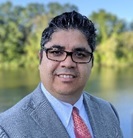 Bahram Salehi is an Assistant Professor of Remote Sensing Engineering at the Department of Environmental Resource Engineering, College of Environmental Science and Forestry (ESF), State University of New York (SUNY) (https://www.esf.edu/faculty/salehi/) and an Adjunct Professor at Memorial University of Newfoundland, Canada. He has over 17 years of academic and industrial R&D experience in the broad area of remote sensing for both algorithm and application development. Dr. Salehi is the author (or co-author) of more than 40 peer-reviewed journal papers and book chapters and is an editorial board member at Remote Sensing – Open Access Journal. Bahram is the recipient of the 2019 CRSS-SCT Medal for “his early career achievements as a young scientist in the field of remote sensing and for his dedication to the Canadian Remote Sensing Society”.
Bahram Salehi is an Assistant Professor of Remote Sensing Engineering at the Department of Environmental Resource Engineering, College of Environmental Science and Forestry (ESF), State University of New York (SUNY) (https://www.esf.edu/faculty/salehi/) and an Adjunct Professor at Memorial University of Newfoundland, Canada. He has over 17 years of academic and industrial R&D experience in the broad area of remote sensing for both algorithm and application development. Dr. Salehi is the author (or co-author) of more than 40 peer-reviewed journal papers and book chapters and is an editorial board member at Remote Sensing – Open Access Journal. Bahram is the recipient of the 2019 CRSS-SCT Medal for “his early career achievements as a young scientist in the field of remote sensing and for his dedication to the Canadian Remote Sensing Society”.
Please click only once on each video recording to view in this window.
National Land Cover Database 2016, General Overview and Applications to Wetland Assessments
Held Wednesday, October 23, 2019
INTRODUCTION
- William Dooley, Policy Analyst, Association of State Wetland Managers[PRESENTATION PDF]
PRESENTERS
- Dr. Collin Homer, U.S. Geological Survey [PRESENTATION PDF]
- Dr. George Xian, U.S. Geological Survey [PPRESENTATION PDF]
ABSTRACTS
Collin Homer
The U.S. Geological Survey (USGS) in collaboration with the Multi-Resolution Land Characteristics Consortium (MRLC) has recently released the latest version of the National Land Cover Database (NLCD 2016) for the conterminous United States. This suite of products includes land cover and urban imperviousness for 2001-2016, tree canopy for 2011 – 2016 and new shrub/grass products for 1984-2016 across the conterminous U.S. NLCD 2016 offers users an unprecedented set of land cover and land cover change products which have been designed to further expand and advance NLCD applications. National results of the NLCD 2016 land cover product will be examined, with specific focus on class distribution patterns and prominent change patterns. Users can download all NLCD 2016 products here.
George Xiam
National Land Cover Database – Wetland
Wetlands provide important roles to maintain ecosystems health and to benefit society. Wetland type varies by vegetation type, structure and density, as well as soil and hydroperiod. The National Land Cover Database (NLCD) uses Landsat imagery and other ancillary data to map land cover and change for the nation. One of ancillary datasets used in NLCD is National Wetland Inventory (NWI) data. NWI is used to improve wetland mapping accuracy and to characterize wetland change. NLCD has two wetland types: woody wetland and herbaceous wetland. In this presentation, the efforts in mapping national wetland areas across conterminous United States were introduced. The presentation also focused on using the newly released NLCD 2016 products to assess national wetland distributions and change from 2001 to 2016 in every 2 to 3 years. The analysis results highlight national wetland conditions and changes in both national and regional scales.
BIOS
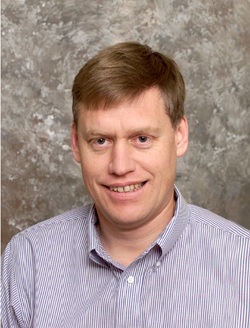 Collin Homer is a Research Biologist and Director National Land Cover Database with U.S. Geological Survey (USGS), EROS Center. For over 25 years, Collin has been focused on the research and development of effective landscape scale remote sensing products, methods, and databases that address large area land cover and biological issues. This includes such products as the National Land Cover Database, and the North American Land Change Monitoring System. He serves as the coordinator of the Federal agency Multi Resolution Land Characteristics Consortium that coordinates National land cover production for 10 Federal agencies. He continues to conduct land cover change research and analysis at North American, National and Region scales, developing monitoring applications for biological, ecological, and climate science. He extensively collaborates with USGS Ecosystem scientists and BLM land managers and is currently located in the USGS Ecosystem office at Boise, Idaho. Collin has a BS in Geography from Weber State University, an MS in Wildlife Management, with Emphasis on Geographic Information Systems/Remote Sensing from Utah State University, and a PhD in Geospatial Science and Engineering from South Dakota State University.
Collin Homer is a Research Biologist and Director National Land Cover Database with U.S. Geological Survey (USGS), EROS Center. For over 25 years, Collin has been focused on the research and development of effective landscape scale remote sensing products, methods, and databases that address large area land cover and biological issues. This includes such products as the National Land Cover Database, and the North American Land Change Monitoring System. He serves as the coordinator of the Federal agency Multi Resolution Land Characteristics Consortium that coordinates National land cover production for 10 Federal agencies. He continues to conduct land cover change research and analysis at North American, National and Region scales, developing monitoring applications for biological, ecological, and climate science. He extensively collaborates with USGS Ecosystem scientists and BLM land managers and is currently located in the USGS Ecosystem office at Boise, Idaho. Collin has a BS in Geography from Weber State University, an MS in Wildlife Management, with Emphasis on Geographic Information Systems/Remote Sensing from Utah State University, and a PhD in Geospatial Science and Engineering from South Dakota State University.
 Dr. George Xian, a Research Physical Scientist, works on national land cover and land change research and applications using remote sensing data at U.S. Geological Survey (USGS) Earth Resources Observation and Science Center (EROS). He has extensive experiences in remote sensing data application for land cover characterization and land cover change assessment. He has specialized in using multi-type remote sensing data the USGS land resources monitoring and change projects as a science lead and a coordinator. He has developed a broad connection with scientific community in natural resources change monitoring and change assessment using remote sensing information. During the past 10 years, he has focused on using multi-type remote sensing data and environmental models for land cover characterization, environmental change analysis, and urban growth and associated environment effect assessments across the United States. He has published numerous peer reviewed journal articles and book chapters. He also serves as an editor-in-chief of the journal Remote Sensing Applications: Society and Environment.
Dr. George Xian, a Research Physical Scientist, works on national land cover and land change research and applications using remote sensing data at U.S. Geological Survey (USGS) Earth Resources Observation and Science Center (EROS). He has extensive experiences in remote sensing data application for land cover characterization and land cover change assessment. He has specialized in using multi-type remote sensing data the USGS land resources monitoring and change projects as a science lead and a coordinator. He has developed a broad connection with scientific community in natural resources change monitoring and change assessment using remote sensing information. During the past 10 years, he has focused on using multi-type remote sensing data and environmental models for land cover characterization, environmental change analysis, and urban growth and associated environment effect assessments across the United States. He has published numerous peer reviewed journal articles and book chapters. He also serves as an editor-in-chief of the journal Remote Sensing Applications: Society and Environment.
Please click only once on each video recording to view in this window.
![]()
National Riparian Areas Base Map: Development & Applications
Held Wednesday, October 2, 2019 - 3:00-4:30 p.m. Eastern
INTRODUCTION
- William Dooley, Policy Analyst, Association of State Wetland Managers [PRESENTATION PDF]
PRESENTERS
- Sinan Abood, U.S. Forest Service [PRESENTATION PDF]
- Daniel Rosenbaum, U.S. Environmental Protection Agency [PRESENTATION PDF]
- Rebecca Lilja, U.S. Forest Service [PRESENTATION PDF]
ABSTRACTS
Sinan Abood
Riparian zones are important natural resources that capture the transitional area between terrestrial and aquatic ecosystems with specific vegetation and soil characteristics which provides irreplaceable values/ecosystem functions and are very responsive to changes in land management activities. Delineating and quantifying riparian areas is an essential step in riparian inventory monitoring, planning, management, and policy decisions and also, in preserving its valuable ecological functions. The Riparian Buffer Delineation model (RBDM)v5.x recognizes the dynamic and transitional nature of riparian areas by accounting for hydrologic, geomorphic and vegetation data as inputs. Here we present and for the first time a national riparian areas base map in 1:100K scale at 10-meter spatial resolution and the associated modeling technique.
Daniel Rosenbaum
When considering a classification of riparian areas, high resolution (1 meter) offers significantly more in the way of detail, adding 900 one-meter pixels for every pixel of a 30-meter product (e.g., National Land Cover Dataset). As cloud-based computing continues to be mainstreamed into remote sensing, platforms like Google Earth Engine showcase powerful parallel processing abilities and on-the-fly data visualizations that lend themselves well to classifying large geographic areas quickly, but with steep learning curves and challenges that can make getting a refined product difficult. This project, still incomplete, sets out to classify functional and fixed-width riparian zones using Google Earth Engine and to test the capabilities of Google Earth Engine for developing high resolution land cover classifications. Results from this project are compared to products developed for EPA’s EnviroAtlas ecosystem service web tool.
Rebecca Lilja
Using the National Riparian Area Base Map in Forests to Faucets 2.0
Forests to Faucets 2.0 is an update to the 2011 Forests to Faucets assessment and utilizes the new National Riparian Area Base Map to determine the percent of the riparian area that is natural cover in each subwatershed across the Continental US. Using these data and other biophysical characteristics, the Forests to Faucets 2.0 evaluates a subwatersheds natural ability to produce clean water, identifies those subwatersheds important to downstream surface drinking water supplies, and estimates the potential risks to these watersheds from fire, insect and disease, water quantity, and development.
BIOS
 Sinan Abood is a Research Scientist with Watershed, Fish, Wildlife, Air & Rare Plants program at the USDA Forest Service-Washington office. PhD in environmental engineering focused on GIS and remote sensing applications. His research interests include remote sensing, GIS/geospatial programming, UAS applications, machine learning and developing geospatial models for environmental applications. He is interested in developing applied spatial solutions to quantify and monitor earth resources. He developed and maintained Riparian Buffer Delineation Model (RBDM) for mapping riparian areas utilizing free available datasets. For more information, go here.
Sinan Abood is a Research Scientist with Watershed, Fish, Wildlife, Air & Rare Plants program at the USDA Forest Service-Washington office. PhD in environmental engineering focused on GIS and remote sensing applications. His research interests include remote sensing, GIS/geospatial programming, UAS applications, machine learning and developing geospatial models for environmental applications. He is interested in developing applied spatial solutions to quantify and monitor earth resources. He developed and maintained Riparian Buffer Delineation Model (RBDM) for mapping riparian areas utilizing free available datasets. For more information, go here.
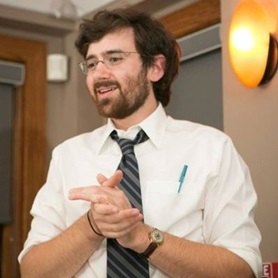 Daniel Rosenbaum is an Oak Ridge Institute for Science and Education (ORISE) participant at the United States Environmental Protection Agency in the Office of Research and Development in Research Triangle Park, NC. At the EPA, his work has been on the EnviroAtlas project working on high resolution land cover classifications, web tool development, and public health research. He holds a Master of Science in Public Health from the University of North Carolina, Chapel Hill.
Daniel Rosenbaum is an Oak Ridge Institute for Science and Education (ORISE) participant at the United States Environmental Protection Agency in the Office of Research and Development in Research Triangle Park, NC. At the EPA, his work has been on the EnviroAtlas project working on high resolution land cover classifications, web tool development, and public health research. He holds a Master of Science in Public Health from the University of North Carolina, Chapel Hill.
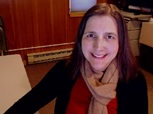 Rebecca Lilja is a Geospatial Information Systems (GIS) Specialist with the USDA Forest Service, Eastern Region, State & Private Forestry located in Durham, NH. She has been assessing the connection between forests and water since 2005, and is an author of Forests, Water and People: Drinking water supply and forest lands in the Northeast and Midwest United States (2009), Private forests, housing growth, and America’s water supply: A report from the Forests on the Edge and Forests to Faucets Projects (2014), and Forests to Faucets 2.0 (2019).
Rebecca Lilja is a Geospatial Information Systems (GIS) Specialist with the USDA Forest Service, Eastern Region, State & Private Forestry located in Durham, NH. She has been assessing the connection between forests and water since 2005, and is an author of Forests, Water and People: Drinking water supply and forest lands in the Northeast and Midwest United States (2009), Private forests, housing growth, and America’s water supply: A report from the Forests on the Edge and Forests to Faucets Projects (2014), and Forests to Faucets 2.0 (2019).
Please click only once on each video recording to view in this window.
![]()
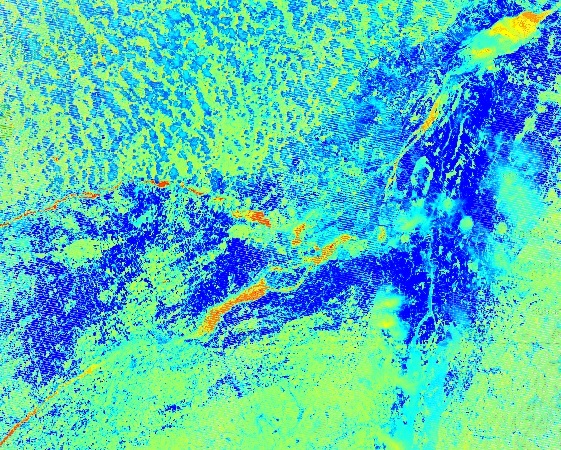
Lessons Learned from the Minnesota NWI Update
Held Wednesday, September 4, 2019 - 3:00pm-4:30pm EDT
INTRODUCTION
- William Dooley, Policy Analyst, Association of State Wetland Managers[POWERPOINT PRESENTATION]
PRESENTERS
- Steve Kloiber, Minnesota Department of Natural Resources
- Robb Macleod, Ducks Unlimited
- Kevin Stark, Saint Mary’s University of Minnesota
[JOINT POWERPOINT PRESENTATION]
ABSTRACT
The Minnesota Department of Natural Resources has completed a 10-year effort to update the state’s National Wetlands Inventory maps for the first time since the U.S. Fish and Wildlife Service completed wetland mapping roughly four decades ago. Updating the inventory was critical for continued support of wetland planning and management needs. As such, the update reflects the latest technology in remote sensing and mapping. This presentation provided an overview of the project including, partners, methods, timeline, and costs. We also presented and discussed the lessons learned from this project and provide thoughts on future directions for wetland mapping.
BIOS
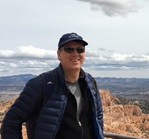 Steve Kloiber was the wetland monitoring coordinator for the DNR, where he oversaw the update of the National Wetland Inventory and the wetland status and trends monitoring program. He recently started a new position at the Minnesota DNR as the Lake Ecology Unit Supervisor. Prior to working at the DNR, he was the lead environmental analyst for the Metropolitan Council of the Twin Cities, and he served on the Nine Mile Creek Watershed District Board for 12 years. He has over 25 years of experience in water resources and GIS. He received his masters and PhD from the University of Minnesota in environmental engineering with a minor in water resources science.
Steve Kloiber was the wetland monitoring coordinator for the DNR, where he oversaw the update of the National Wetland Inventory and the wetland status and trends monitoring program. He recently started a new position at the Minnesota DNR as the Lake Ecology Unit Supervisor. Prior to working at the DNR, he was the lead environmental analyst for the Metropolitan Council of the Twin Cities, and he served on the Nine Mile Creek Watershed District Board for 12 years. He has over 25 years of experience in water resources and GIS. He received his masters and PhD from the University of Minnesota in environmental engineering with a minor in water resources science.
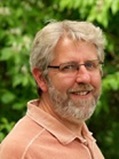 Robb Macleod is the National GIS Coordinator for Ducks Unlimited. He has been working for Ducks Unlimited in the GIS and Remote Sensing field for over 25 years. His current duties include coordinating all of the geospatial activities for Ducks Unlimited. Robb has been active in mapping wetlands in the Great Lakes for over 19 years with previous experience mapping wetlands and land cover in Alaska.
Robb Macleod is the National GIS Coordinator for Ducks Unlimited. He has been working for Ducks Unlimited in the GIS and Remote Sensing field for over 25 years. His current duties include coordinating all of the geospatial activities for Ducks Unlimited. Robb has been active in mapping wetlands in the Great Lakes for over 19 years with previous experience mapping wetlands and land cover in Alaska.
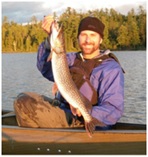 As the assistant director, Kevin Stark is responsible for co-management of GeoSpatial Services projects and staff. GeoSpatial Services is engaged in a wide variety of projects across the Lower 48 and Alaska including National Wetland Inventory; National Hydrography Dataset updates; spatial data development; and, natural resource condition assessments. In his 13-year tenure at GeoSpatial services, Kevin has worked on a wide variety of projects from the first National Park Service - Natural Resource Condition Assessment to several landscape-scale wetland functional assessments and many GIS data development and analyses projects. To date, he has directly contributed to wetland mapping and assessment projects in 9 different states. Kevin received a B.S in Forestry from the University of Wisconsin – Stevens Point and an M.S. in Geographic Information Science from Saint Mary’s University of Minnesota.
As the assistant director, Kevin Stark is responsible for co-management of GeoSpatial Services projects and staff. GeoSpatial Services is engaged in a wide variety of projects across the Lower 48 and Alaska including National Wetland Inventory; National Hydrography Dataset updates; spatial data development; and, natural resource condition assessments. In his 13-year tenure at GeoSpatial services, Kevin has worked on a wide variety of projects from the first National Park Service - Natural Resource Condition Assessment to several landscape-scale wetland functional assessments and many GIS data development and analyses projects. To date, he has directly contributed to wetland mapping and assessment projects in 9 different states. Kevin received a B.S in Forestry from the University of Wisconsin – Stevens Point and an M.S. in Geographic Information Science from Saint Mary’s University of Minnesota.
Please click only once on each video recording to view in this window.
![]()
Mapping Wetland Inundation Dynamics and Wetland Change using Google Earth Engine
Held Wednesday, August 21, 2019 - 3:00pm-4:30pm EDT
INTRODUCTION
- William Dooley, Policy Analyst, Association of State Wetland Managers [PRESENTATION PDF]
PRESENTERS
- Qiusheng Wu, PhD, University of Tennessee [PRESENTATION PDF]
- Melanie Vanderhoof, PhD, U.S. Geological Survey [PRESENTATION PDF]
ABSTRACTS
Qiusheng Wu, PhD
Wetlands are dynamic ecosystems exhibiting inter- and intra-annual inundation dynamics. By integrating Light Detection and Ranging (LiDAR) data and multi-temporal 1-m resolution NAIP imagery, we developed a fully automated approach to delineate wetland inundation extent at watershed scales in the Prairie Pothole Region using Google Earth Engine (GEE). Our automated algorithm provides a practical, reproducible, and scalable framework, which can be easily adapted to delineate wetland inundation dynamics at broad geographic scales. The GEE source code for this project is available here.
Melanie Vanderhoof, PhD
Melanie, in collaboration with U.S. EPA, Region 3, presented early-stage findings for an ongoing research project to concurrently track bare soil disturbance and surface water dynamics across the Mid-Atlantic Region. The project aims to (1) distinguish temporary water losses (e.g., droughts) from permanent water losses (e.g., wetland fill), and (2) reduce the limitation of Landsat to detect small or narrow water bodies. The algorithms are run in Google Earth Engine using the Landsat archive.
BIOS
 Qiusheng Wu is an Assistant Professor in the Department of Geography at the University of Tennessee, Knoxville. His research interests include Geographic Information Science (GIS), remote sensing, and environmental modeling. More specifically, he is interested in applying geospatial big data, machine learning, and cloud computing (e.g., Google Earth Engine) to study environmental change, especially surface water and wetland inundation dynamics. He has developed and maintained various open-source packages for advanced geospatial analysis, which are available on GitHub. More information about his research can be found here.
Qiusheng Wu is an Assistant Professor in the Department of Geography at the University of Tennessee, Knoxville. His research interests include Geographic Information Science (GIS), remote sensing, and environmental modeling. More specifically, he is interested in applying geospatial big data, machine learning, and cloud computing (e.g., Google Earth Engine) to study environmental change, especially surface water and wetland inundation dynamics. He has developed and maintained various open-source packages for advanced geospatial analysis, which are available on GitHub. More information about his research can be found here.
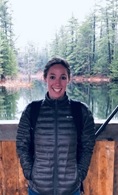 Melanie Vanderhoof is a Research Geographer with the U.S. Geological Survey in Denver, Colorado. She received her PhD in Geography from Clark University in Worcester, Massachusetts. Her research uses diverse sources of satellite imagery to explore how ecosystems change over time. In recent years her research has focused on both wetlands and river system dynamics as well as patterns in post-fire condition and regeneration. She is particularly interested in efforts to distinguish changes induced by climate anomalies from changes induced by shifts in human land use.
Melanie Vanderhoof is a Research Geographer with the U.S. Geological Survey in Denver, Colorado. She received her PhD in Geography from Clark University in Worcester, Massachusetts. Her research uses diverse sources of satellite imagery to explore how ecosystems change over time. In recent years her research has focused on both wetlands and river system dynamics as well as patterns in post-fire condition and regeneration. She is particularly interested in efforts to distinguish changes induced by climate anomalies from changes induced by shifts in human land use.
Please click only once on each video recording to view in this window.
![]() Mapping Thirty Years of Wetland Surface Water Dynamics Using Landsat Satellite Imagery: Implications for Climate Change and Species Management
Mapping Thirty Years of Wetland Surface Water Dynamics Using Landsat Satellite Imagery: Implications for Climate Change and Species Management
Held Thursday, June 20, 2019 - 3:00 p.m.-4:30 p.m. Eastern
INTRODUCTION
William Dooley, Policy Analyst, Association of State Wetland Managers [PRESENTATION PDF]
PRESENTERS
- Meghan Halabisky, Ph.D., Lead Scientist with Conservation Science Partners [PRESENTATION PDF]
- Amanda Kissel, Ph.D., Lead Scientist with Conservation Science Partners [PRESENTATION PDF]
ABSTRACT
Wetlands are dynamic systems with complex hydrological regimes. Here we presented a novel sub-pixel remote sensing technique of a time series of Landsat satellite imagery to reconstruct long-term and seasonal surface water dynamics for individual wetlands at the landscape scale. In addition to describing these methods we illustrated two applications; mapping and modeling historic change and climate change impacts to wetlands and species habitat mapping for amphibians in the California Central Valley.
BIOS
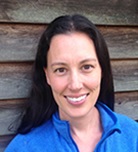 Meghan Halabisky is a lead scientist at Conservation Science Partners and a research scientist at the University of Washington Remote Sensing and Geospatial Analysis Lab (RSGAL). Her interests lie in understanding ecosystem dynamics and landscape change through the development and application of high-resolution remote sensing tools. She completed her PhD at the University of Washington, where she worked to characterize the response of wetland ecosystems to historic and future climate by reconstructing surface water hydrographs for thousands of wetlands in Washington State, and using a combination of aerial and satellite imagery. Meghan has a background in conservation management, having previously worked as an operations planner for the Oahu Invasive Species Committee. She has a concurrent master’s – MS/MPA from the Evans School of Public Affairs at the University of Washington.
Meghan Halabisky is a lead scientist at Conservation Science Partners and a research scientist at the University of Washington Remote Sensing and Geospatial Analysis Lab (RSGAL). Her interests lie in understanding ecosystem dynamics and landscape change through the development and application of high-resolution remote sensing tools. She completed her PhD at the University of Washington, where she worked to characterize the response of wetland ecosystems to historic and future climate by reconstructing surface water hydrographs for thousands of wetlands in Washington State, and using a combination of aerial and satellite imagery. Meghan has a background in conservation management, having previously worked as an operations planner for the Oahu Invasive Species Committee. She has a concurrent master’s – MS/MPA from the Evans School of Public Affairs at the University of Washington.
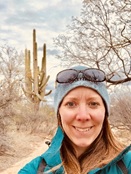 Amanda Kissel is an applied ecologist interested in how we can use species’ life history data linked to biotic and abiotic processes to both forecast declines and quantify the potential for recovery within a population or a species. Her work has covered a range of conservation issues, from recovering populations on the brink of extirpation to understanding how climate change will affect currently stable populations of montane amphibians. The common thread that ties her research together is providing a strong, quantitative framework for decision-making (present and future) that is grounded in species’ biology. Amanda has 14 years of field and research experience across various landscapes in the Western US and Canada. She received her PhD in 2017 from Simon Fraser University in Vancouver, BC, where she was a member of the Earth to Ocean research group. She recently returned to her home state of Colorado to be part of the CSP team.
Amanda Kissel is an applied ecologist interested in how we can use species’ life history data linked to biotic and abiotic processes to both forecast declines and quantify the potential for recovery within a population or a species. Her work has covered a range of conservation issues, from recovering populations on the brink of extirpation to understanding how climate change will affect currently stable populations of montane amphibians. The common thread that ties her research together is providing a strong, quantitative framework for decision-making (present and future) that is grounded in species’ biology. Amanda has 14 years of field and research experience across various landscapes in the Western US and Canada. She received her PhD in 2017 from Simon Fraser University in Vancouver, BC, where she was a member of the Earth to Ocean research group. She recently returned to her home state of Colorado to be part of the CSP team.
For more information about the Wetland Mapping Consortium, related topics and resources, visit ASWM’s website here.
Please click only once on each video recording to view in this window.
![]() View Past Wetland Mapping Consortium Webinars
View Past Wetland Mapping Consortium Webinars
PDF List of Past Wetland Mapping Consortium Webinar Recordings
View Upcoming Wetland Mapping Consortium Webinars
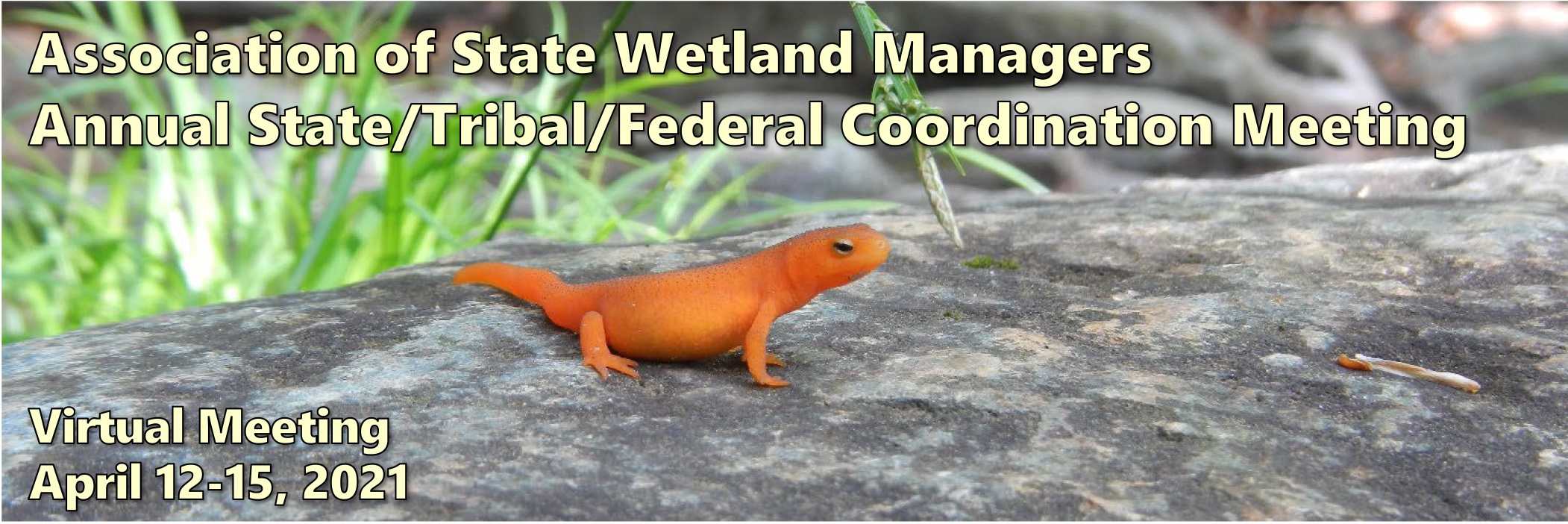
Adaptation & Resiliency for the Advancement of Wetland Science, Policy and Practice
MEETING MATERIALS
Speaker Presentations for Monday, April 12th; Tuesday, April 13th; Wednesday, April 14th; and Thursday, April 15th
Recordings now available for Monday, April 12, 2021; Tuesday, April 13, 2021; Wednesday, April 14, 2021; and Thursday, April 15, 2021.
- To view presentations and recordings, click here.
- Then enter the password provided to view presentations and recordings.
Jon A. Kusler Student Scholarship Awardees
Related Materials
NAWM - Assumption Informatoin and Tools
NAWM - Developing Wetland Program Regulatory Capacity
Coalition for National Wetlands Inventory - Ducks Unlimited
Society of Wetland Scientists - Professional Certification Program
National Tribal Water Council Letter - EPA Consultation Tribal Comments - Submitted by Nancy Schuldt
WOTUS Diagram - Submitted by Mark Ryan
Section 401 Water Quality Certification Backgrounds - Submitted by Pat Parenteau
Development of Statewide Water Quality Standards for Utah Wetlands - Submitted by Becka Downard
NAWM Publications
Urban Wetlands Protection and Restoration Guide (2021)
NAWM's Pipeline Permitting Project Publications (2017)
Wetland Restoration: Contemporary Issues & Lessons Learned (2017)
NAWM Wetland Communications Case Studies Project Report (2017)
A Comparative Analysis of Ecosystem Service Valuation Decision Support Tools for Wetland Restoration (2016)
Government Liability and Climate Change: Selected Issues for Wetland and Floodplain Managers (2016)
Status and Trends Report on State Wetland Programs in the United States (2015)
Please see our Sponsor Exhibit page for more information.
Thank you to our Osprey Sponsor!
https://www.youtube.com/watch?v=9XFtZ2OeZsM
Thank you to our Loon Sponsor!
Thank you to our Kingfisher Sponsors!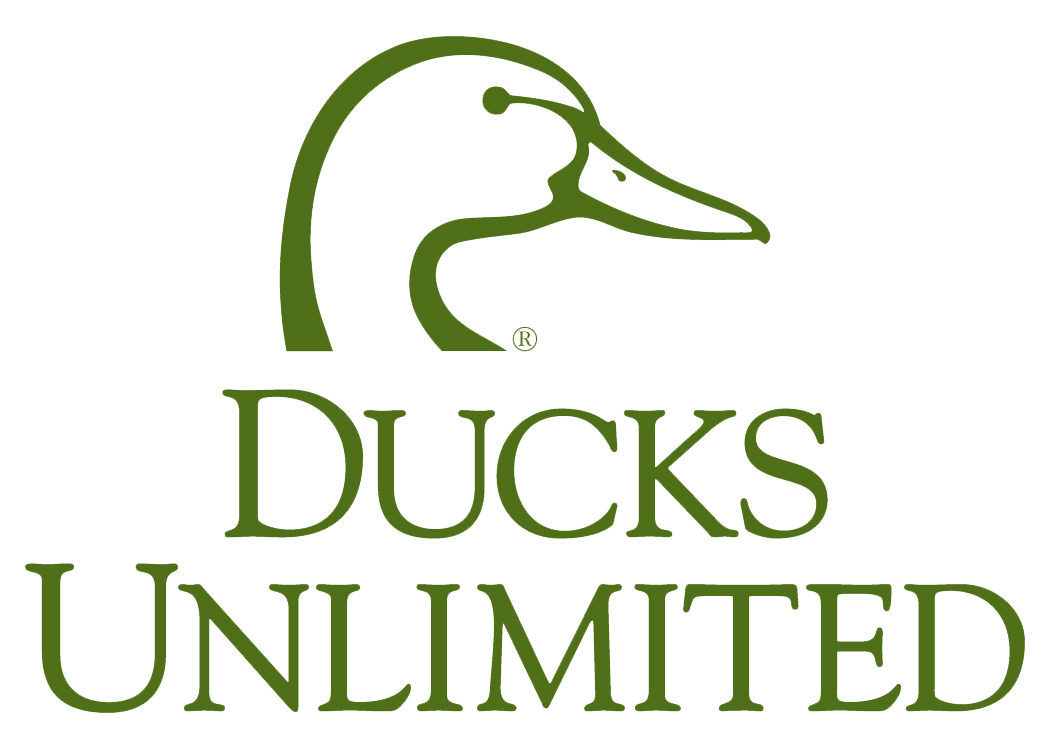
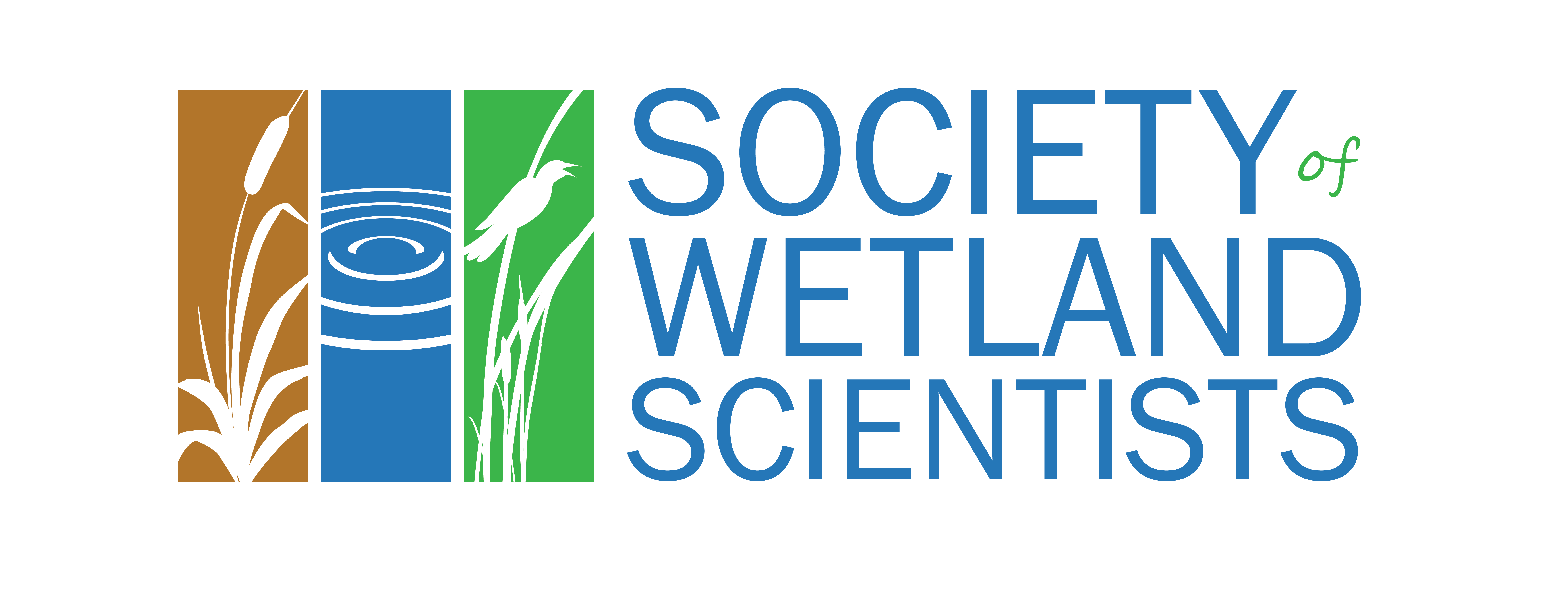

Adaptation & Resiliency for the Advancement of Wetland Science, Policy and Practice
SPONSORSHIP EXHIBIT PAGE
Thank you to our Generous Sponsors!
| OSPREY SPONSOR |
||||
|
|
||||
LOON SPONSOR |
||||
|
|
||||
|
|
||||
 The mission of the Society of Wetland Scientists (SWS) is to promote understanding, conservation, protection, restoration, science-based management, and sustainability of wetlands. The mission of the Society of Wetland Scientists (SWS) is to promote understanding, conservation, protection, restoration, science-based management, and sustainability of wetlands. |
||||
The Expanding Role of Automated Feature Extraction in Wetlands Mapping
Held Wednesday, April 21, 2021 - 3-4:30 pm Eastern
INTRODUCTION
- William Dooley, Policy Analyst, Association of State Wetland Managers [PRESENTATION PDF]
PRESENTER
- Sean MacFaden, University of Vermont Spatial Analysis Laboratory [PRESENTATION PDF]
ABSTRACT
Recent advances in remote sensing have changed how landscape features are mapped: buildings, trees, water, agriculture, etc. Can these newer techniques, presumably faster and more cost-effective, also be used to map wetlands? As complex ecological phenomena, wetlands do not have the discrete edges of buildings or other readily-defined features, and even wetland ecologists debate the nature and precision of wetland\upland transitions in the field. Manual interpretation of aerial imagery is a time-tested and effective method for creating wetland maps, but this approach is laborious and does not always capture forested wetlands and other features that are difficult to discern from above. This presentation discussed a semi-automated mapping approach that first uses high-resolution LiDAR and imagery, in combination with object-based image analysis techniques, to identify and provisionally classify wetlands. Initial mapping is then followed by manual review and correction to address errors of omission and commission and to expand wetland labeling (i.e., uncommon classes that are difficult to automate). The overall goal is to produce NWI-compliant wetlands maps more efficiently and frequently, providing data appropriate for contemporary management and future change detection.
BIO
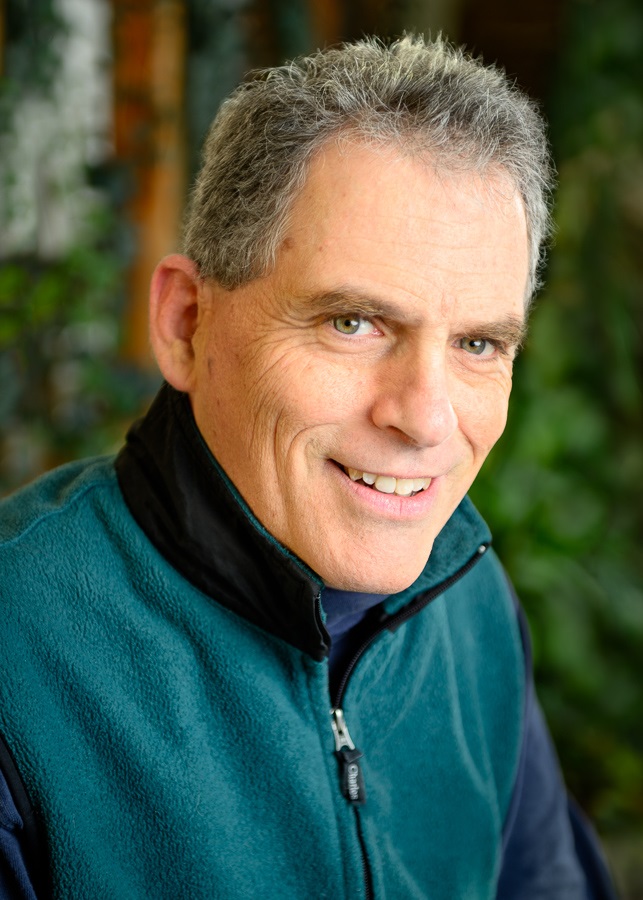 Sean MacFaden is a geospatial analyst with the University of Vermont Spatial Analysis Laboratory. He has a B.S. in Biology from Williams College, an M.S. in Wildlife and Fisheries Biology from the University of Vermont, and more than 25 years of experience in the application of geospatial technologies to natural resources issues. His work focuses on the effective mapping and interpretation of landscapes and their component features, both ecological and anthropogenic. Most recently, his research has focused on high-resolution mapping applications for tree canopy, wetlands, eroded forest roads, and vernal pools.
Sean MacFaden is a geospatial analyst with the University of Vermont Spatial Analysis Laboratory. He has a B.S. in Biology from Williams College, an M.S. in Wildlife and Fisheries Biology from the University of Vermont, and more than 25 years of experience in the application of geospatial technologies to natural resources issues. His work focuses on the effective mapping and interpretation of landscapes and their component features, both ecological and anthropogenic. Most recently, his research has focused on high-resolution mapping applications for tree canopy, wetlands, eroded forest roads, and vernal pools.
Please click only once on each video recording to view in this window.
![]()
Mapping Hydrologic Connectivity and Wetlands with LiDAR: Processes and Techniques from Minnesota and Wisconsin
Held Tuesday, January 19, 2021 - 3:00pm-4:30pm Eastern
INTRODUCTION
- William Dooley, Policy Analyst, Association of State Wetland Managers[PRESENTATION PDF]
PRESENTERS
- Sean Vaughn, Minnesota IT Services [PRESENTATION PDF]
- Rick Moore, Minnesota IT Services [PRESENTATION PDF]
- Calvin Lawrence, Wisconsin Department of Natural Resources [PRESENTATION PDF]
- Christopher Noll, Wisconsin Department of Natural Resources [PRESENTATION PDF]
WDNR Wisconsin Wetland Inventory (WWI) Map Production SOP
ABSTRACTS
Sean Vaughn
While LiDAR-derived digital elevation models (DEM) are excellent products to characterize earth’s topographic surface with high accuracy and detail, these foundational data cannot fully serve water related business needs because LiDAR does not represent hydrologic connectivity. LiDAR-mapped landscape features, such as road and railroad grades, act like dams in DEM surfaces where culverts and bridges exist underneath. These synthetic digital dam barriers must be breached to replicate true landscape hydrologic connectivity. Termed DEM hydrologic modification in Minnesota, this process involves augmenting source LiDAR elevation values with information about drainage connections at the surface and subsurface of the landscape. This digital-topographic alteration allows modeled water to accurately flow downstream through digital dams resulting in a special hydrologic DEM surface called a hydro-modified DEM (hDEM).
Rick Moore
DEM hydro-modification has a long history in Minnesota, but the work was completed independently by different organizations implementing different levels of hydro-modification. A DEM Hydro-modification workgroup under the 3D Geomatics Committee was formed three years ago bringing together subject matter experts in Minnesota on DEM hydro-modification. This workgroup developed as a community of practice and worked towards developing standards, methodology and protocols pertaining to DEM hydro-modification. Collaborating with other experts allowed the group to develop standardized attributes, templates, and a database of digital dam breachlines acquired from state funded projects for DEM hydro-modification. This dynamic dataset will be the repository for future hDEM development work. This presentation described our collaboration and the products developed by this workgroup.
Calvin Lawrence and Chris Noll
This presentation gave an overview of the LiDAR-derived layers being used by WDNR Wisconsin Wetland Inventory (WWI) staff to produce new & improved wetland and surface water maps for the National Wetland Inventory (NWI). The presenters showed how to incorporate various LiDAR products and visualization methods to improve the quality and consistency of interpreted polygon boundaries and attribution on wetland maps with the aid of bare earth elevation, slope, canopy height models, and more.
BIOS
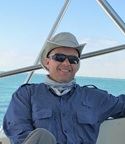 Sean Vaughn is a GIS hydrologist and LiDAR data steward with 25+ years of GIS experience at Minnesota IT Services serving the Department of Natural Resources. In these Hydro/LiDAR roles, he focuses on the development of statewide hydrography GIS datasets and LiDAR-derived products for utilization in water resource management, elevation-derived hydrography, and hydro-terrain analysis. Sean is the cochairmen of the Minnesota 3D Geomatics Committee where he serves as a principal champion for bringing next generation, high-density LiDAR to Minnesota.
Sean Vaughn is a GIS hydrologist and LiDAR data steward with 25+ years of GIS experience at Minnesota IT Services serving the Department of Natural Resources. In these Hydro/LiDAR roles, he focuses on the development of statewide hydrography GIS datasets and LiDAR-derived products for utilization in water resource management, elevation-derived hydrography, and hydro-terrain analysis. Sean is the cochairmen of the Minnesota 3D Geomatics Committee where he serves as a principal champion for bringing next generation, high-density LiDAR to Minnesota.
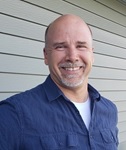 Rick Moore is a GIS Analyst - LiDAR Data Steward with Minnesota IT Services Partnering with the Department of Natural Resources. He graduated from Minnesota State University-Mankato in 2004 with an M.S. degree in Geography specializing in Geographic Information Systems (GIS) and has a BS degree in Geography from the University of Minnesota in 1994. Prior to coming to MNIT@DNR, he worked at the Water Resources Center at Minnesota State University Mankato from 2007 - 2015. Rick focuses on hydro-modification of digital elevation models (DEM) and hydro-terrain analysis using DEMs derived from LiDAR. These hydro-modified DEMs are inputs for hydrologic modeling and applications that target potential locations for agricultural conservation practices.
Rick Moore is a GIS Analyst - LiDAR Data Steward with Minnesota IT Services Partnering with the Department of Natural Resources. He graduated from Minnesota State University-Mankato in 2004 with an M.S. degree in Geography specializing in Geographic Information Systems (GIS) and has a BS degree in Geography from the University of Minnesota in 1994. Prior to coming to MNIT@DNR, he worked at the Water Resources Center at Minnesota State University Mankato from 2007 - 2015. Rick focuses on hydro-modification of digital elevation models (DEM) and hydro-terrain analysis using DEMs derived from LiDAR. These hydro-modified DEMs are inputs for hydrologic modeling and applications that target potential locations for agricultural conservation practices.
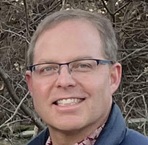 Calvin Lawrence has been vectorizing the Wisconsin Wetland Inventory (WWI) since 1990, first as a student intern at UW Madison and as an LTE with the Wisconsin DNR. Since 1996 unfortunately, he has been the sole FTE working on the GIS side of the inventory for the entire state. But, with the help of many LTE staff over the years as well as partnerships with Southeastern Wisconsin Regional Planning Commission (SEWRPC) and GeoSpatial Services at St. Mary’s University in Minnesota, the last two counties using traditional mapping methods were completed in 2016. Some of those methods used for vectorization from traditional photography have been tweaked and are being applied in the LiDAR arena for wetland mapping.
Calvin Lawrence has been vectorizing the Wisconsin Wetland Inventory (WWI) since 1990, first as a student intern at UW Madison and as an LTE with the Wisconsin DNR. Since 1996 unfortunately, he has been the sole FTE working on the GIS side of the inventory for the entire state. But, with the help of many LTE staff over the years as well as partnerships with Southeastern Wisconsin Regional Planning Commission (SEWRPC) and GeoSpatial Services at St. Mary’s University in Minnesota, the last two counties using traditional mapping methods were completed in 2016. Some of those methods used for vectorization from traditional photography have been tweaked and are being applied in the LiDAR arena for wetland mapping.
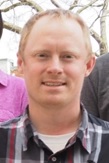 Chris Noll is a GIS developer and cartographer for the Wisconsin Wetland Inventory (WWI). Over the past three years, he led research and development on many of the LiDAR-based approaches discussed in this presentation while working to complete objectives on an EPA Wetland Program Development Grant to overhaul and modernize the WWI. He blends extensive wetland field botany and GIS expertise to specialize in wetland map production, coding workflow efficiency tools using Python, and ongoing R&D of methods that further reduce production costs while maintaining or improving wetland data quality and accuracy.
Chris Noll is a GIS developer and cartographer for the Wisconsin Wetland Inventory (WWI). Over the past three years, he led research and development on many of the LiDAR-based approaches discussed in this presentation while working to complete objectives on an EPA Wetland Program Development Grant to overhaul and modernize the WWI. He blends extensive wetland field botany and GIS expertise to specialize in wetland map production, coding workflow efficiency tools using Python, and ongoing R&D of methods that further reduce production costs while maintaining or improving wetland data quality and accuracy.
Please click only once on each video recording to view in this window.
![]()
View Past Wetland Mapping Consortium Webinars
PDF List of Pas Wetland Mapping Consortium Webinar Recordings
View Upcoming Wetland Mapping Consortium Webinars
National Action Plan to Protect and Restore Floodplains
Held Thursday, February 16, 2023 - 3:00 pm-4:30 pm Eastern
INTRODUCTION AND PRESENTERS
- Eileen Shader, Director, American Rivers
- Marla Stelk, Executive Director, National Association of Wetland Managers
Please click only once on each video recording to view in this window.

Protecting and Restoring Urban Wetlands for Community Benefits
Held Thursday, March 25, 2021 - 3:00 pm-4:30 pm Eastern
INTRODUCTION
- Marla Stelk, Executive Director, Association of State Wetland Managers [PRESENTATION PDF]
PRESENTERS
- William Dooley, Association of State Wetland Managers [PRESENTATION PDF]
- Laurie Gilligan, Colorado Natural Heritage Program [PRESENTATION PDF]
- Jesse Barham, City of Olympia Public Works [PRESENTATION PDF]
ABSTRACT
Wetlands reduce flooding, diminish urban heat, filter water, and provide green spaces for people and wildlife alike making cities more livable. However, state and federal wetland programs often fail to fully recognize and account for the full spectrum of benefits urban wetlands provide. They are often maligned as too small, too ecologically degraded, and facing too many local stressors to be prioritized for restoration and protection by programs with limited available resources. As a result, urban communities are more likely to see their wetland resources developed and impacted while more rural systems are restored and protected. Urban communities' benefit from natural spaces and wetland functions as much as rural areas, even if those natural spaces are not ecologically pristine. Local communities need to take an active role in recognizing, protecting, and restoring their wetland resources. This webinar presented an overview of the needs and challenges surrounding urban wetlands and share examples where communities have taken steps to incorporate wetland resources into broader urban planning and restoration efforts.
Please click only once on each video recording to view in this window.

Disaster Recovery Lessons Learned: Achieving the Best Possible Outcomes for our Communities and Stream Corridors
Tuesday, May 12, 2020 - 3:00pm-4:30pm Eastern
INTRODUCTION
- William Dooley, Policy Analyst, Association of State Wetland Managers [PRESENTATION PDF]
PRESENTERS [PRESENTATION PDF]
- Jeffrey Sickles, Engenuity Engineering Solutions
- Katie Jagt, Watershed Science and Design
- Michael Blazewicz, Round River Design
PRESENTATION DESCRIPTION
This presentation was intended for a wide audience and outlines specific lessons learned during the 2013 Colorado Flood Recovery: some lessons we shared in this are from successes and others are from stumbles, failures, or opportunities that were never realized. The presentation covered highlights of lessons learned from several of the phases and processes involved in recovery including: Organizing for recovery, shared corridors, disaster response, recovery planning, permitting, and pre-disaster planning.
For those interested in reviewing the associated book developed by the presentation team, which goes into more depth on each topic, they can find the document at the link below:
Additional topics covered in the book, but not anticipated to be covered during the presentation, include: the human element, project identification and scoping, design, construction, revegetation, monitoring, and adaptive management.
Please click only once on each video recording to view in this window.

Held Tuesday, March 10, 2020 - 3:00pm-4:30pm
INTRODUCTION
- William Dooley, Policy Analyst, Association of State Wetland Managers [PRESENTATION PDF]
PRESENTER
-
Gilbert M. Gaul, Author [PRESENTATION PDF]
PRESENTATION DESCRIPTION
The last two decades have seen a dramatic increase in losses from hurricanes and floods at the coast – nearly $1 Trillion dollars, with the federal government paying for most of the damage. This talk explored the reasons for the surge in damages and losses, the risks posed by unchecked development on barrier islands, floodplains and wetlands, the likelihood of even larger losses in an age of climate change (warming oceans, sea level rise, bigger & more catastrophic hurricanes and torrential rain bombs), and the ongoing efforts to make coastal communities more resilient.
Please click only once on each video recording to view in this window.
![]()
Focusing on Pre-Event Resilience Building—The Zurich Flood Resilience Alliance Approach
Held Monday, November 18, 2019
Hosted by the Association of State Floodplain Managers
PRESENTER
- Michael Szönyi, MSc, MAS Natural Hazards Management ETH, Flood Resilience Program Lead
Description: In the last five years, a multi-sector alliance of the NGOs sector, academia and Zurich’s risk management experts has focused on shifting from the traditional emphasis on post-event recovery to stress pre-event resilience. More than 110 communities in nine countries have benefited from alliance projects. The evidence-based approach built through dozens of research papers published and implemented in the community programs across the globe illustrates the value of investing in flood resilience.
Flood resilience, however, continues to have trouble gaining wide acceptance and is held back by a lack of investment. According to the ClimateWise Investing for Resilience report, of USD $175 billion economic losses in 2016 that related to natural hazards (of which floods are a major part ) only $50 billion were insured. This $125 billion protection gap is due in part to the lack of evidence of “what works” and because there are few incentives and regulations to encourage investments into sound protection measures at all levels of society. That is why the Alliance’s objectives for the next five-year period will be:
- Supporting the generation of $1 billion in additional funding for flood resilience
- Encouraging effective public policy in support of flood resilience
- Developing sound practices and policy support for flood resilience
- Measurably enhancing flood resilience in vulnerable communities across the world.
“Floods affect more people globally than any other type of natural hazard and cause some of the largest economic, social and humanitarian losses,” said Linda Freiner, Group Head of Sustainability. “By using Zurich’s risk expertise as a global insurer, we can help customers and communities reduce the devastating impacts of floods - even before a flood hits - and build resilience to this disaster. We will work with the alliance members to raise USD $1 billion for investing into building resilience to floods globally – and save lives.”
Alliance members aim to achieve the financial target by rolling out best-practice community programs that will prove the value of resilience-building. The alliance members will share knowledge about the existing and future achievements to encourage various stakeholders to invest in resilience.
Please click only once on each video recording to view in this window.
![]()
Engineering with Nature for Flood Risk Management
Held Tuesday, October 15, 2019 - 3:00 p.m. Eastern
INTRODUCTION
- William Dooley, Policy Analyst, Association of State Wetland Managers [PRESENTATION PDF]
PRESENTER
- Todd Bridges, PhD, U.S. Army Corps of Engineers [PRESENTATION PDF]
ABSTRACT
The webinar provided an update on the USACE Engineering with Nature® initiative, including the recent publication of the book “Engineering With Nature: an Atlas” that includes descriptions of 56 projects around the world. The growing international interest in leveraging natural systems and processes to support engineering functions, while also producing environmental and social value, is reflected in a number of projects, programs, and initiatives around the world, which will be used to highlight the lessons being learned as well as needs and opportunities for the future.
Please click only once on each video recording to view in this window.
Reducing Flood Risk and Restoring Ecosystems through Science and Planning
Held Tuesday, June 4, 2019
INTRODUCTION
- William Dooley, Policy Analyst, Association of State Wetland Managers, Marla Stelk, Executive Director, Association of State Wetland Managers [PRESENTATION PDF]
PRESENTERS
- Kris Johnson, PhD, Associate Director for Science & Planning, North America Agriculture Program, The Nature Conservancy [PRESENTATION PDF]
- Christine Shepard, PhD, Director of Science, Gulf of Mexico Program, The Nature Conservancy [PRESENTATION PDF]
- Lily Verdone, Director of Freshwater and Marine, The Nature Conservancy [PRESENTATION PDF]
ABSTRACTS
Kris Johnson, PhD
Science & decision tools to guide floodplain protection and restoration in the Mississippi Basin
A majority of the floodplains in the Mississippi River Basin have been converted from natural ecosystems to agriculture or development and are hydrologically disconnected and degraded. Protecting and restoring floodplains is critical to reducing flood impacts to people and property, improving water quality, enhancing wildlife habitat and providing other valuable benefits. Although more funding and capacity are needed to increase the scale and pace of restoration, floodplain management decisions can be informed by a new online tool developed by The Nature Conservancy to help prioritize important areas for floodplain conservation and restoration projects.
Christine Shepard, PhD and Lily Verdone
Strategic Property Buyouts to Enhance Flood Resilience: Creating a Model for Flood Risk Reduction, Community Protection, and Environmental Gains
Using post-Hurricane Harvey damage assessments for Harris County, Texas, we created a strategic approach to voluntary property buyouts that prioritizes clustering buyout properties considering their proximity to open spaces as well as additional environmental and social benefits. Our results show that prioritizing buyouts is cost effective and creates green spaces that add multiple values. This study provides a roadmap for buyout selection that can enhance open space, reduce flood risk, and create more natural amenities for residents to enjoy. In Houston and across coastal and flood-impacted regions nationwide, it can help leaders develop strategic buyout programs that create safer, more resilient communities.
Please click only once on each video recording to view in this window.
Floodplains and Green Infrastructure as Tools for Hazard Mitigation: Barriers and Funding Opportunities
Held Tuesday, May 14, 2019
INTRODUCTION
- William Dooley, Policy Analyst, Association of State Wetland Managers, Marla Stelk, Executive Director, Association of State Wetland Managers [PRESENTATION PDF]
PRESENTERS
- Brad Gordon, Lapham Fellow at American Rivers [PRESENTATION PDF]
- Rowan Schmidt, Program Director, Earth Economics [PRESENTATION PDF]
ABSTRACTS
Brad Gordon
Policy Barriers and Solutions for Restoring Row Crops to Floodplains
American Rivers has been working with partners to restore more floodplains in the Upper Mississippi River Basin. Most of our current projects are targeting repetitively flooded cropland to restore to natural floodplains. Through these projects, we have discovered some barriers that, if addressed, could lead to more restoration projects in the basin. Some current efforts include directing nutrient pollution reduction funds toward floodplain restoration, providing economic analyses for farmers in the floodplain, and fast-tracking disaster relief to floodplain easements. While the barriers are becoming clearer, we still need to connect the dots between more on-the-ground needs and solutions.
Rowan Schmidt
Leveraging FEMA Funding for Nature-Based Solutions to Support Hazard Mitigation
Natural disasters such as floods, wildfires, and droughts are increasing in frequency and severity in the US. FEMA has begun to recognize and emphasize the value of investing in the conservation and stewardship of healthy landscapes for mitigating the impacts of floods, wildfires, and droughts, as reflected by recent policy updates in 2013 and 2016, and is also placing a greater emphasis on proactive investments before disasters occur (PDM). Earth Economics supported FEMA on the economics behind their 2013 and 2016 policies and has been supporting partners in CA (post-wildfire), TX (post-Harvey) and other states to navigate these opportunities, conduct benefit-cost analysis, and apply for HMPG funding for projects that have overlapping conservation and hazard mitigation benefits.
Please click only once on each video recording to view in this window.
View Past Natural Floodplain Functions Alliance Webinars
PDF List of Past Natural Floodplain Functions Alliance Webinar Recordings
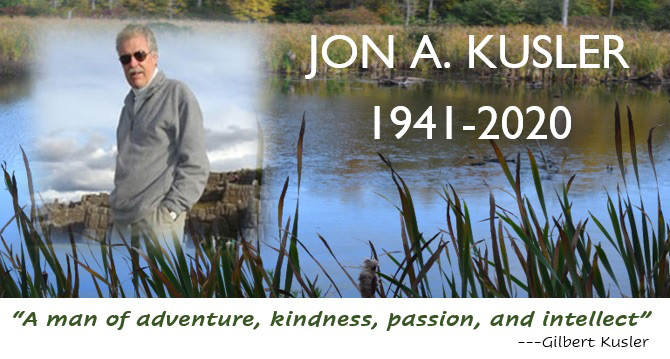
July 25, 1941 – October 8, 2020
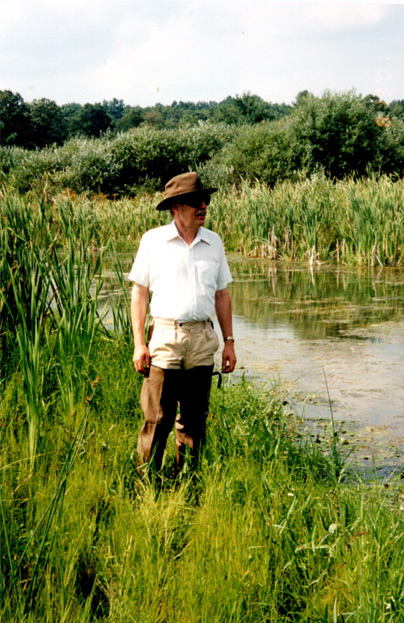 On Thursday, October 8th, 2020, NAWM’s founder, Dr. Jon A. Kusler, Esq. passed away peacefully with his family by his side after heroically battling Multiple System Atrophy for more than a year. The global community of wetland and floodplain managers, scientists, policymakers, lawyers and practitioners have lost a colleague, a mentor and a friend. Jon paved the way for wetland and floodplain protection around the world, challenging us to think beyond the norm – to find new and innovative ways to solve some of our most pressing environmental issues. As a way to provide a place for communal reflection and to celebrate Jon’s life, NAWM has created a memorial page on its website where staff will be posting messages shared by those who knew Jon. If you would like to share a story or a sentiment on the page, please go here.
On Thursday, October 8th, 2020, NAWM’s founder, Dr. Jon A. Kusler, Esq. passed away peacefully with his family by his side after heroically battling Multiple System Atrophy for more than a year. The global community of wetland and floodplain managers, scientists, policymakers, lawyers and practitioners have lost a colleague, a mentor and a friend. Jon paved the way for wetland and floodplain protection around the world, challenging us to think beyond the norm – to find new and innovative ways to solve some of our most pressing environmental issues. As a way to provide a place for communal reflection and to celebrate Jon’s life, NAWM has created a memorial page on its website where staff will be posting messages shared by those who knew Jon. If you would like to share a story or a sentiment on the page, please go here.
Jon A. Kusler Student Scholarship Award
In honor of Dr. Jon A. Kusler, Esq., founder of the Association of State Wetland Managers, Inc. (dba National Association of Wetland Mangers (NAWM), NAWM has established the Jon A. Kusler Student Scholarship Award, a competitive award to fund all expenses for one or more U.S.-based students studying wetland science, law or policy (either undergraduate or graduate level) to attend NAWM’s annual State/Tribal/Federal Coordination meeting. Jon's family has requested that any monetary gifts in Jon's memory be contributed to the fund to continue his legacy for years to come. Contributions to the scholarship award will ensure that Jon’s legacy lives on by building the capacity of the next generation to protect and restore our nation’s wetlands.
Contributions to the award can be made on NAWM's donation page here.
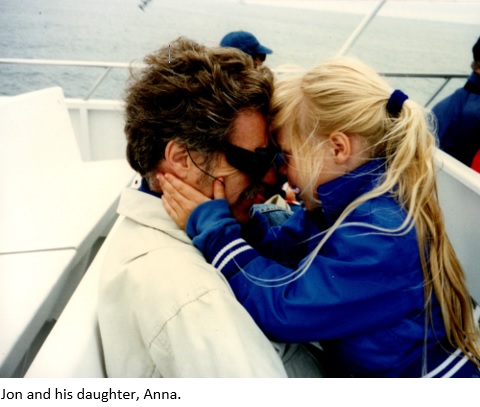
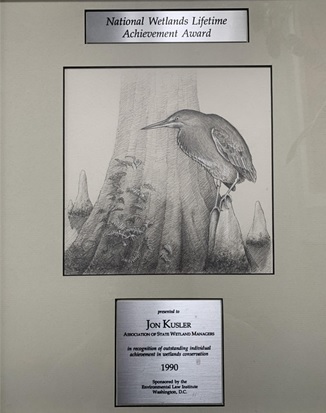
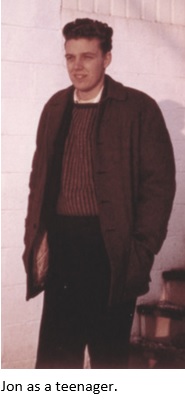
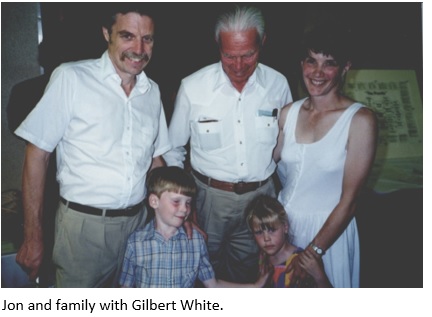
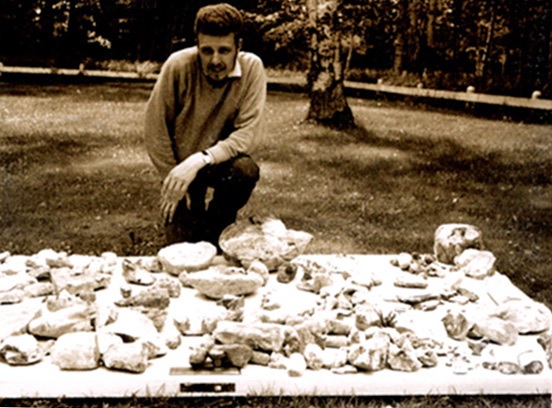
Mapping a Path to Wetland Functions: Leveraging NHD and LLWW to Enhance the National Wetland Inventory
Tuesday, December 8, 2020 - 3:00pm-4:30pm Eastern
INTRODUCTION
William Dooley, Policy Analyst, Association of State Wetland Managers[PRESENTATION PDF]
PRESENTERS
- Andy Robertson, Saint Mary's University of Minnesota [PRESENTATION PDF]
- Mark Biddle, Delaware Department of Natural Resources [PRESENTATION PDF]
- Sara Owen, University of Montana [PRESENTATION PDF]
ABSTRACTS
Andy Robertson
This presentation provided a short overview and application of the LLWW classification for wetland inventory and landscape level functional assessment. It highlighted the academic origins, relationship to NWI, initial application areas and national expansion.
Mark Biddle
The State of Delaware is fortunate to frequently map and track wetland acreage and functional health, and recently completed the 4th iteration of wetland mapping statewide. This spatial data includes both Cowardin, et al. and LLWW classifications and provides the opportunity to assess changes that happened between 2007 and 2017, which will be available in a status and trends report. There are significant differences with this mapping effort which include the use of the National Wetland Inventory Version 2.0 procedure that incorporates the National Hydrography Dataset, and the presentation will discuss results of the mapping effort.
Sara Owen
The foundational classification system for the National Wetlands Inventory (NWI) is the Cowardin classification. This system captures vegetation and water regime characteristics of wetlands that were of particular interest to wildlife managers when the system was developed, but it does not address functions such as water storage or nutrient cycling. LLWW draws on a wetland’s hydrogeomorphic properties, in combination with its Cowardin attribute, to assign potential function. The University of Montana developed an automated model to assign LLWW codes, following the 2018 Western-specific LLWW key. This presentation discussed the model’s processes and outputs and suggests ways it can be used to guide decision making.
BIOS
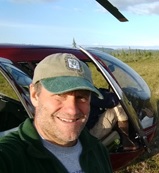 Andy Robertsonis currently Executive Director of GeoSpatial Services at Saint Mary’s University of Minnesota. In this role, Andy is responsible for oversight and management of all GeoSpatial Services projects, activities and staff. GeoSpatial Services is engaged in a wide variety of projects across the Lower 48 and Alaska including: wetland inventory; National Hydrography Dataset updates; spatial data development; and natural resource condition assessments. GeoSpatial Services has been a key partner of the USFWS and has been working for over 18 years to update legacy National Wetland Inventory data across the nation. Andy is a steering committee member for the ASWM Wetland Mapping Consortium, an ASWM Board Member and is past-chair of the Alaska GeoSpatial Council Wetland Technical Working Group.
Andy Robertsonis currently Executive Director of GeoSpatial Services at Saint Mary’s University of Minnesota. In this role, Andy is responsible for oversight and management of all GeoSpatial Services projects, activities and staff. GeoSpatial Services is engaged in a wide variety of projects across the Lower 48 and Alaska including: wetland inventory; National Hydrography Dataset updates; spatial data development; and natural resource condition assessments. GeoSpatial Services has been a key partner of the USFWS and has been working for over 18 years to update legacy National Wetland Inventory data across the nation. Andy is a steering committee member for the ASWM Wetland Mapping Consortium, an ASWM Board Member and is past-chair of the Alaska GeoSpatial Council Wetland Technical Working Group.
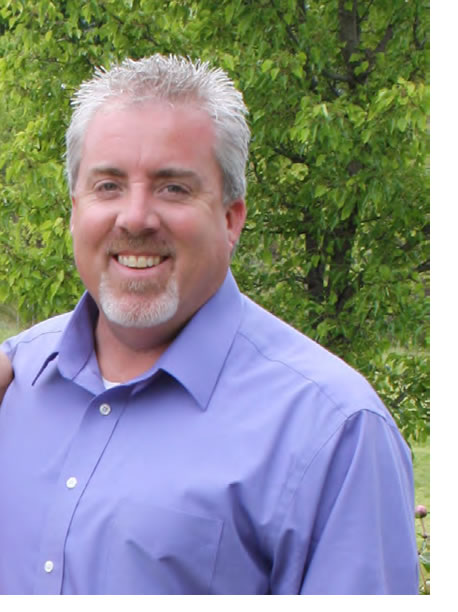 Mark Biddle is an Environmental Program Manager with the Delaware Department of Natural Resources and Environmental Control, and is a certified Professional Wetland Scientist. Mark has 30 years of wetland work involving restoration and creation, monitoring and assessment, mitigation, permitting, comprehensive watershed planning, use of best management practices to address environmental impairments, and has conducted multiple wetland mapping efforts. Mark also serves as Board Chair for ASWM.
Mark Biddle is an Environmental Program Manager with the Delaware Department of Natural Resources and Environmental Control, and is a certified Professional Wetland Scientist. Mark has 30 years of wetland work involving restoration and creation, monitoring and assessment, mitigation, permitting, comprehensive watershed planning, use of best management practices to address environmental impairments, and has conducted multiple wetland mapping efforts. Mark also serves as Board Chair for ASWM.
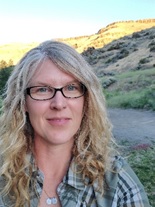 Sara Owen began her wetland career as a teenage field assistant helping her dad delineate wetlands in the swamps of southern Arkansas, where she immediately fell in love with field ecology. In college and graduate school she took a slight detour from wetlands to study stream ecology, but found her way back to wetlands first as a private consultant, then as a field ecologist and wetland mapper at the University of Montana, where she has been since 2011. Sara is currently the Wetland Mapping Projects Manager for the Ecological Mapping, Monitoring and Assessment workgroup at the University of Montana’s O’Connor Center for the Rocky Mountain West where she oversees NWI mapping projects across the West. When time allows, she still gets to play field ecologist, botanist, or dirt digger in a variety of ecosystems, including streams, wetlands, and occasionally, rangelands. Sara enjoys being outdoors and spends as much time as she can outside for work and play, where the lines sometimes blur. She published her first book this past summer (a direct product of that detour back in college), an educational children’s adventure showcasing the hidden lives of aquatic macroinvertebrates entitled Seth and Mattie’s Big River Adventure.
Sara Owen began her wetland career as a teenage field assistant helping her dad delineate wetlands in the swamps of southern Arkansas, where she immediately fell in love with field ecology. In college and graduate school she took a slight detour from wetlands to study stream ecology, but found her way back to wetlands first as a private consultant, then as a field ecologist and wetland mapper at the University of Montana, where she has been since 2011. Sara is currently the Wetland Mapping Projects Manager for the Ecological Mapping, Monitoring and Assessment workgroup at the University of Montana’s O’Connor Center for the Rocky Mountain West where she oversees NWI mapping projects across the West. When time allows, she still gets to play field ecologist, botanist, or dirt digger in a variety of ecosystems, including streams, wetlands, and occasionally, rangelands. Sara enjoys being outdoors and spends as much time as she can outside for work and play, where the lines sometimes blur. She published her first book this past summer (a direct product of that detour back in college), an educational children’s adventure showcasing the hidden lives of aquatic macroinvertebrates entitled Seth and Mattie’s Big River Adventure.
Please click only once on each video recording to view in this window.
![]()
Automating the Detection of Disturbances to Aquatic Resources
Held Wednesday, October 7, 2020 - 3:00pm-4:00pm Eastern
INTRODUCTION
William Dooley, Policy Analyst, Association of State Wetland Managers [PRESENTATION PDF]
PRESENTER
- Melanie Vanderhoof, U.S. Geological Survey, Geoscience and Environmental Change Science Center [PRESENTATION PDF]
ABSTRACT
We presented an unsupervised automated approach to map disturbance and surface inundation extent across the Mid-Atlantic Region using the Landsat archive in Google Earth Engine. This approach can be used to identify aquatic resources potentially impacted by changes in land use. The presentation built upon the preliminary results presented in the August 2019 Wetland Mapping Consortium webinar. The focus of this presentation, instead, however, was on our published products and code. The code will enable users to test out the algorithms in the area of their choice, without needing to generate independent training data.
BIO
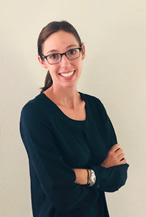 Melanie Vanderhoof is a Research Geographer with the U.S. Geological Survey, Geoscience and Environmental Change Science Center in Denver, Colorado. Melanie has a background in environmental regulations having previously worked as a biologist in the consulting industry prior to returning to graduate school. She received her PhD in Geography from Clark University in 2014. Following an ORISE post-doc with the U.S. EPA, Office of Research and Development, she joined the U.S. Geological Survey in 2015. Her research uses satellite imagery to explore how ecosystems respond to disturbance events and climate extremes. In recent years her research has focused on both wetland and river system dynamics as well as patterns in post-fire condition and regeneration. She is particularly interested in efforts to distinguish changes induced by climate anomalies from land use-related change.
Melanie Vanderhoof is a Research Geographer with the U.S. Geological Survey, Geoscience and Environmental Change Science Center in Denver, Colorado. Melanie has a background in environmental regulations having previously worked as a biologist in the consulting industry prior to returning to graduate school. She received her PhD in Geography from Clark University in 2014. Following an ORISE post-doc with the U.S. EPA, Office of Research and Development, she joined the U.S. Geological Survey in 2015. Her research uses satellite imagery to explore how ecosystems respond to disturbance events and climate extremes. In recent years her research has focused on both wetland and river system dynamics as well as patterns in post-fire condition and regeneration. She is particularly interested in efforts to distinguish changes induced by climate anomalies from land use-related change.
Please click only once on each video recording to view in this window.
![]()
NWI Unfinished Business: The Current State of Wetland Mapping in Alaska
Held Wednesday, February 12, 2020 - 3:00pm-4:30pm Eastern
INTRODUCTION
William Dooley, Policy Analyst, Association of State Wetland Managers [PRESENTATION PDF]
PRESENTERS
- Sydney Thielke, Regional Wetlands Coordinator, U.S. Fish and Wildlife Service, Alaska Region [PRESENTATION PDF]
- Andy Robertson, Director, GeoSpatial Services, Saint Mary's University of Minnesota [PRESENTATION PDF]
ABSTRACT
Alaska is one-fifth the size of the entire United States and is the only state with land area north of the Arctic Circle. Approximately 65% of the nation's wetlands are located in the Alaska covering 174 million acres, or 43%, of the State's surface area. Despite its resource potential and global position, Alaska has the most limited wetland geospatial data coverage of all states in the nation. Accurate, detailed geospatial information that meets national standards is lacking for more than half of the state, adding costs to responsible development, permitting and resource conservation decisions, delaying or preventing adequate response to natural disasters and emergencies, and preventing effective measurement and monitoring of ecological processes.
The US Fish and Wildlife Service through the National Wetland Inventory Program (NWI) has the lead Federal role for developing a statewide wetland spatial database for Alaska. NWI staff have been working closely with the Alaska GeoSpatial Council Wetlands Technical Working Group to develop a strategy for completion of a statewide wetland spatial database that is compliant with national mapping standards. The first part of this presentation summarized efforts to date, detailed the partnership strategy and discussed funding opportunities and mapping standards. In the second part of the presentation, technical details of on-going wetland mapping in Alaska were summarized and new/emerging technologies and image sources were discussed. The presentations was supported by examples and graphics from current projects across the state.
Tune in to learn more about how we are addressing NWI Unfinished Business through creative collaboration, interagency partnerships, cooperative funding approaches and new technologies.
BIOS
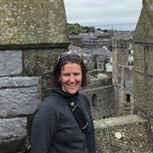 Sydney Thielke is the Regional Wetlands Coordinator for the U.S. Fish and Wildlife Service in Anchorage, Alaska. Sydney grew up in Alaska and has a B.S. in Land Resources Analysis and Management from Montana State University and a M.S. in Applied Geographic Information Sciences from Northern Arizona University. Before coming to U.S. FWS Sydney worked for the Bureau of Land Management and Natural Resources Conservation Service on a variety in a variety of resource management and geographic information capacities.
Sydney Thielke is the Regional Wetlands Coordinator for the U.S. Fish and Wildlife Service in Anchorage, Alaska. Sydney grew up in Alaska and has a B.S. in Land Resources Analysis and Management from Montana State University and a M.S. in Applied Geographic Information Sciences from Northern Arizona University. Before coming to U.S. FWS Sydney worked for the Bureau of Land Management and Natural Resources Conservation Service on a variety in a variety of resource management and geographic information capacities. Andy Robertson is currently Executive Director of GeoSpatial Services at Saint Mary’s University of Minnesota. In this role, Andy is responsible for oversight and management of all GeoSpatial Services projects, activities and staff. GeoSpatial Services is engaged in a wide variety of projects across the Lower 48 and Alaska including: wetland inventory; National Hydrography Dataset updates; spatial data development; and natural resource condition assessments. GeoSpatial Services has been a key partner of the USFWS and has been working for over 18 years to update legacy National Wetland Inventory data across the nation. Andy is a steering committee member for the ASWM Wetland Mapping Consortium, an ASWM Board Member and is past-chair of the Alaska GeoSpatial Council Wetland Technical Working Group.
Andy Robertson is currently Executive Director of GeoSpatial Services at Saint Mary’s University of Minnesota. In this role, Andy is responsible for oversight and management of all GeoSpatial Services projects, activities and staff. GeoSpatial Services is engaged in a wide variety of projects across the Lower 48 and Alaska including: wetland inventory; National Hydrography Dataset updates; spatial data development; and natural resource condition assessments. GeoSpatial Services has been a key partner of the USFWS and has been working for over 18 years to update legacy National Wetland Inventory data across the nation. Andy is a steering committee member for the ASWM Wetland Mapping Consortium, an ASWM Board Member and is past-chair of the Alaska GeoSpatial Council Wetland Technical Working Group.
Please click only once on each video recording to view in this window.
![]()
View Past Wetland Mapping Consortium Webinars
PDF List of Past Wetland Mapping Consortium Webinar Recordings
View Upcoming Wetland Mapping Consortium Webinars

Thank you for considering Sponsorship with the National Association of Wetland Managers (NAWM)
The mission of NAWM is to build capacity for state and tribal members and foster collaboration among the wetland community of practice by encouraging the application of sound science to wetland management and policy, promoting the protection and restoration of wetlands and related aquatic resources, and providing training and education for members and the general public.
Sponsorship helps NAWM respond to and stay on top of policy and practices vital to saving our nation’s wetlands. Sponsorship is also a great way to increase your organization’s visibility while supporting a good cause. Our e-newsletter, webinar, and annual meeting outreach spans over 20,000 wetland professionals in our network including state, tribal and federal policy experts.
Sponsorship Opportunities:
Wetland News – our membership newsletter is published every other month and is sent to over 1,000 NAWM Members, providing wetland updates and featured articles from a variety of wetland voices. This publication is an invaluable resource to members, who may not otherwise have access to wetland-specific findings or information that is not published elsewhere.
NAWM Members’ Webinar Series – NAWM is passionate about knowledge sharing. For over 40 years, NAWM has made it a priority to provide training and education for our members and is recognized nationally as a leader in providing professional, informative, and innovative webinars on diverse wetland topics. Our Members’ Webinar Series brings together audiences rarely found in other platforms. The webinars are also recorded and placed in our on-demand online library, which provides additional exposure for your business.
NAWM Annual State / Tribal / Federal Coordination Meeting – Be a part of this great event! NAWM’s Annual State/Tribal/Federal Coordination Meeting will be held on April 27-30, 2026, at the National Conservation Training Center, WV.
Contact*: Laura Burchill at (207) 892-3399; laura@nawm.org for more information.
Thank you.
View or Print as PDF
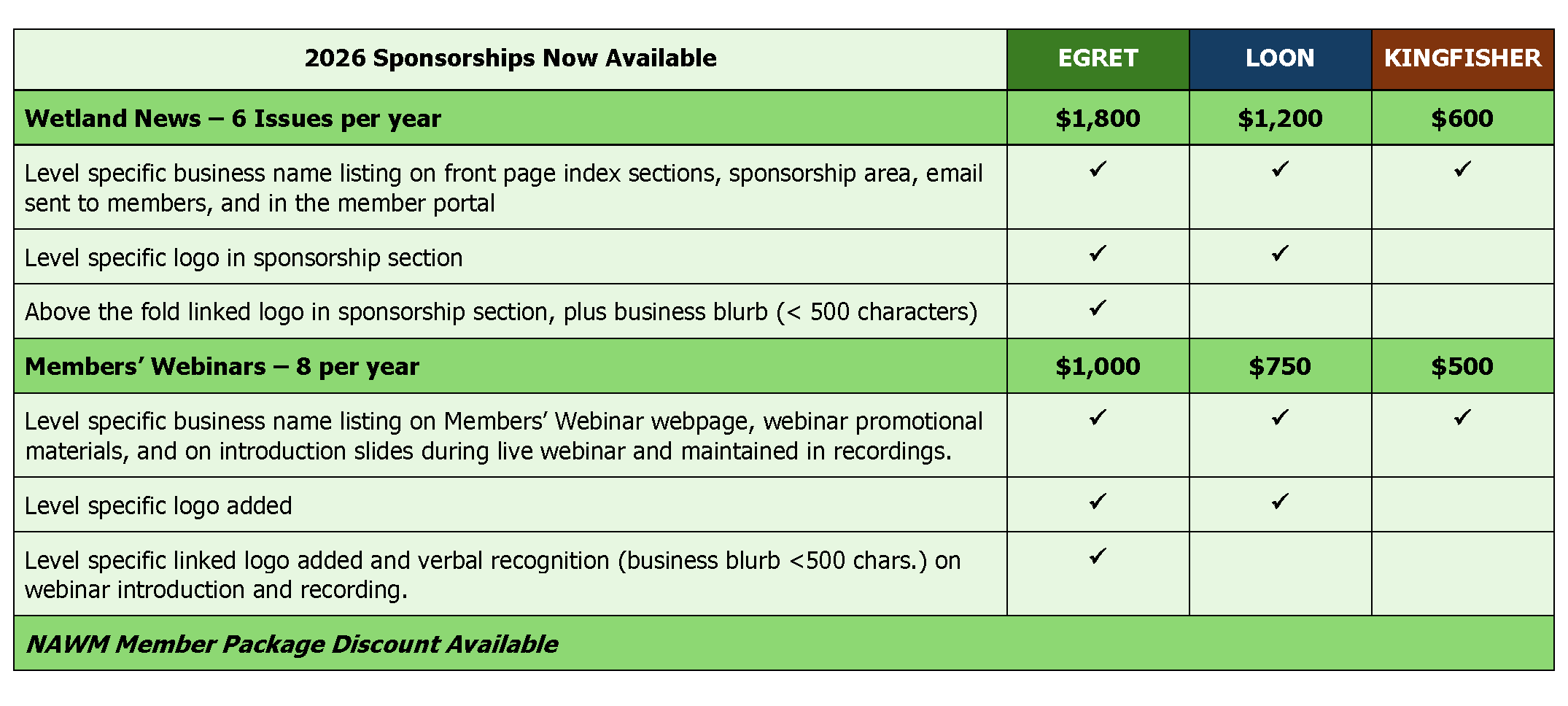
test1
test
Publications
 The Association conducts research and publishes reports, guidebooks, news articles, brochures, white papers, and summaries of findings of symposia and workshops. These are available electronically to all interested individuals and organizations.
The Association conducts research and publishes reports, guidebooks, news articles, brochures, white papers, and summaries of findings of symposia and workshops. These are available electronically to all interested individuals and organizations.
